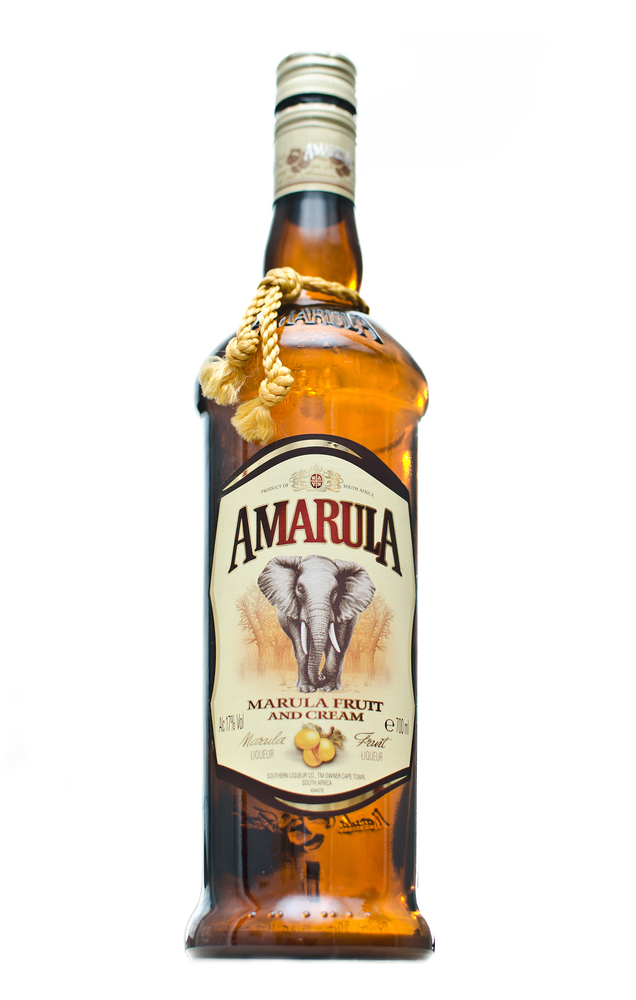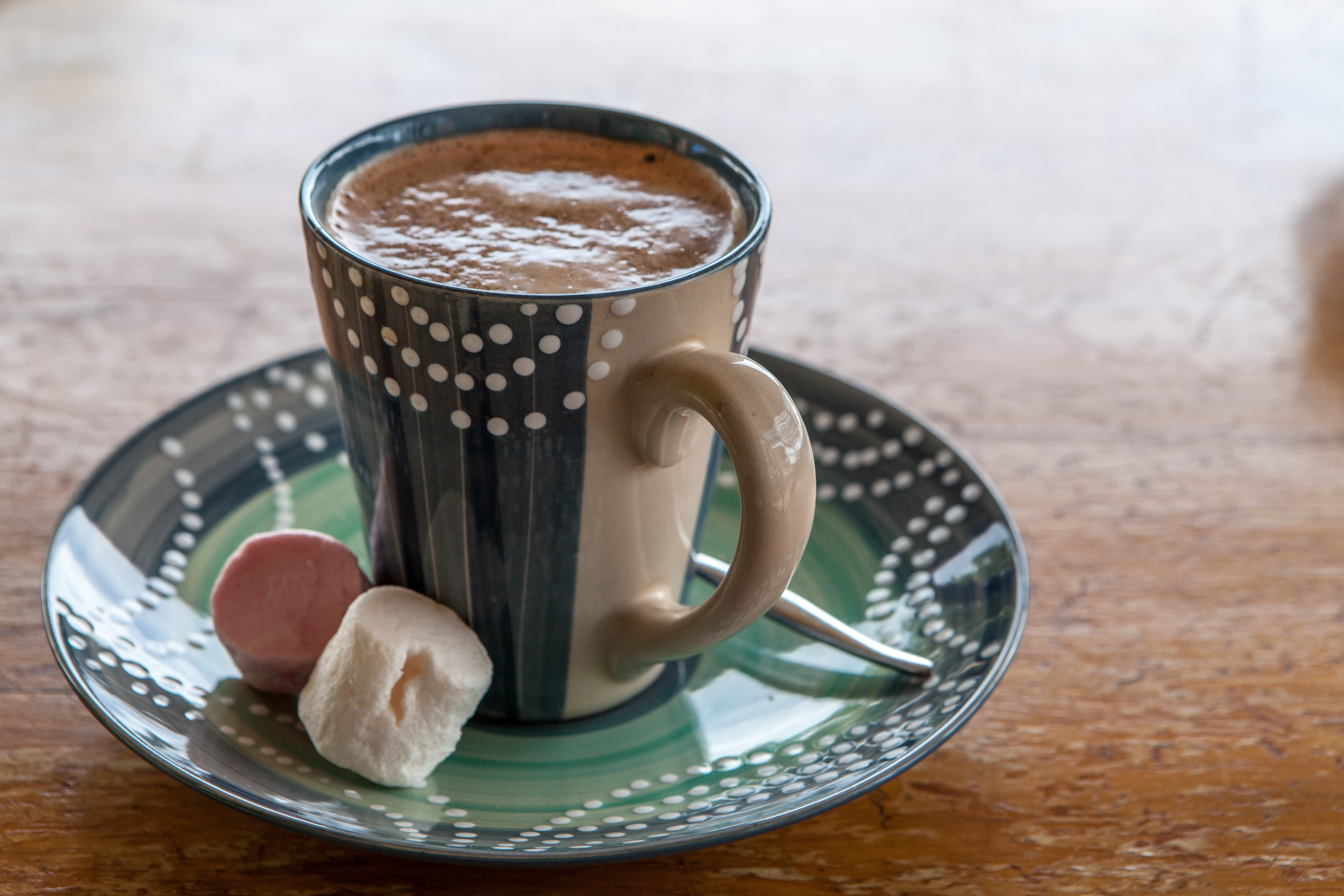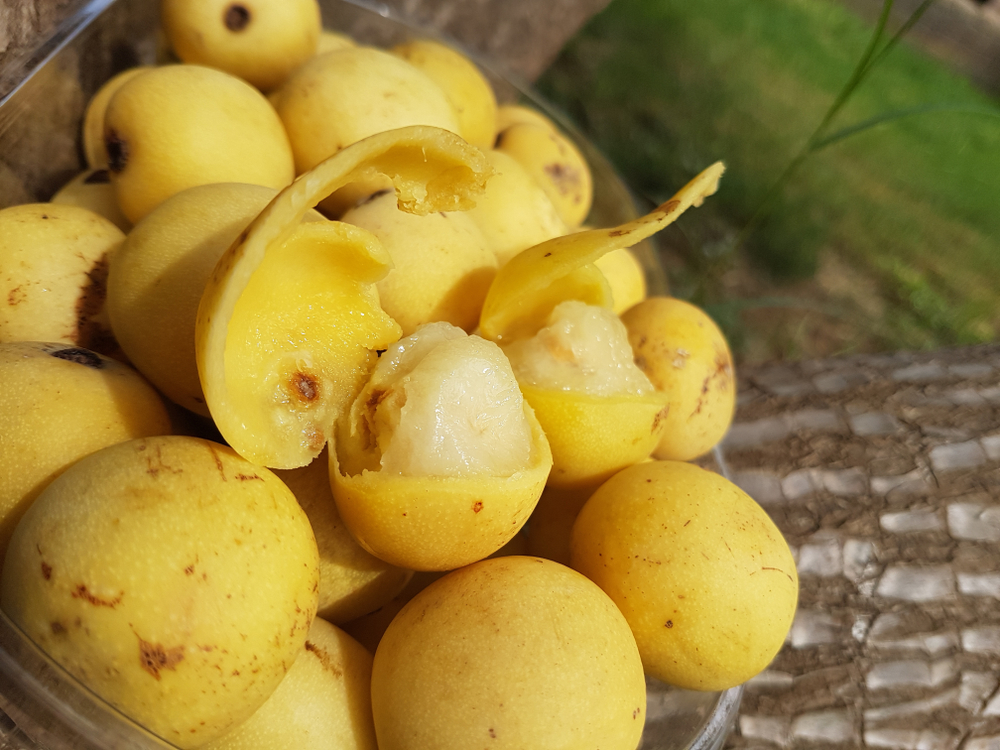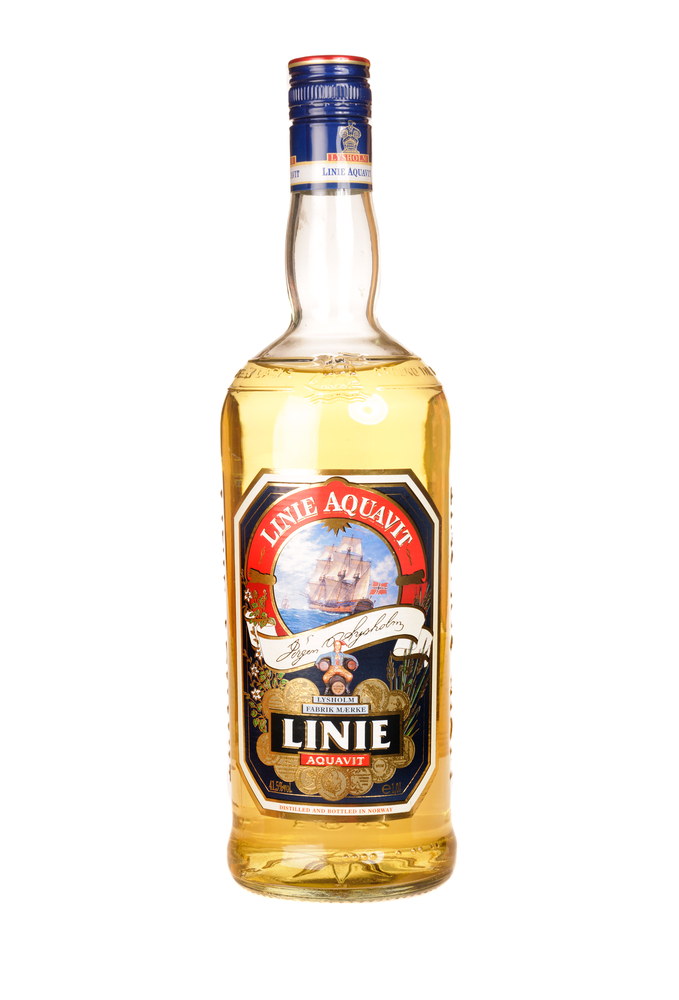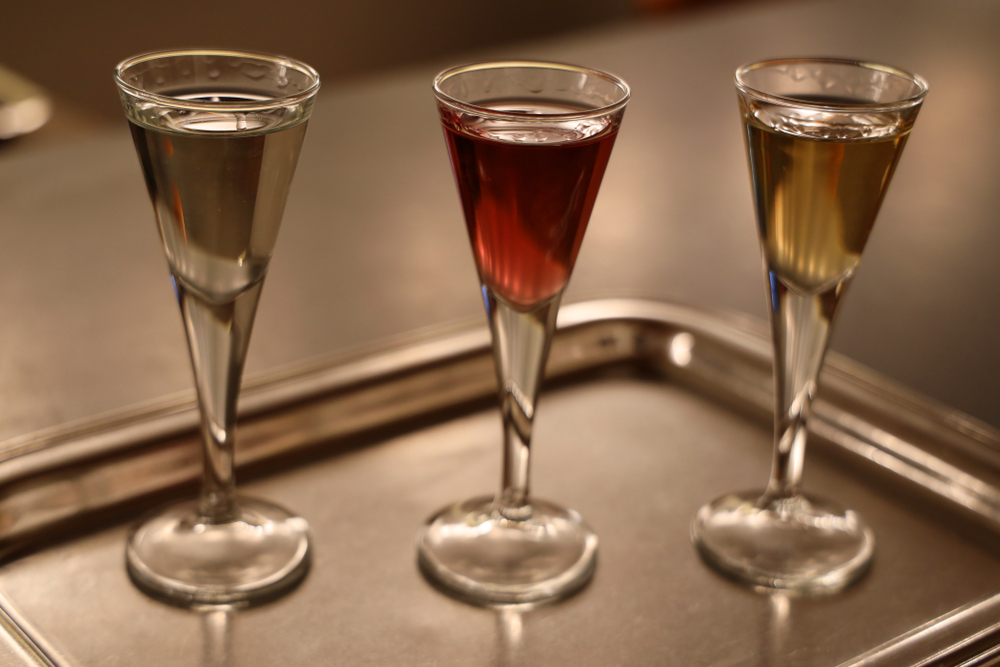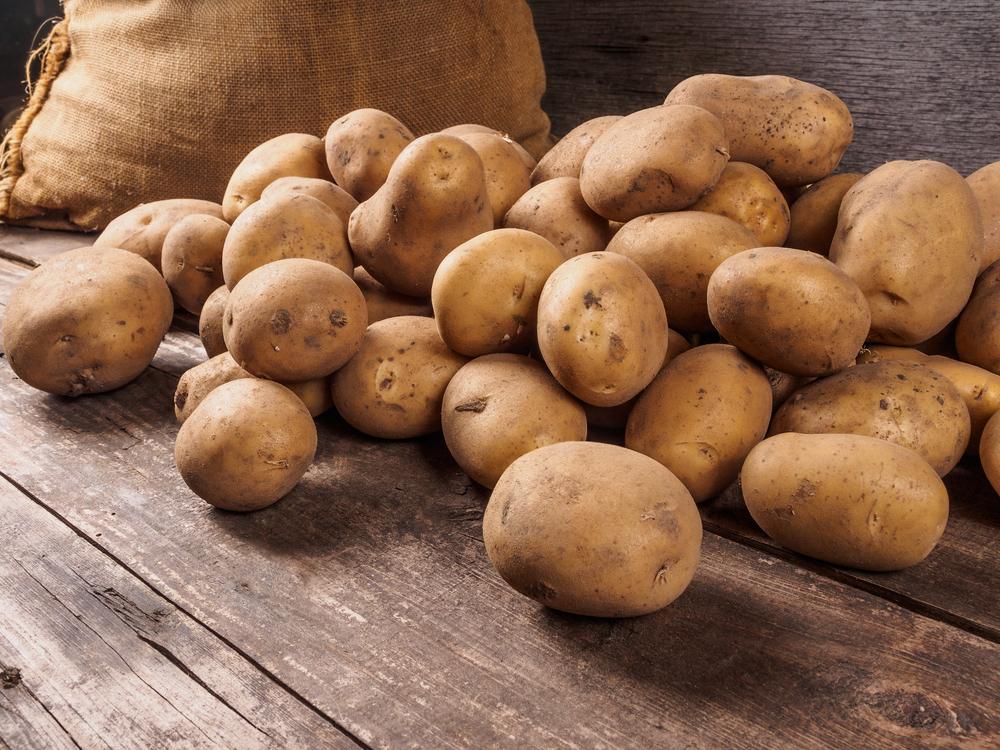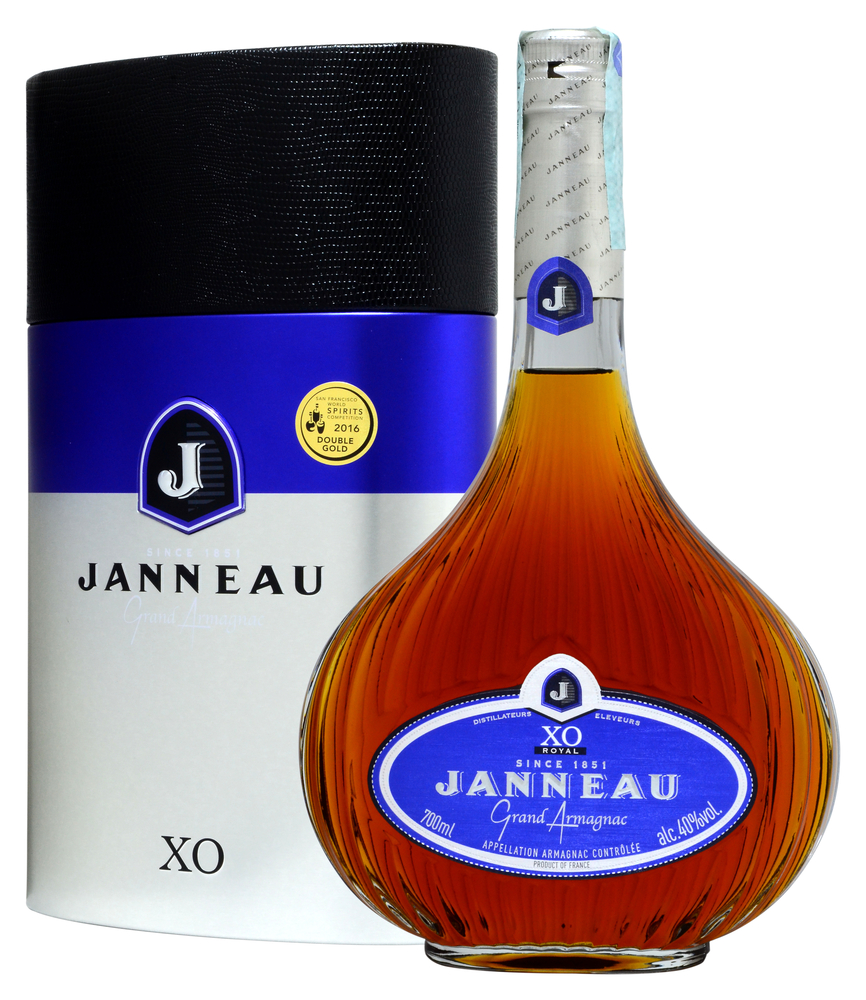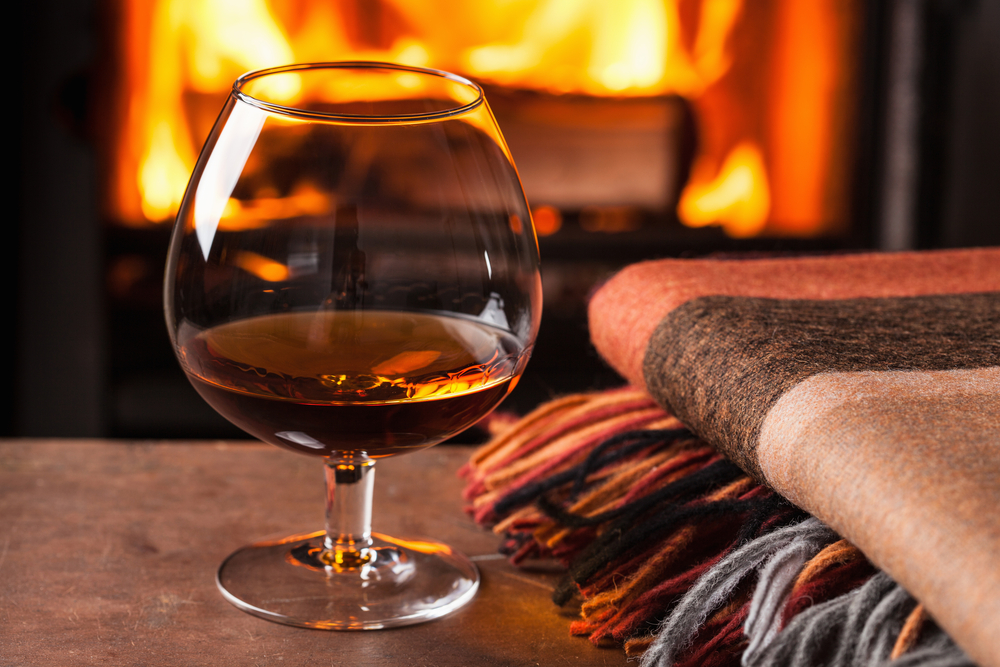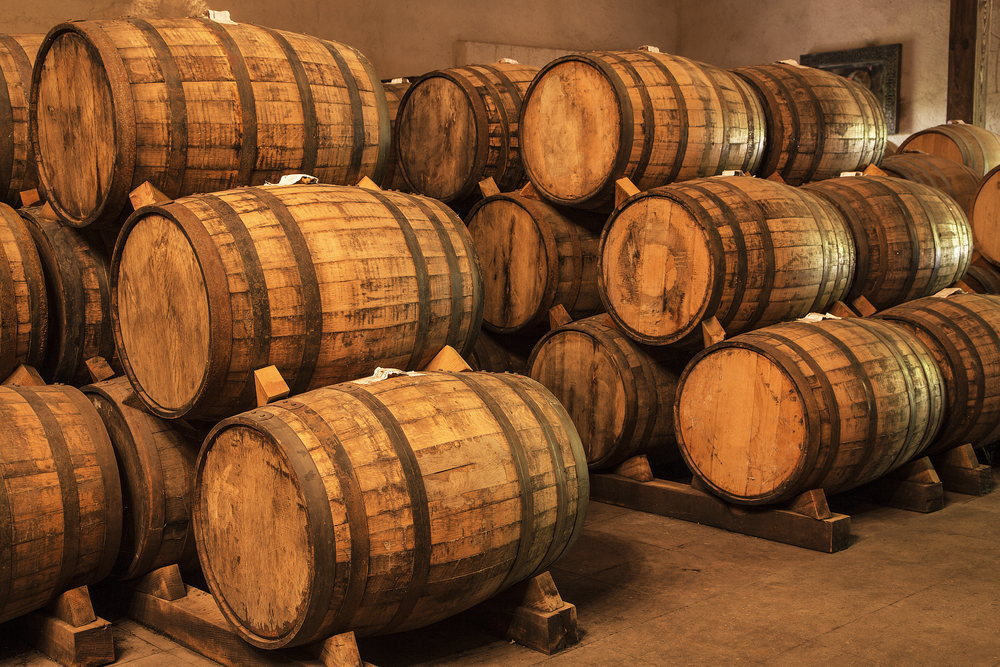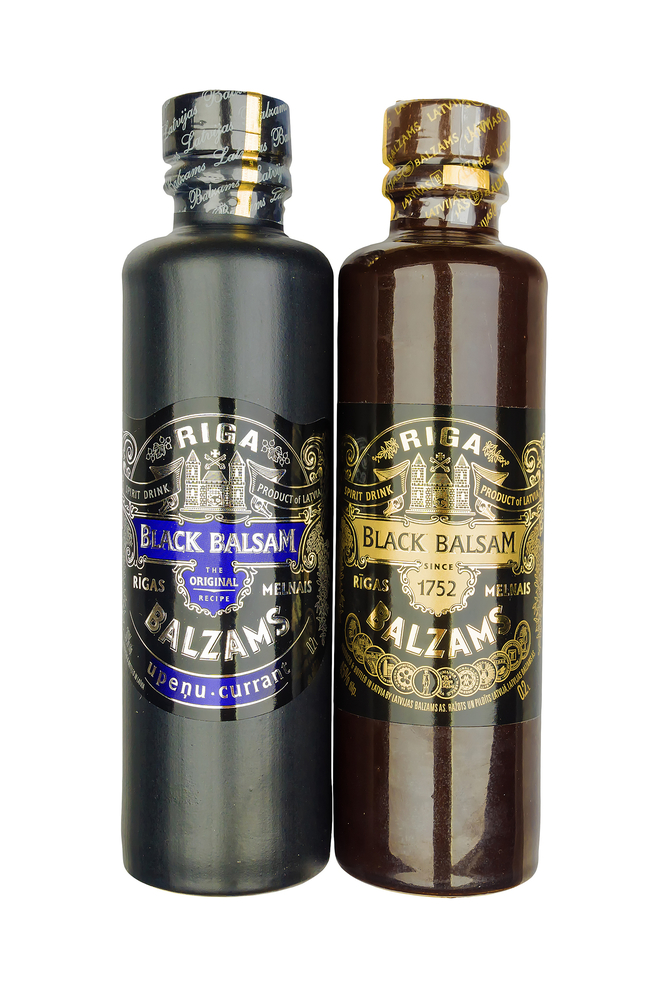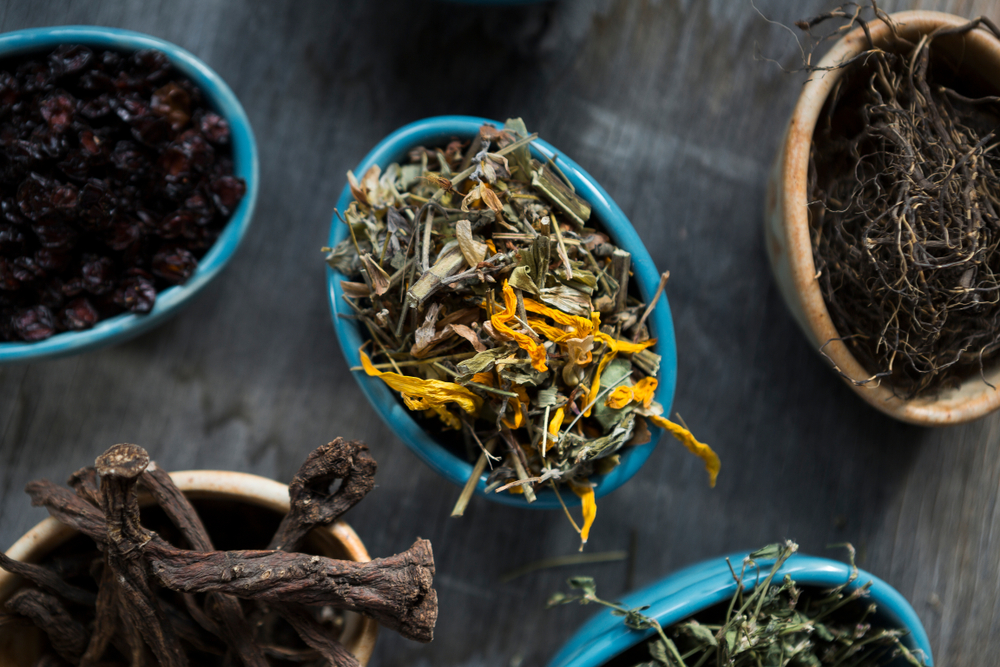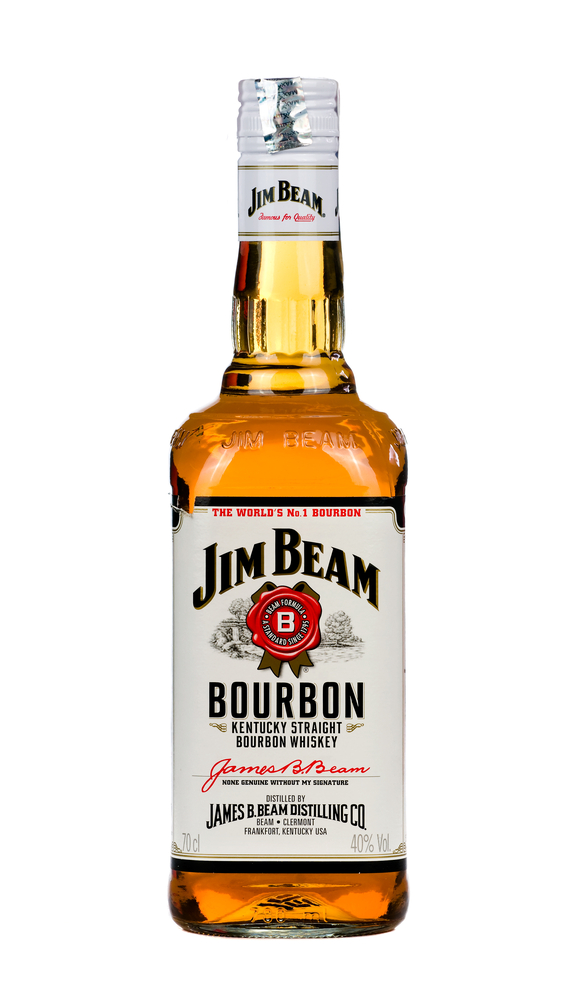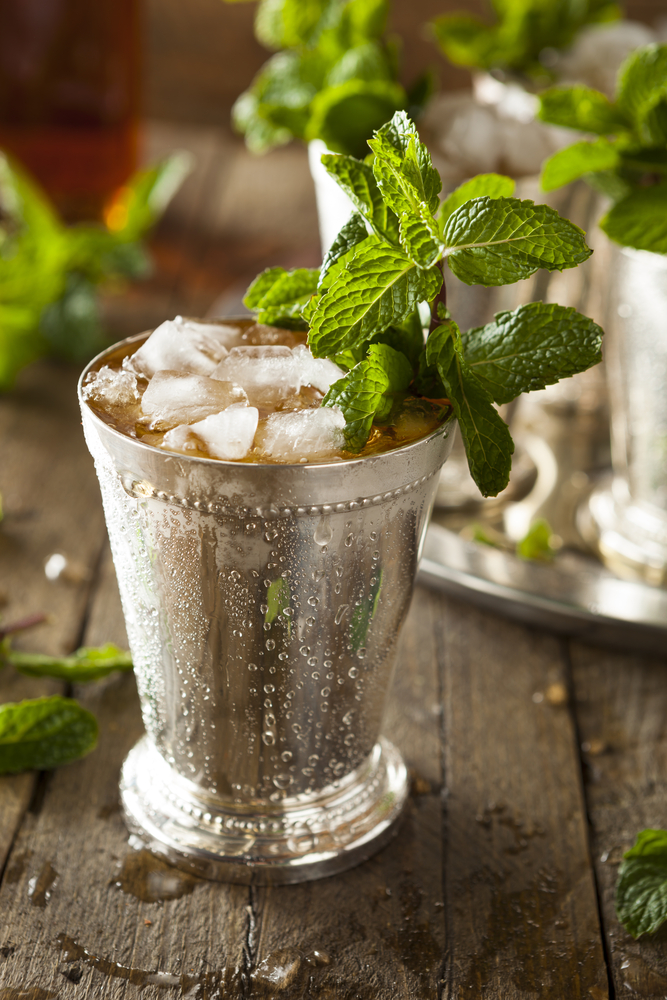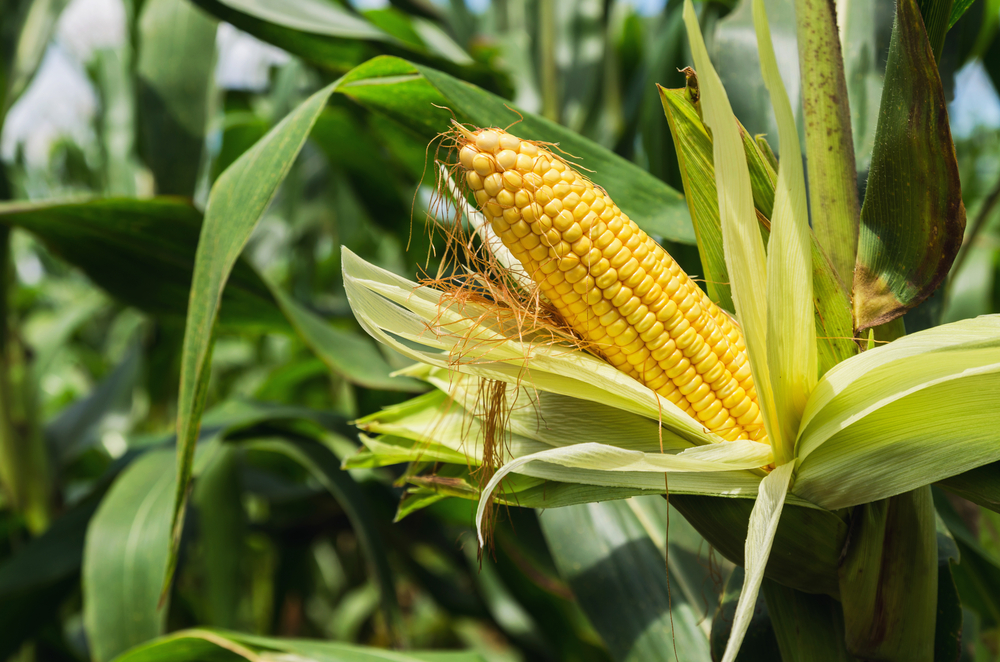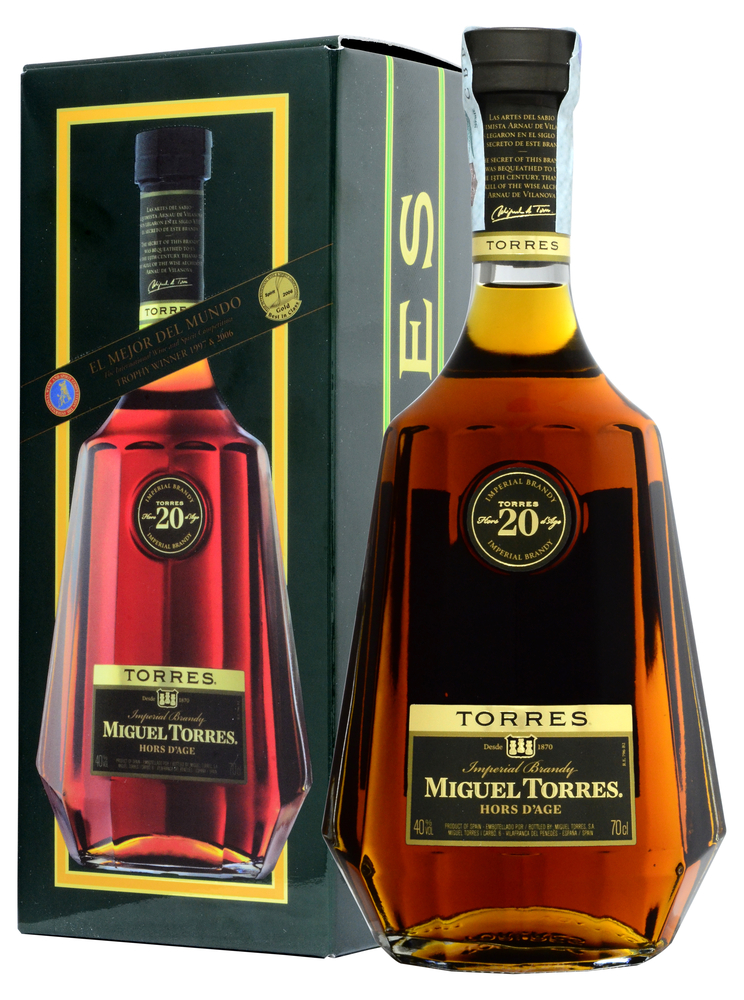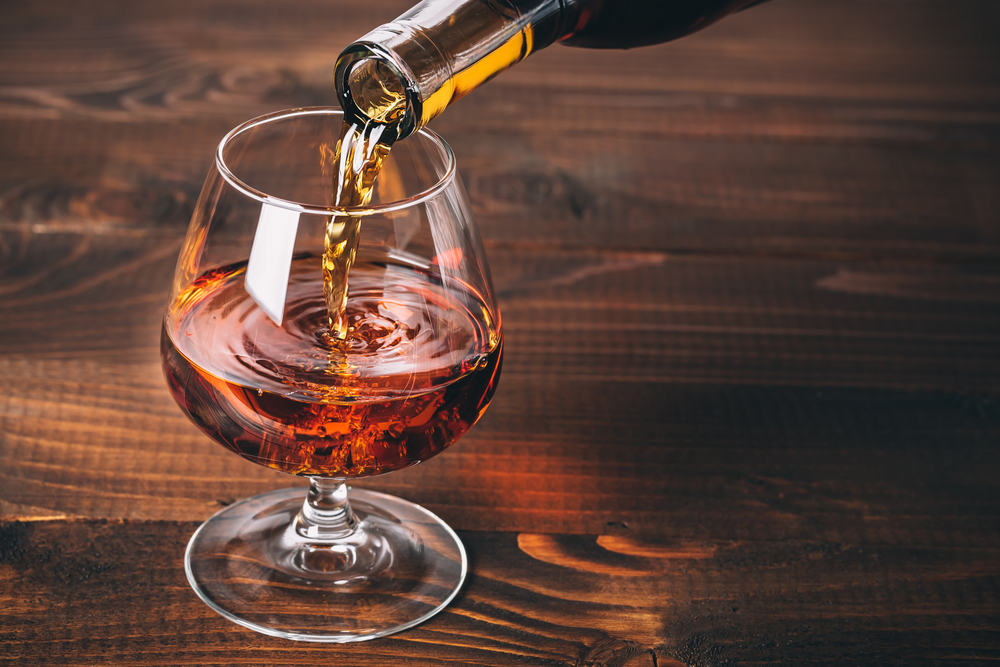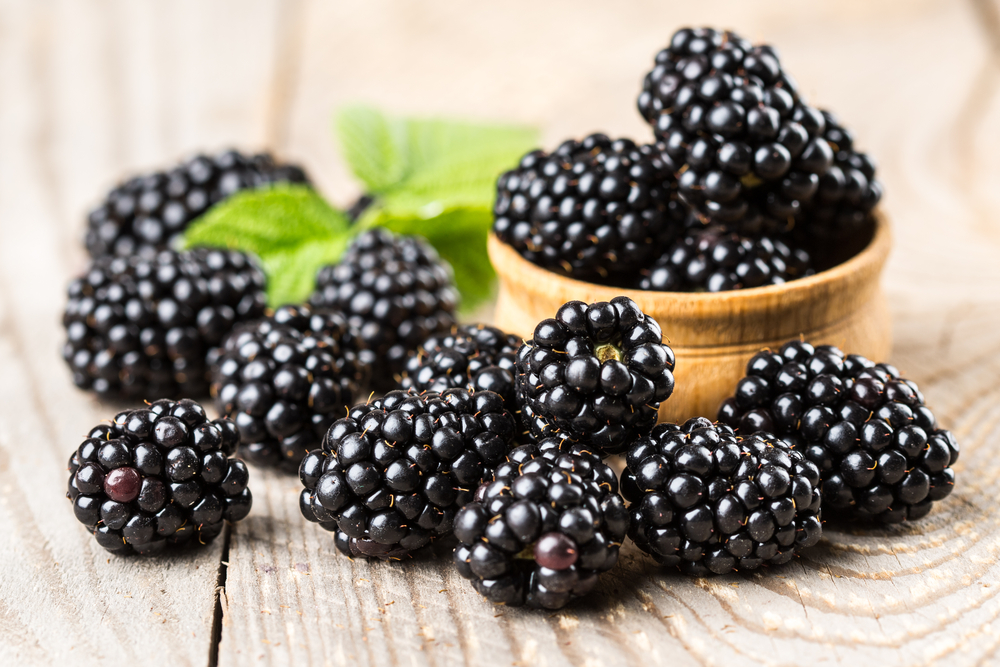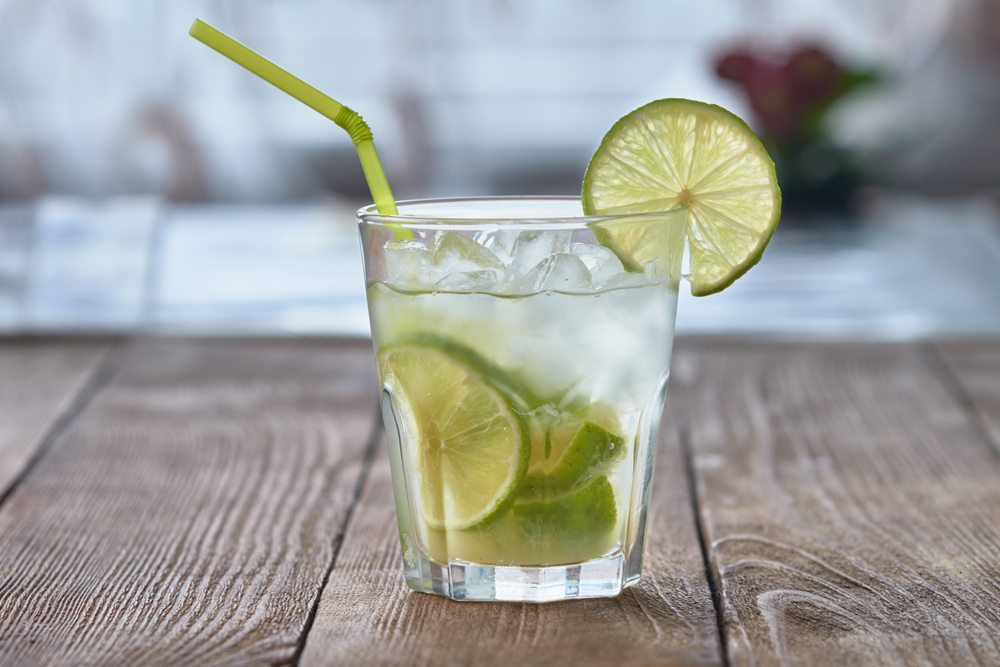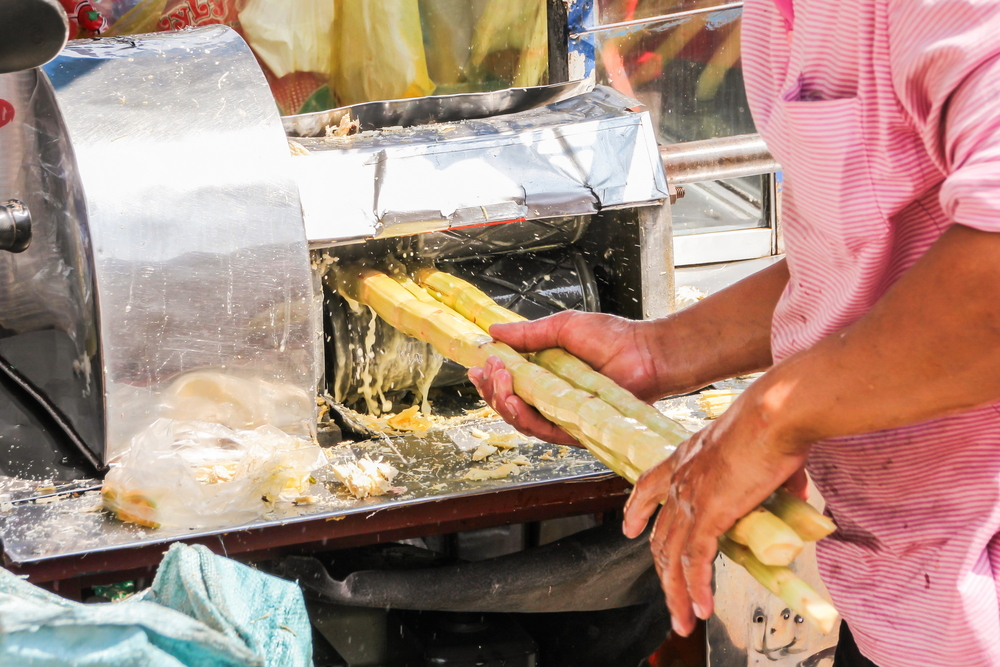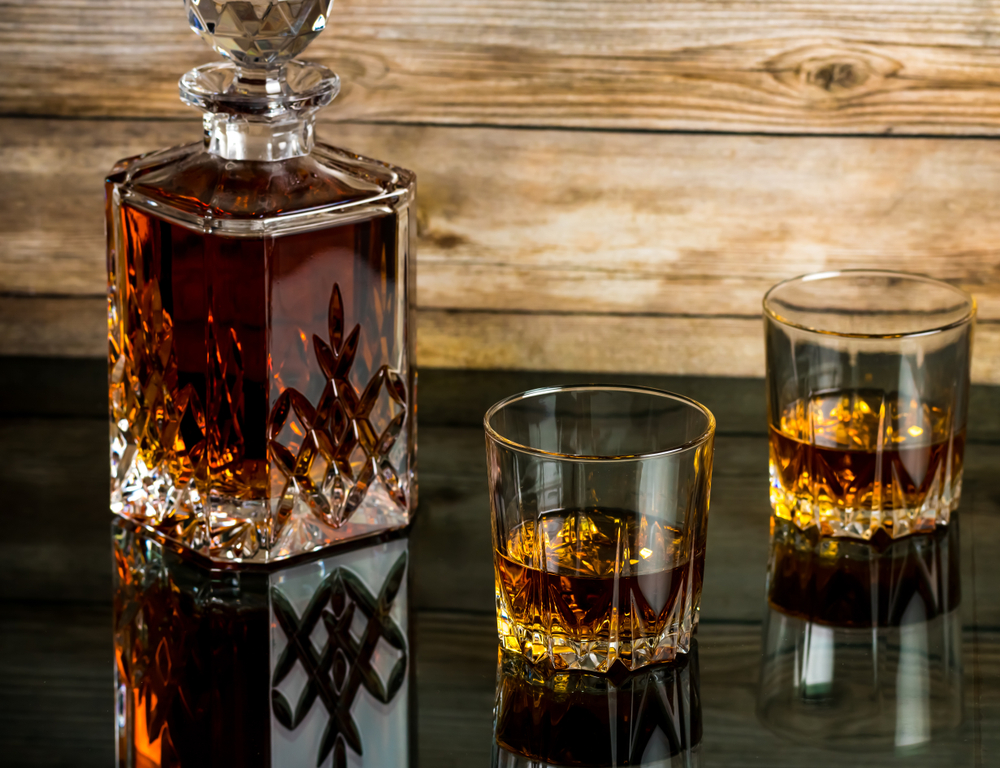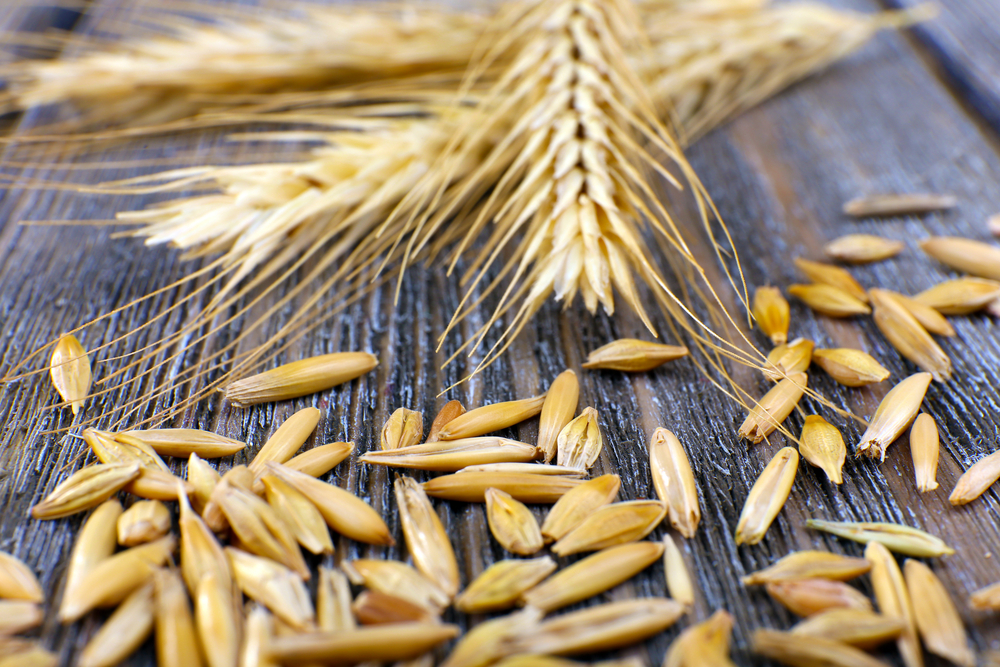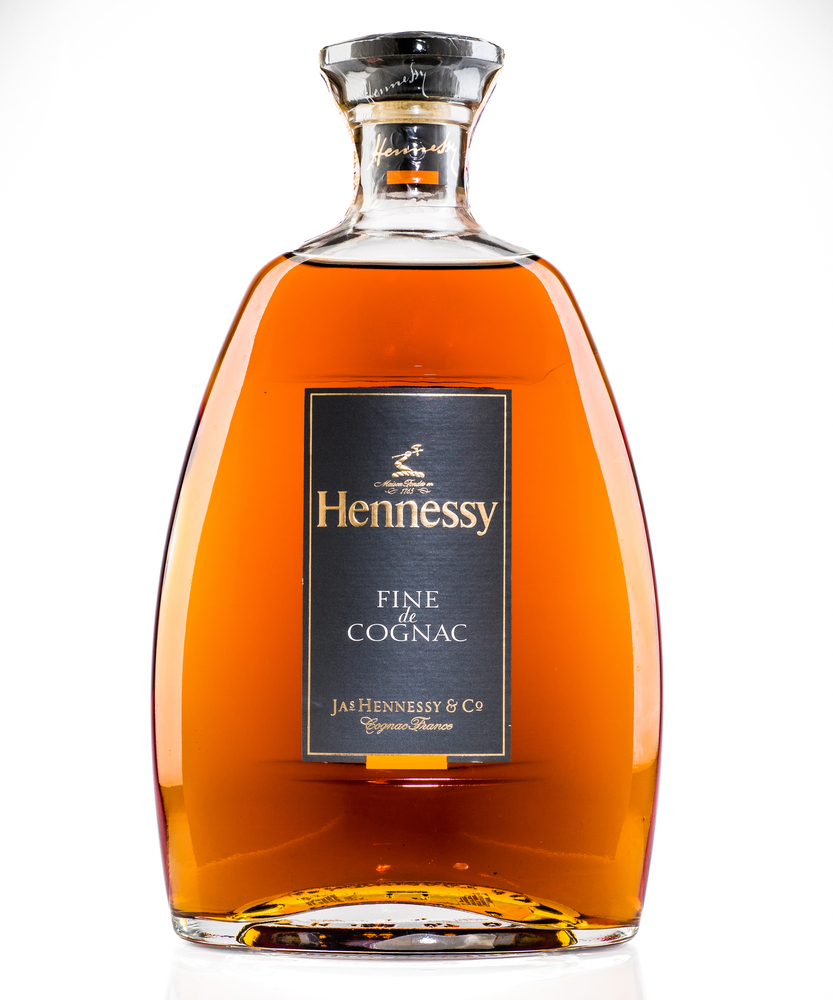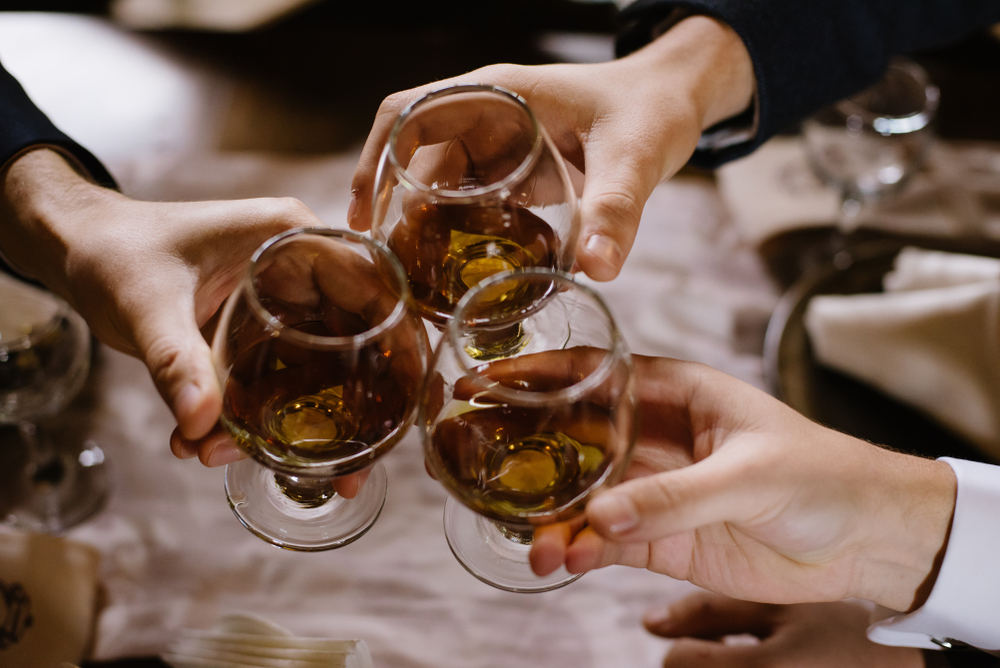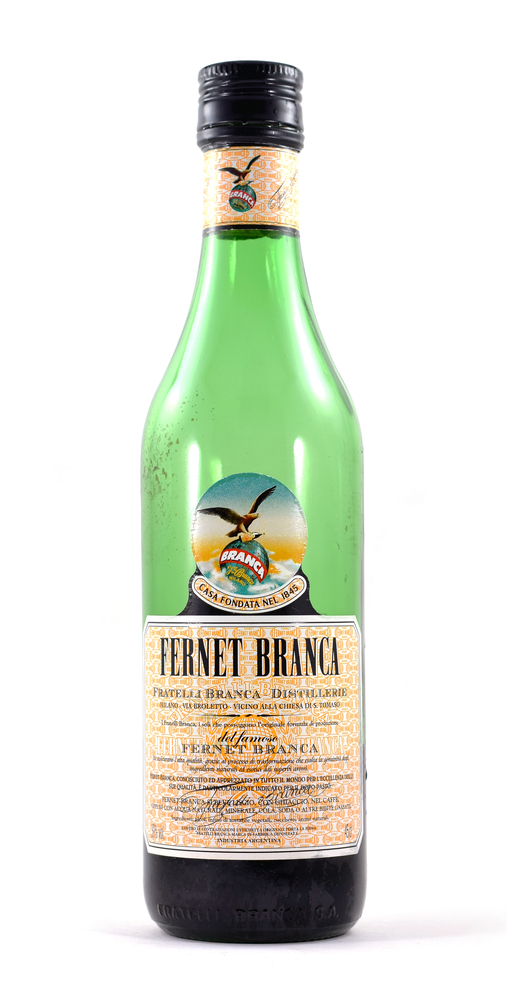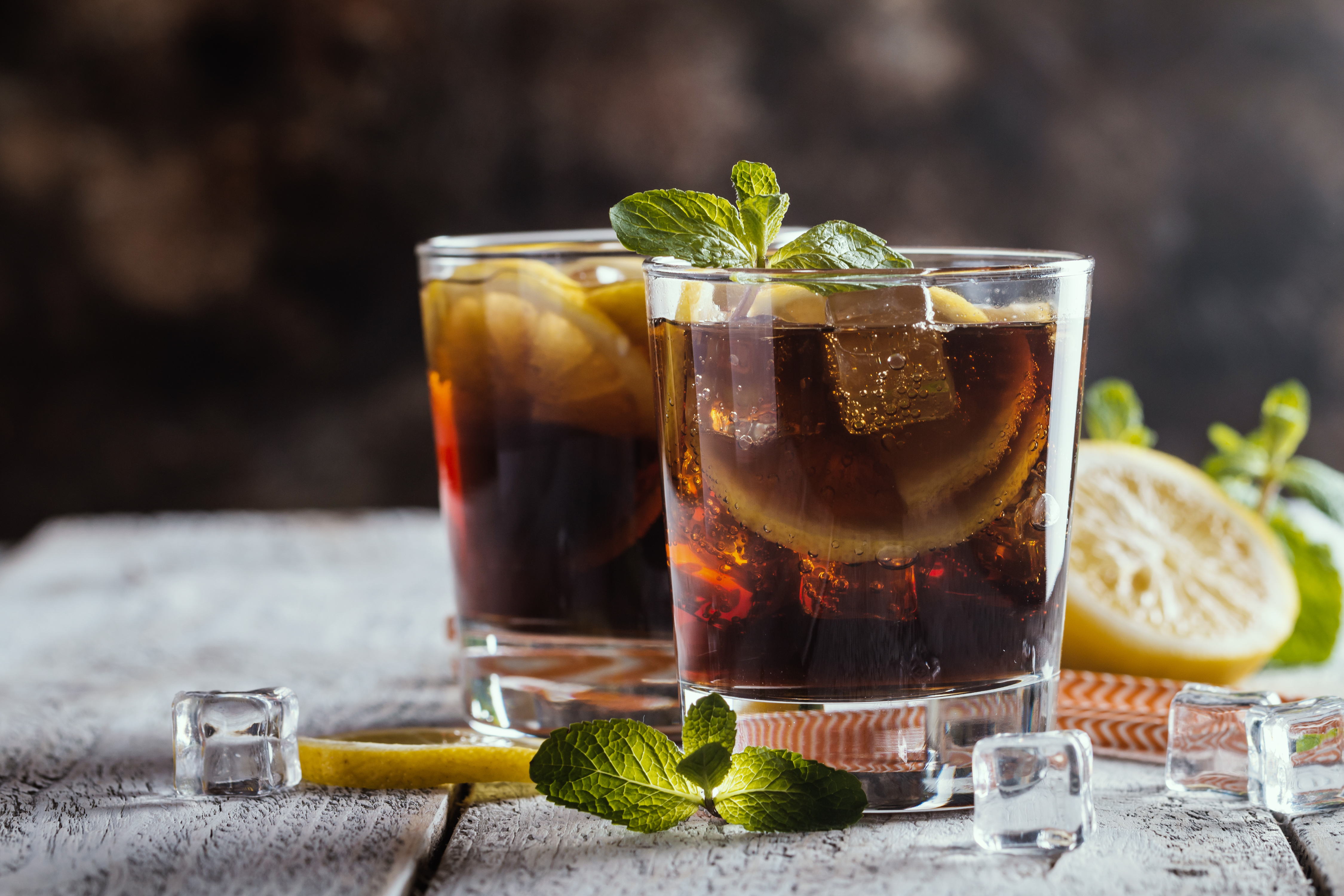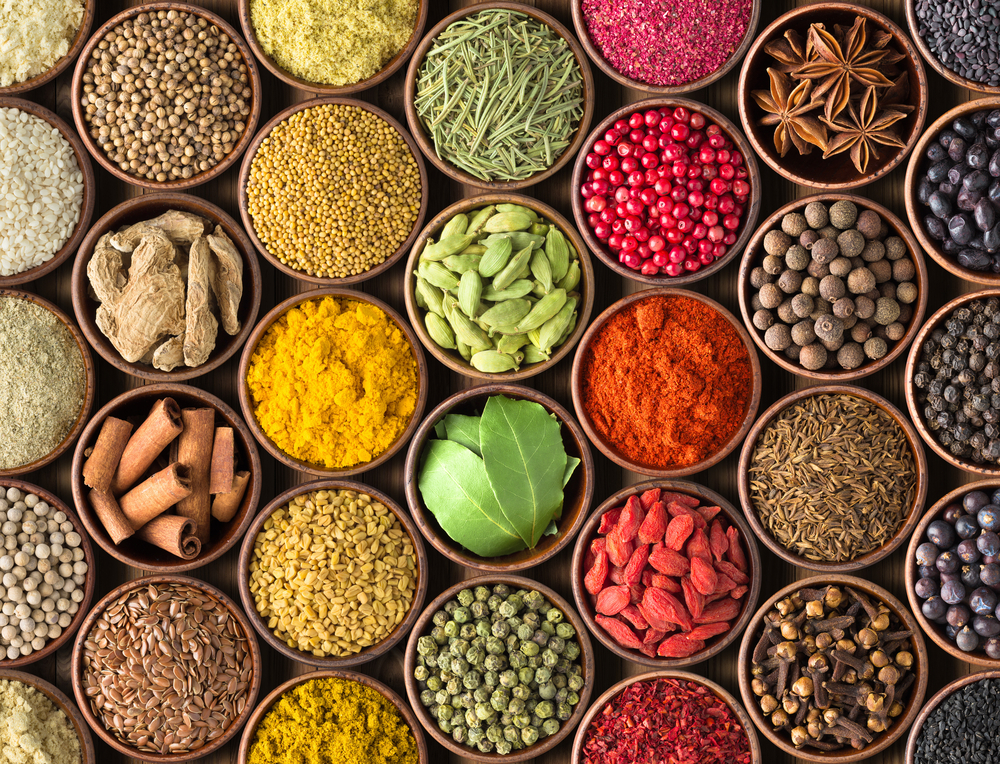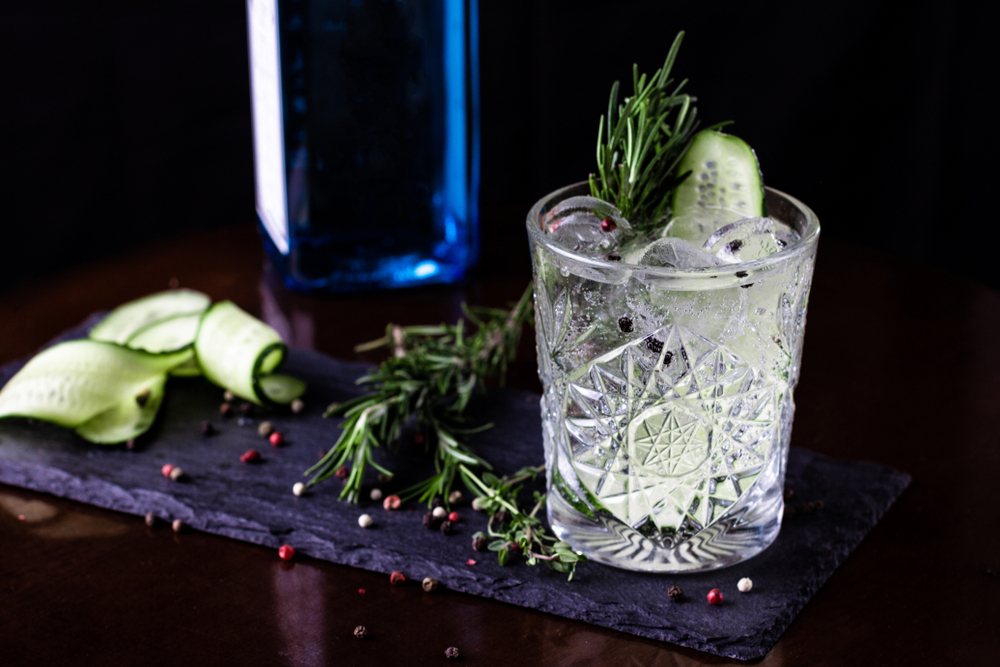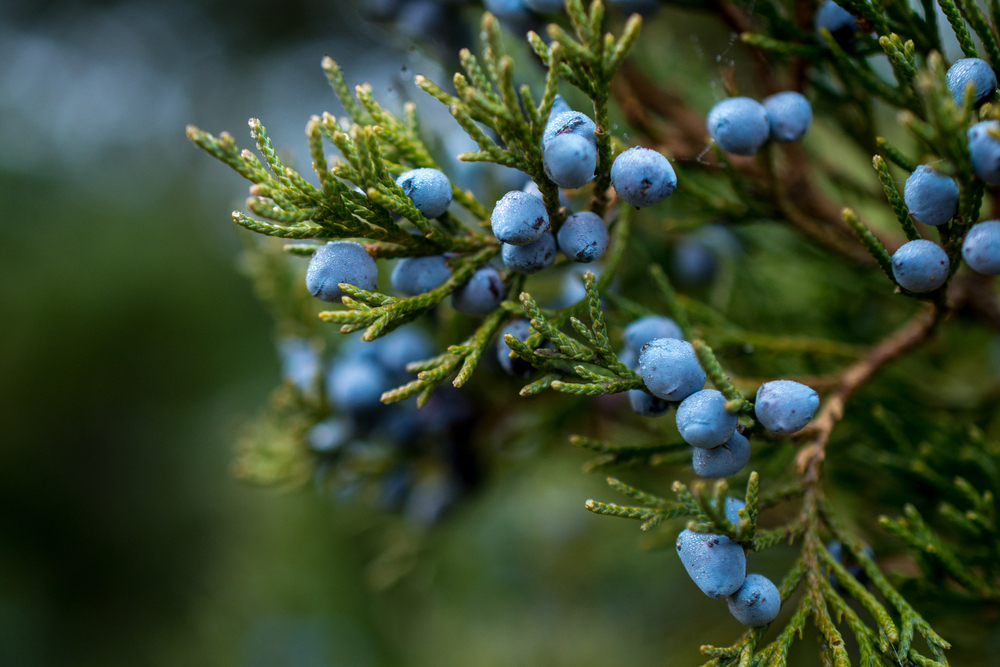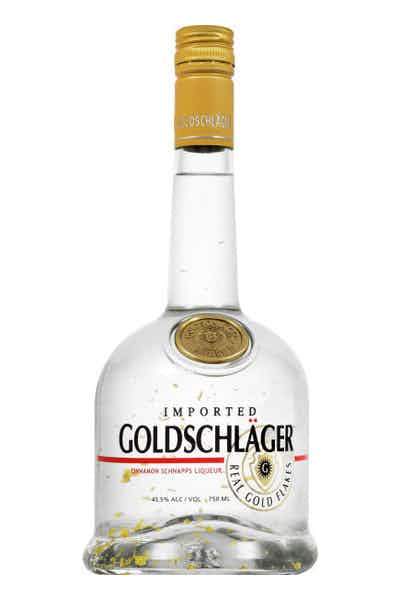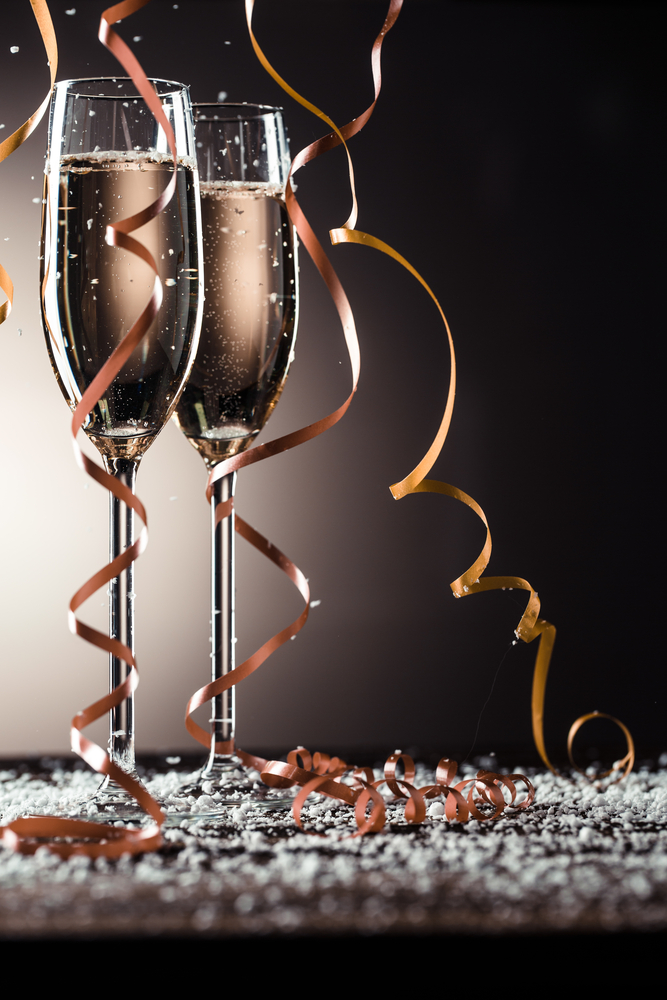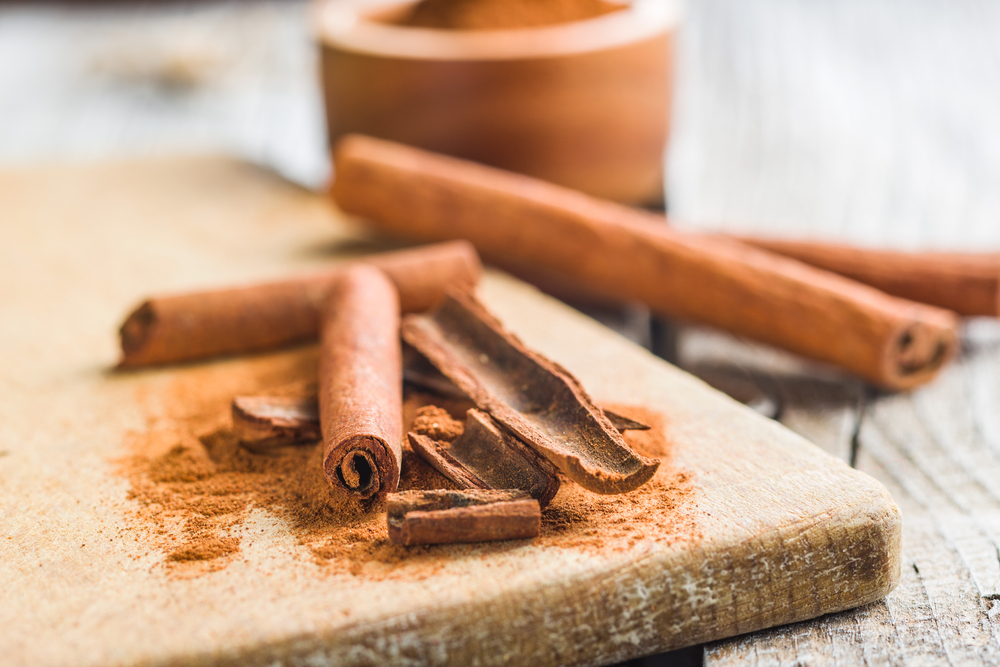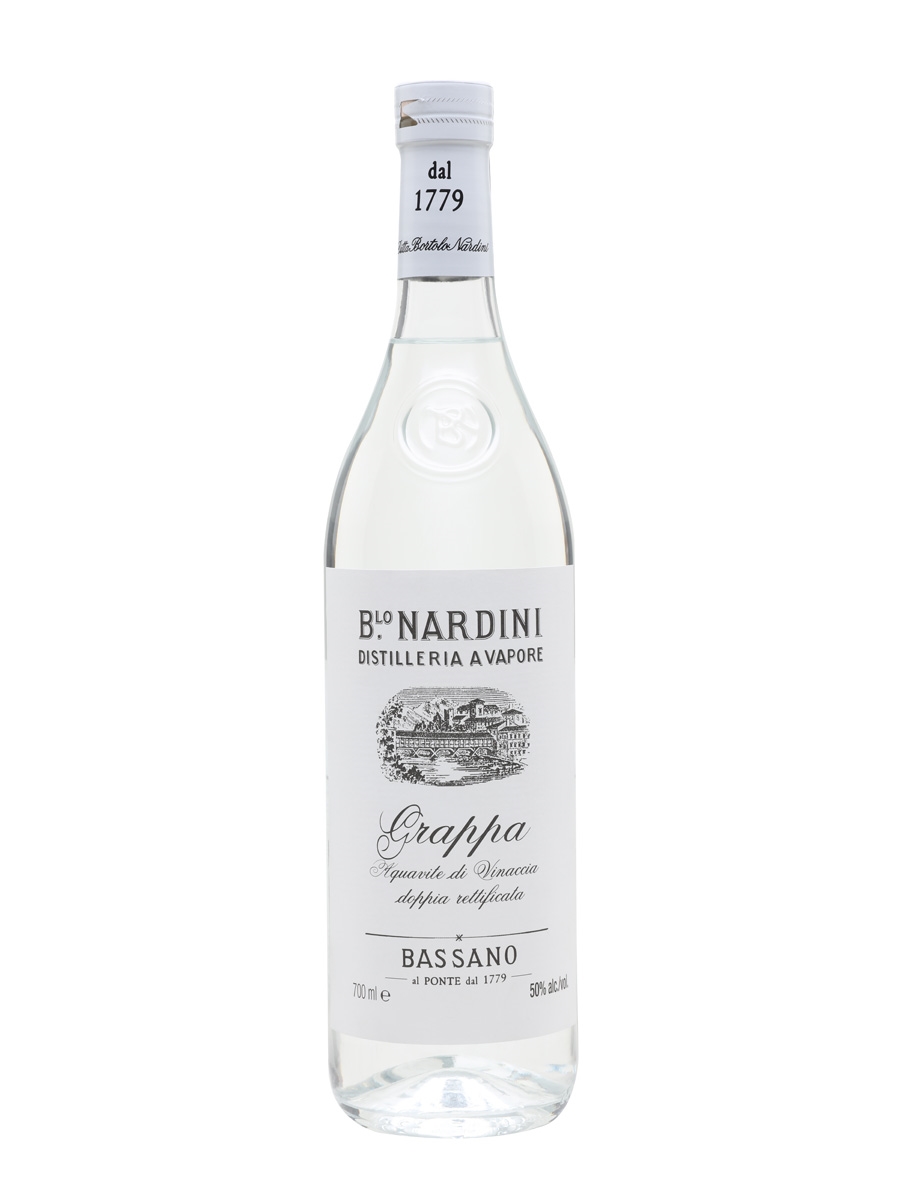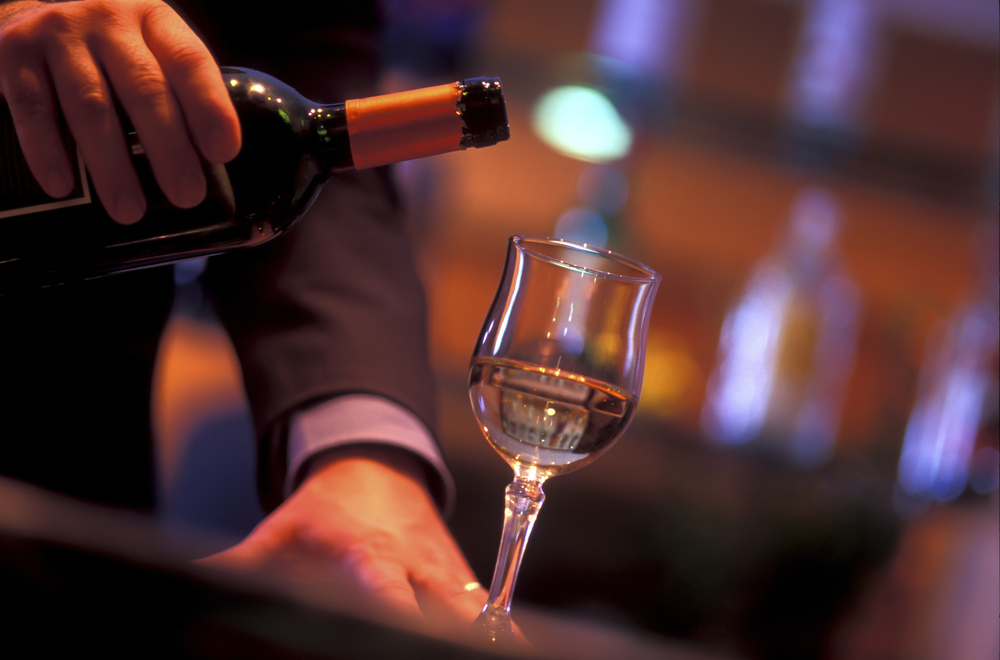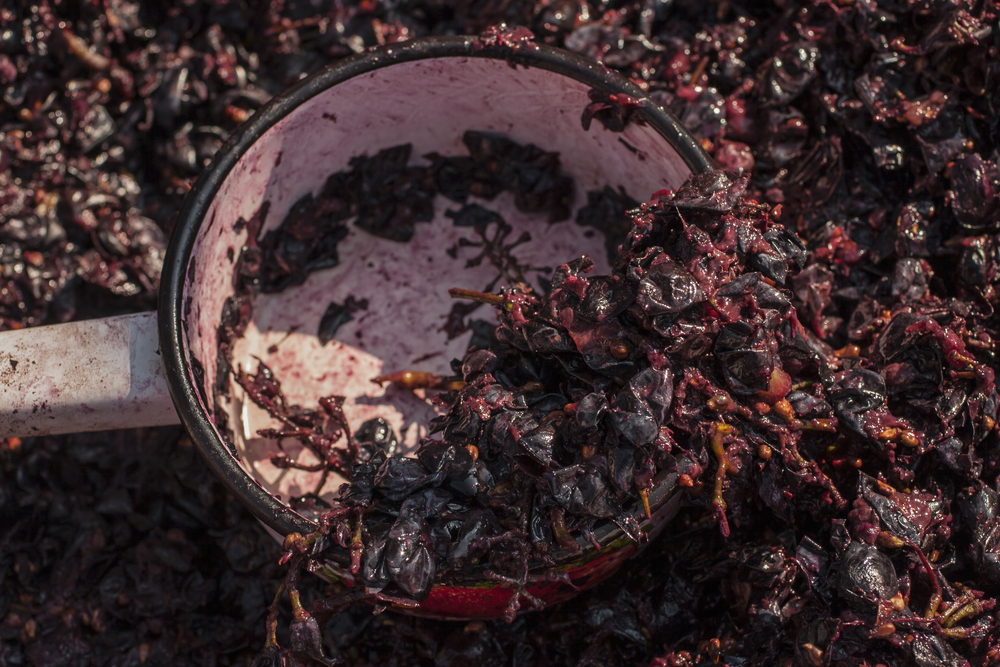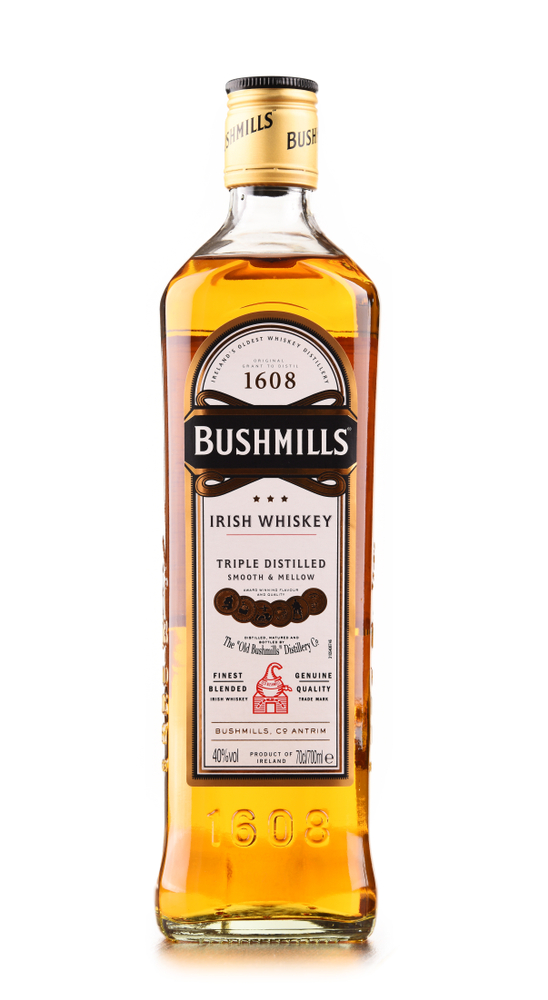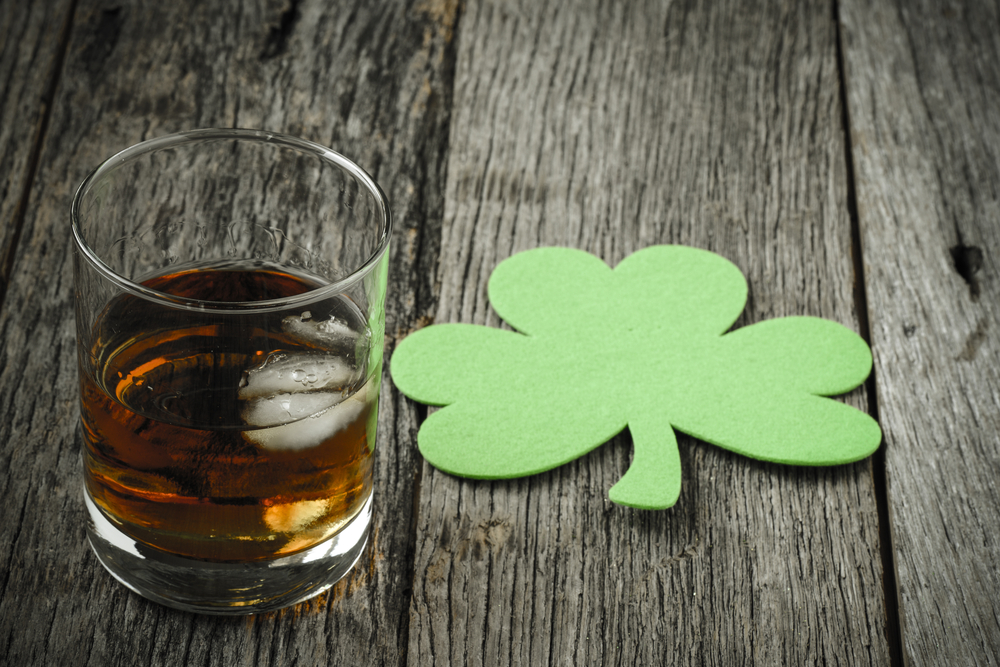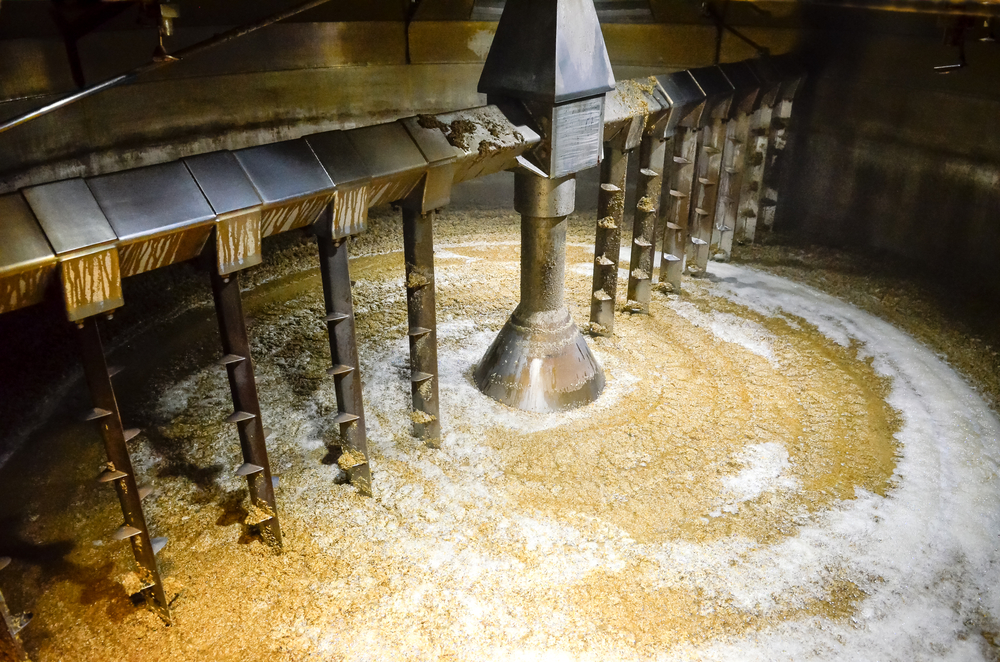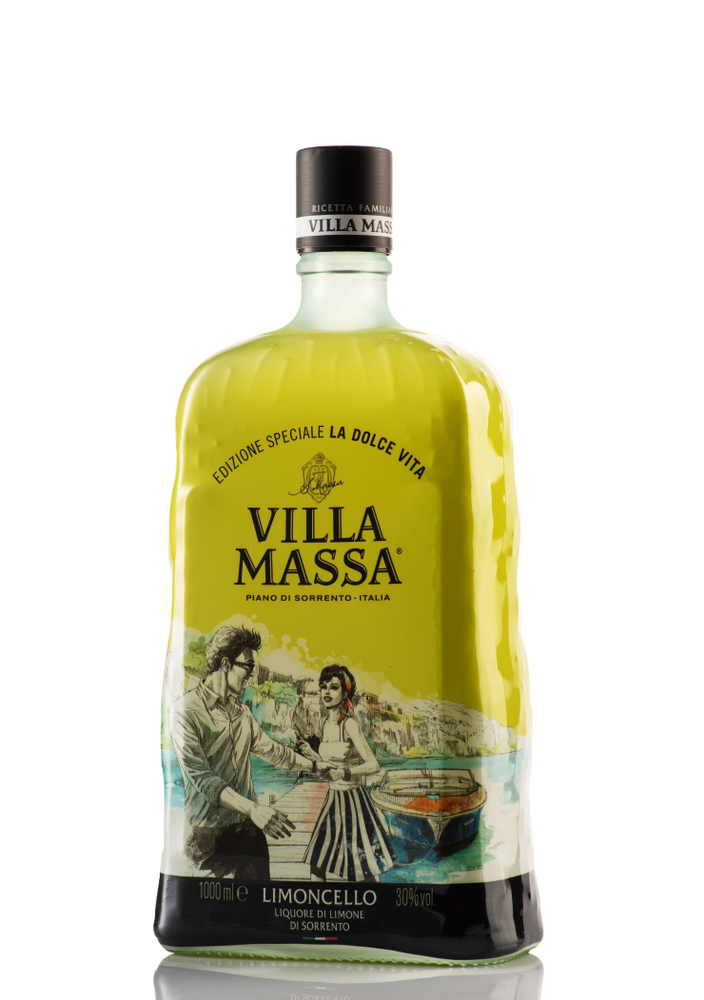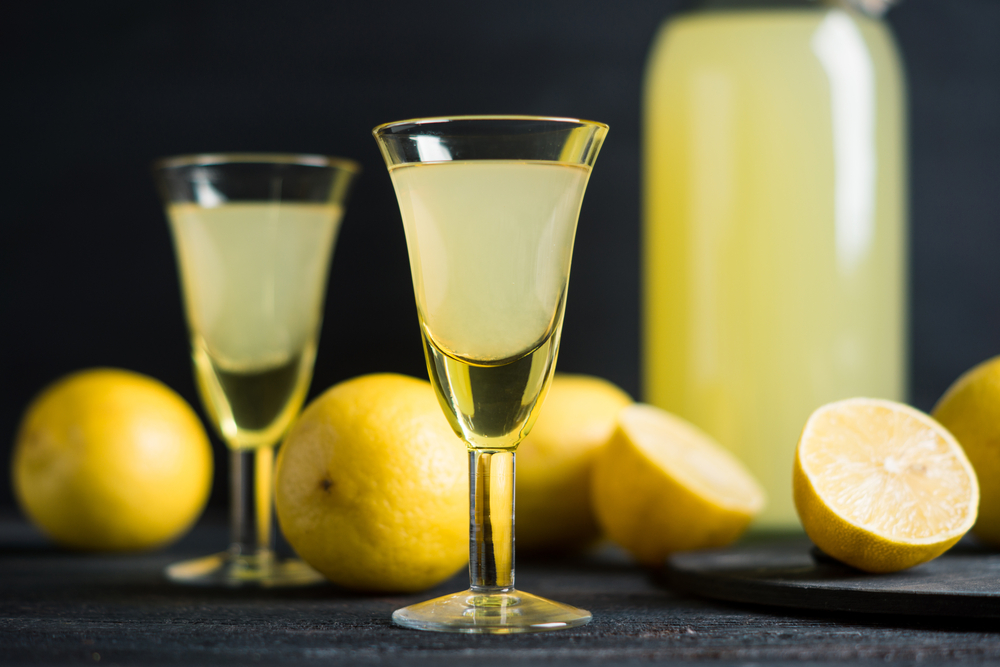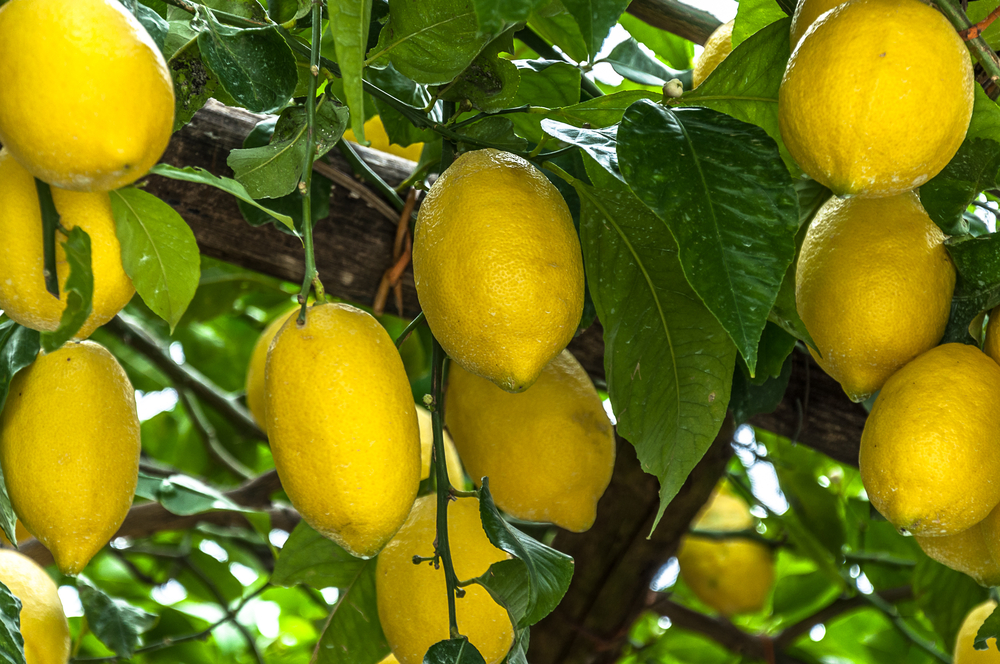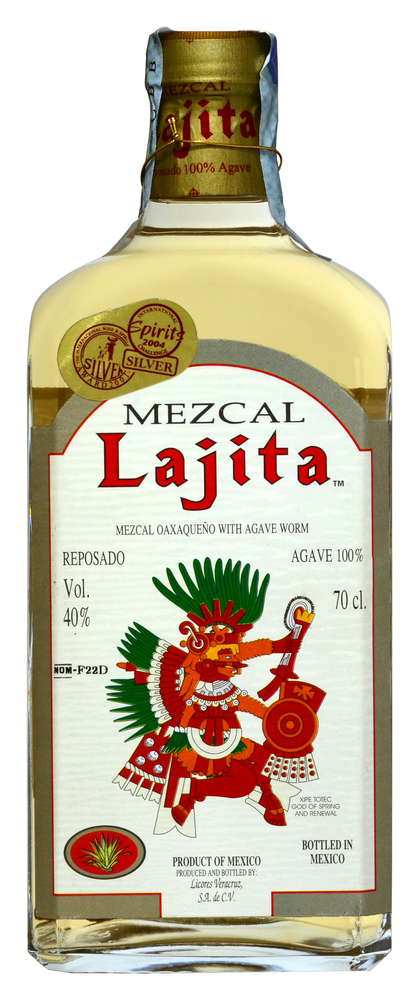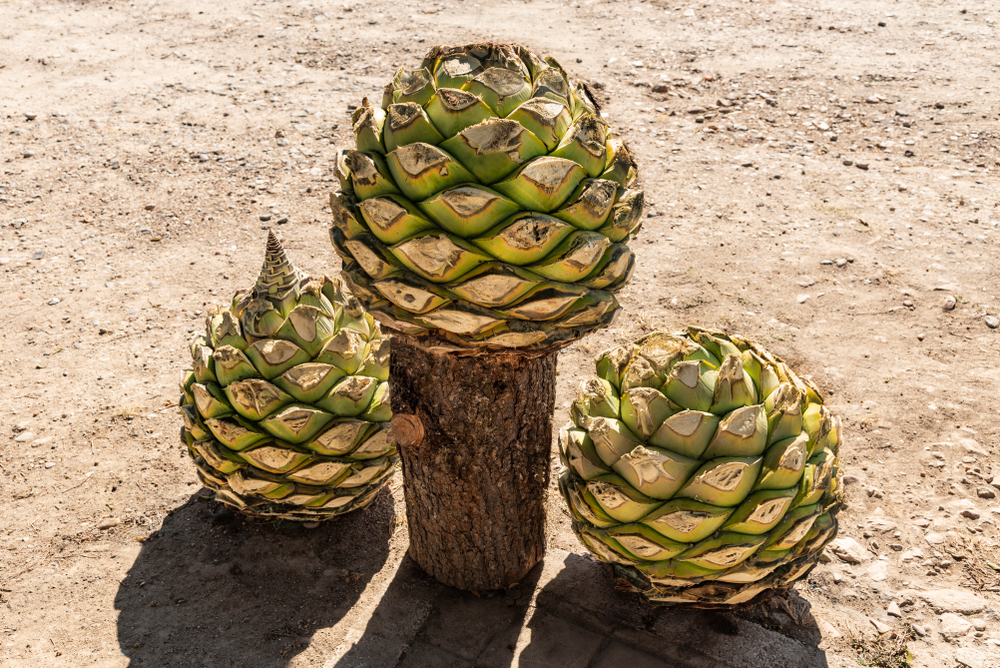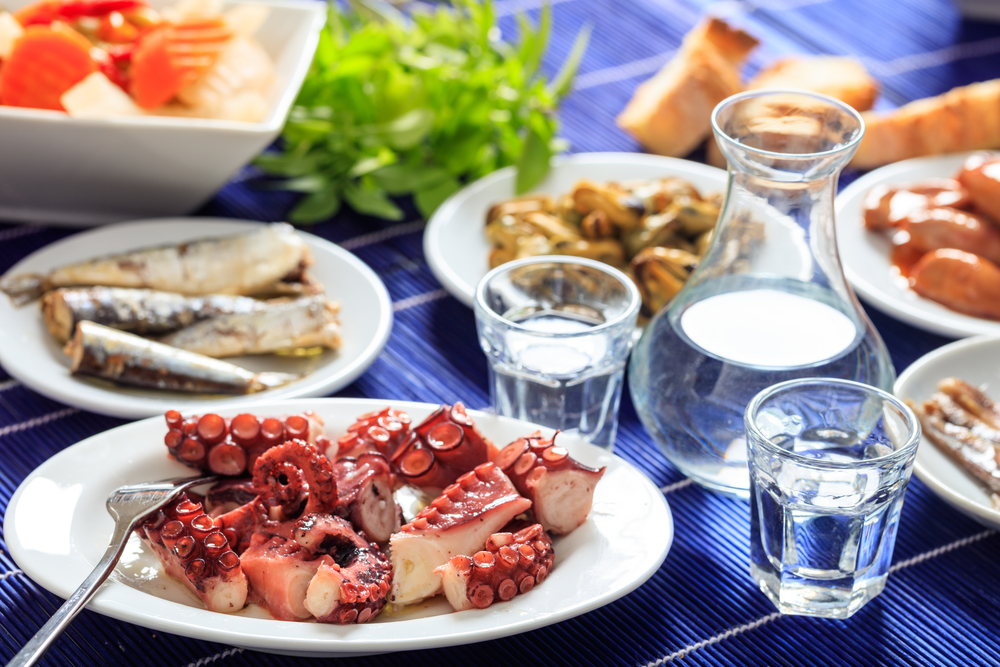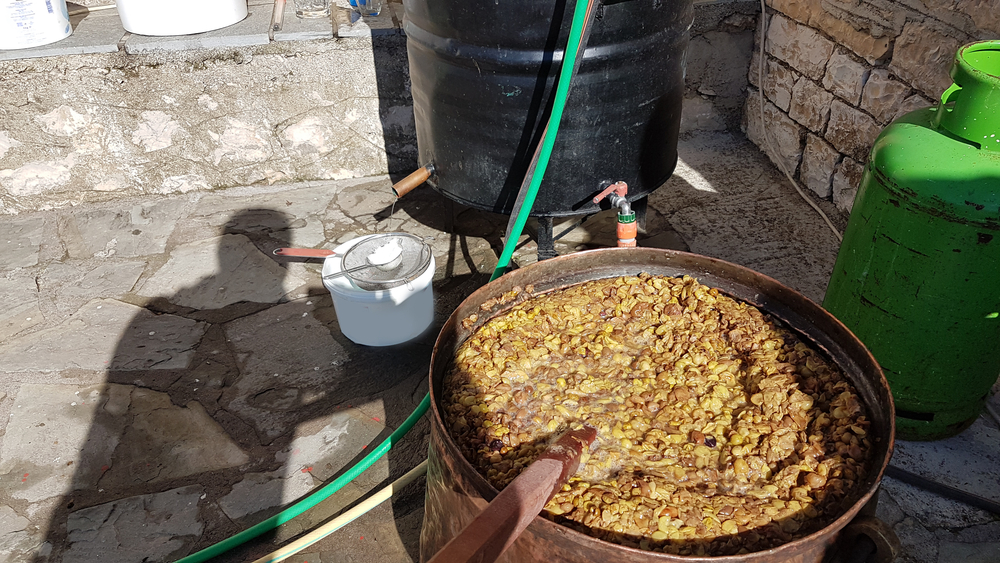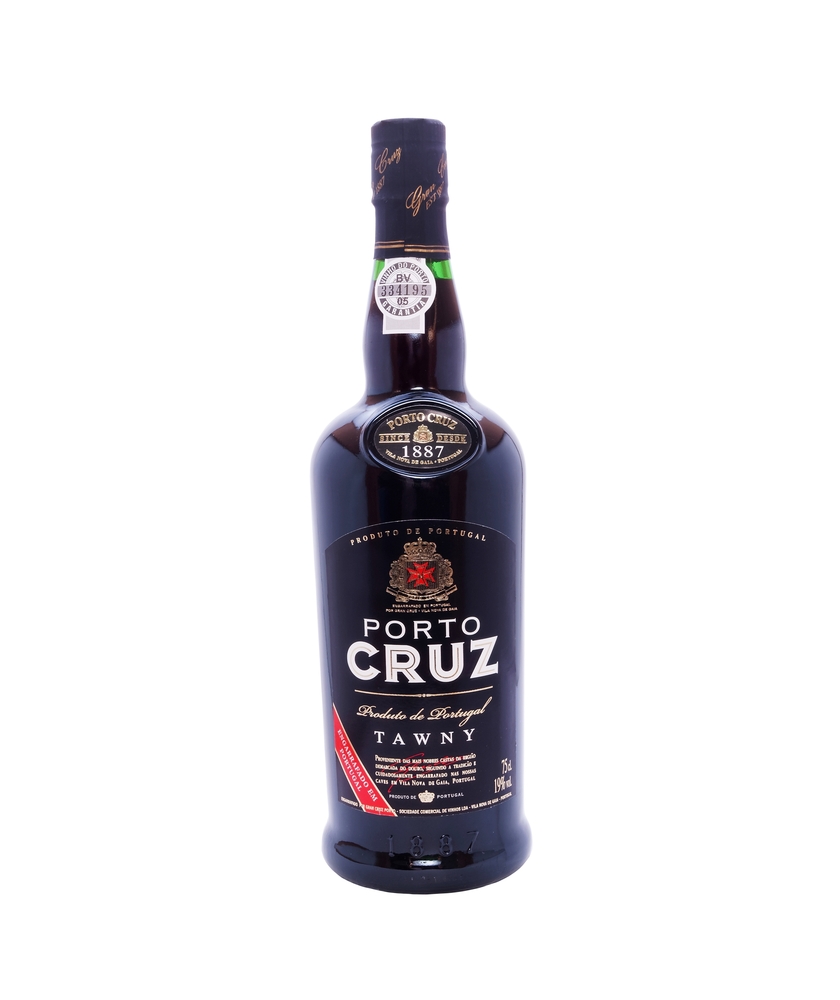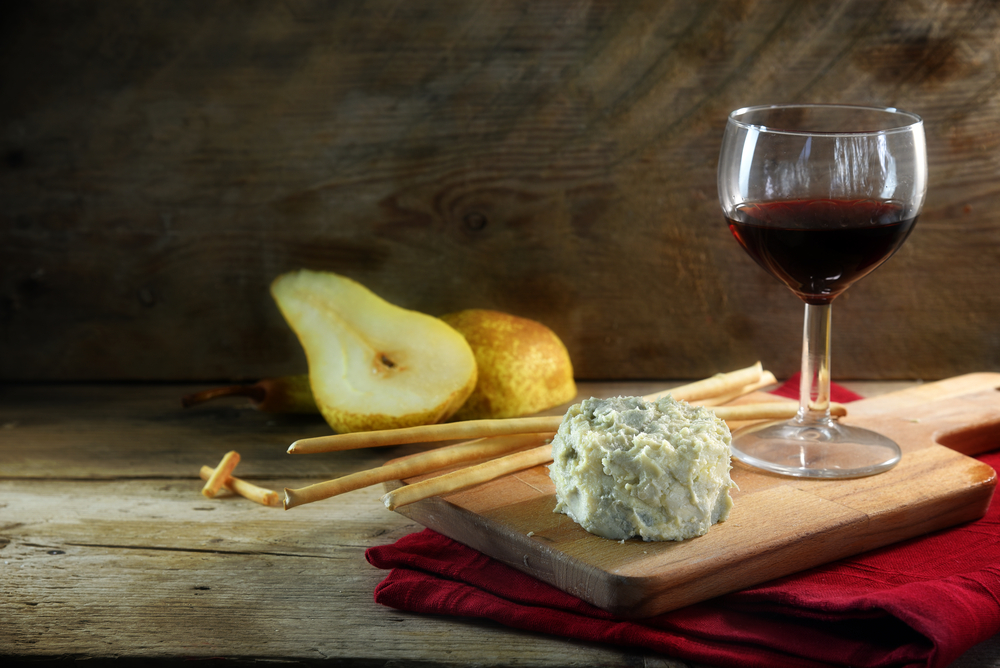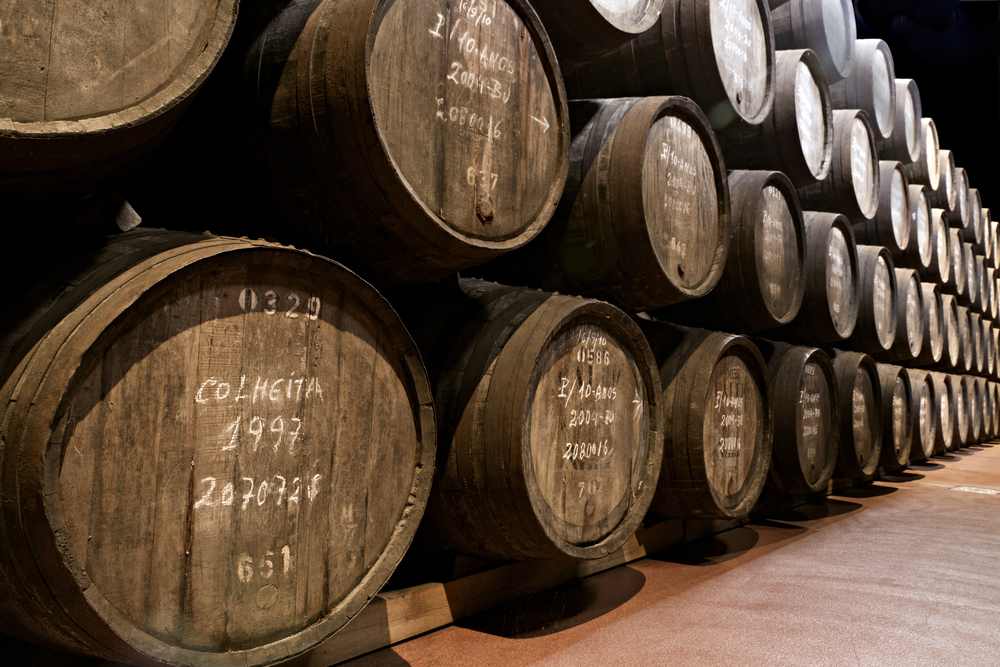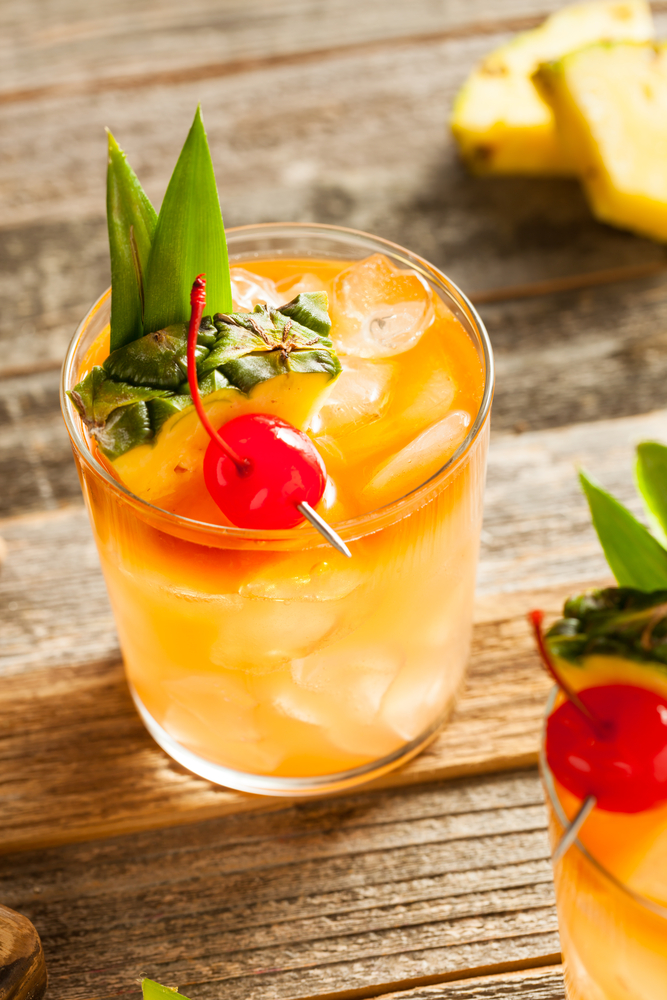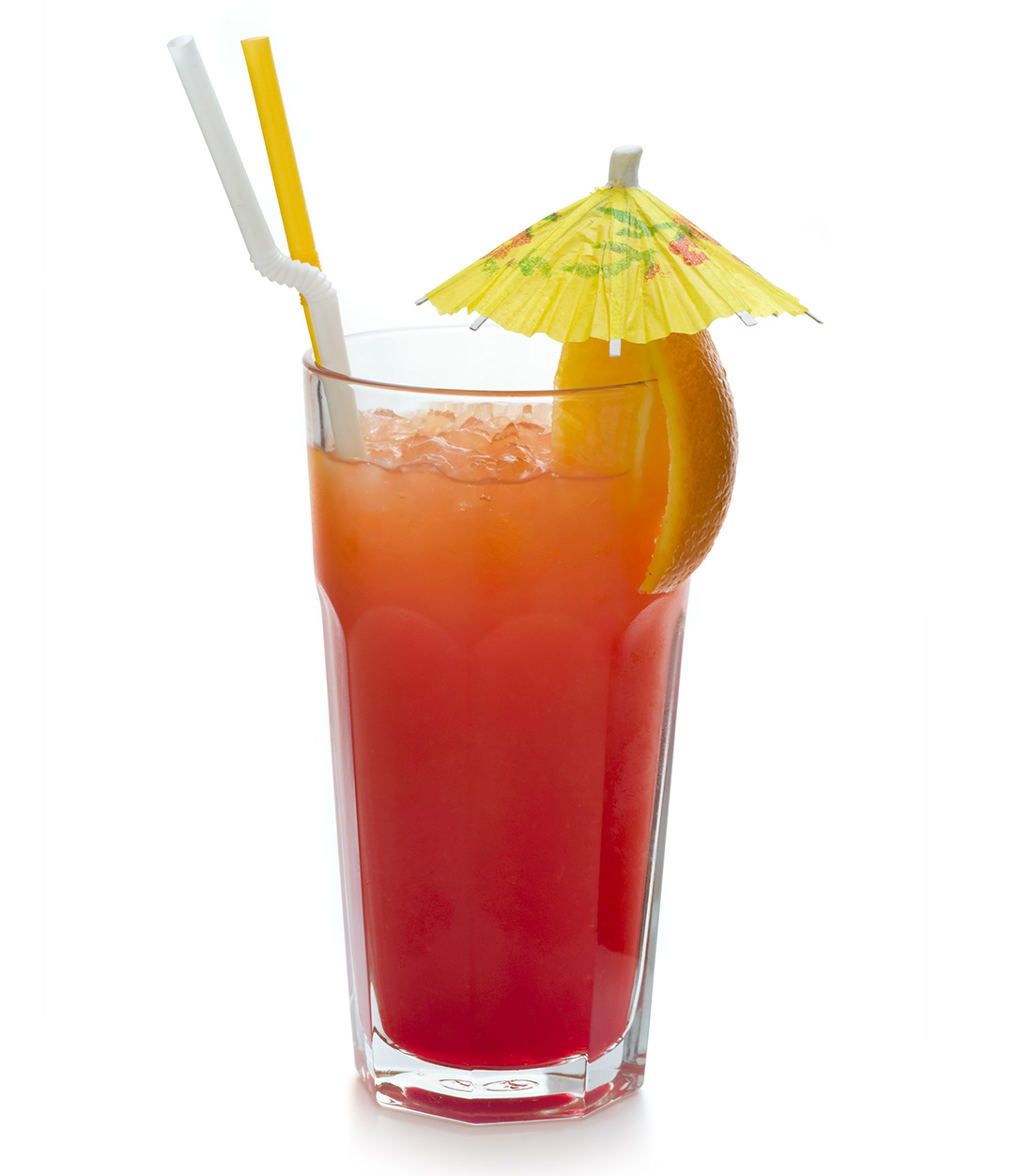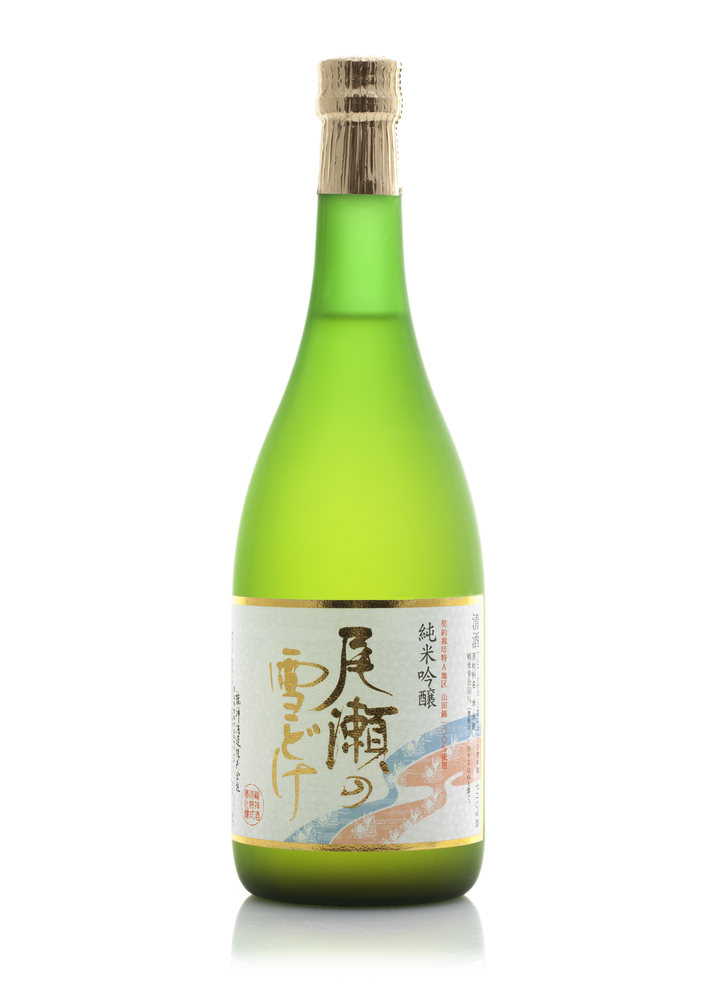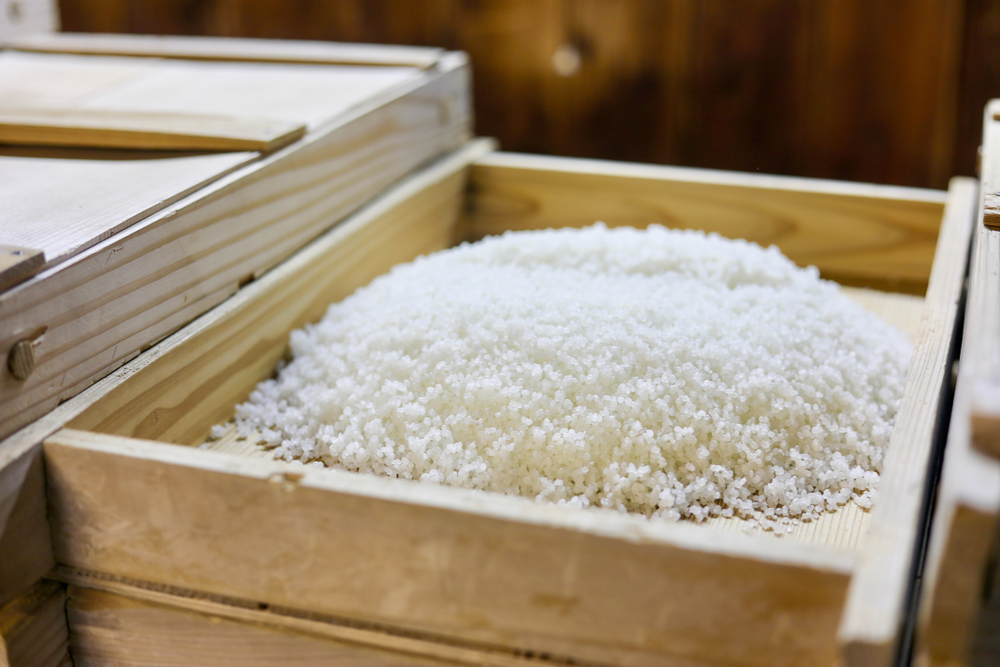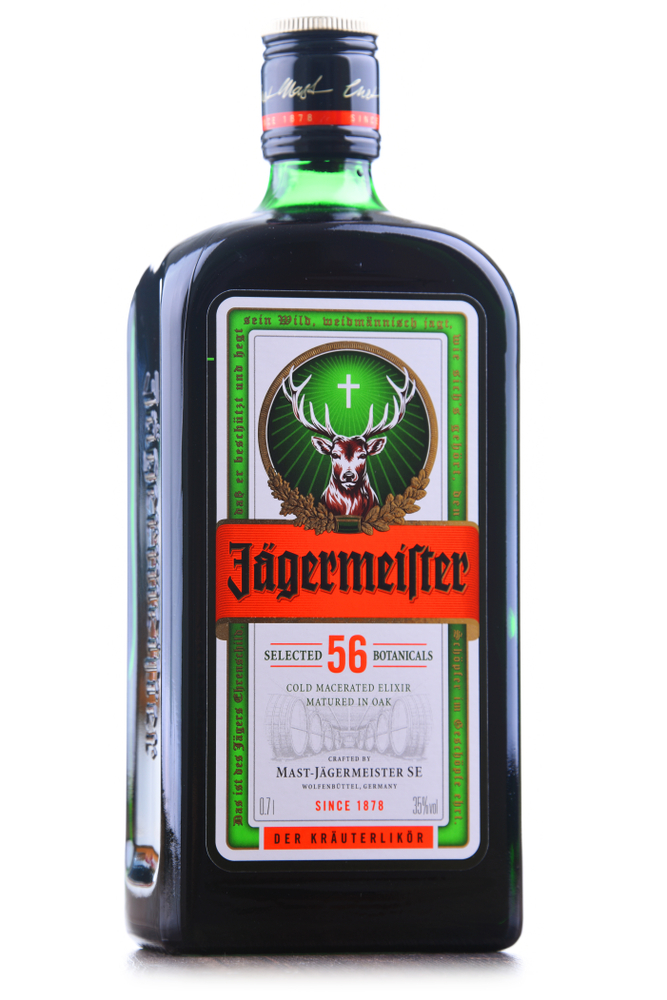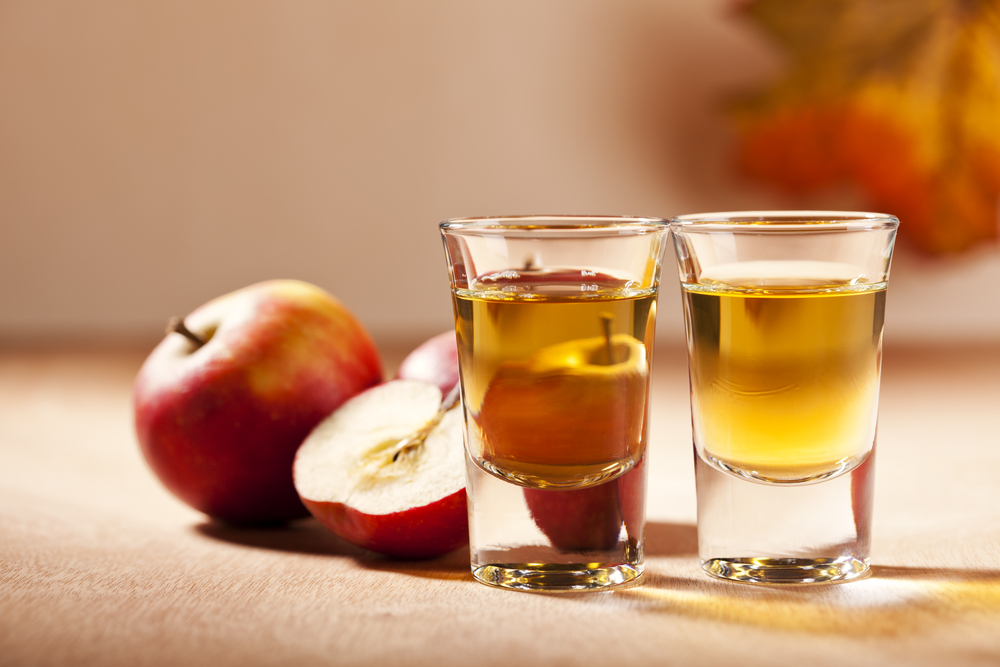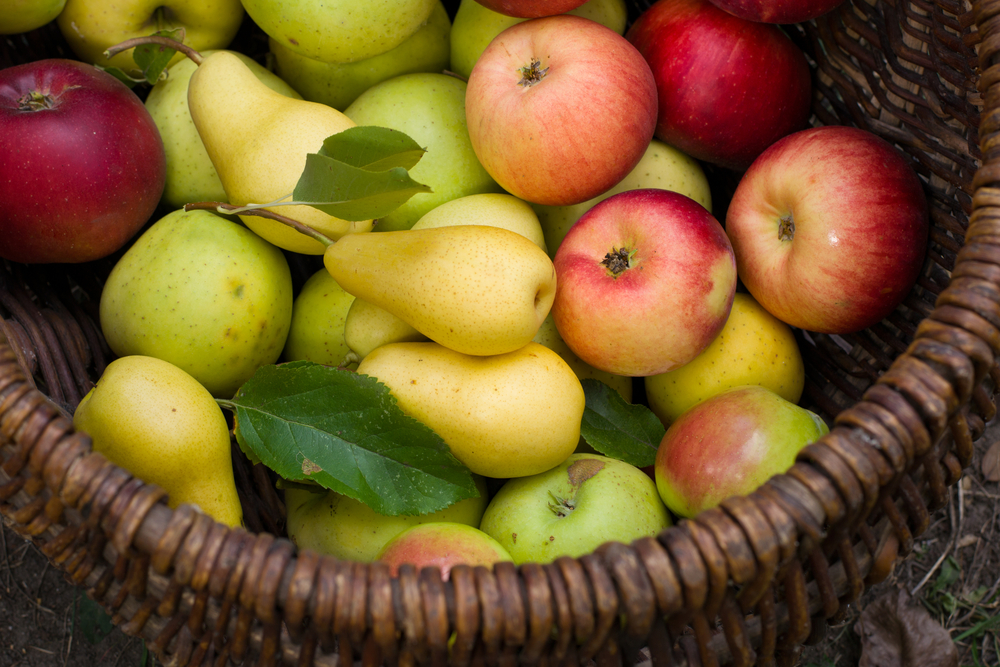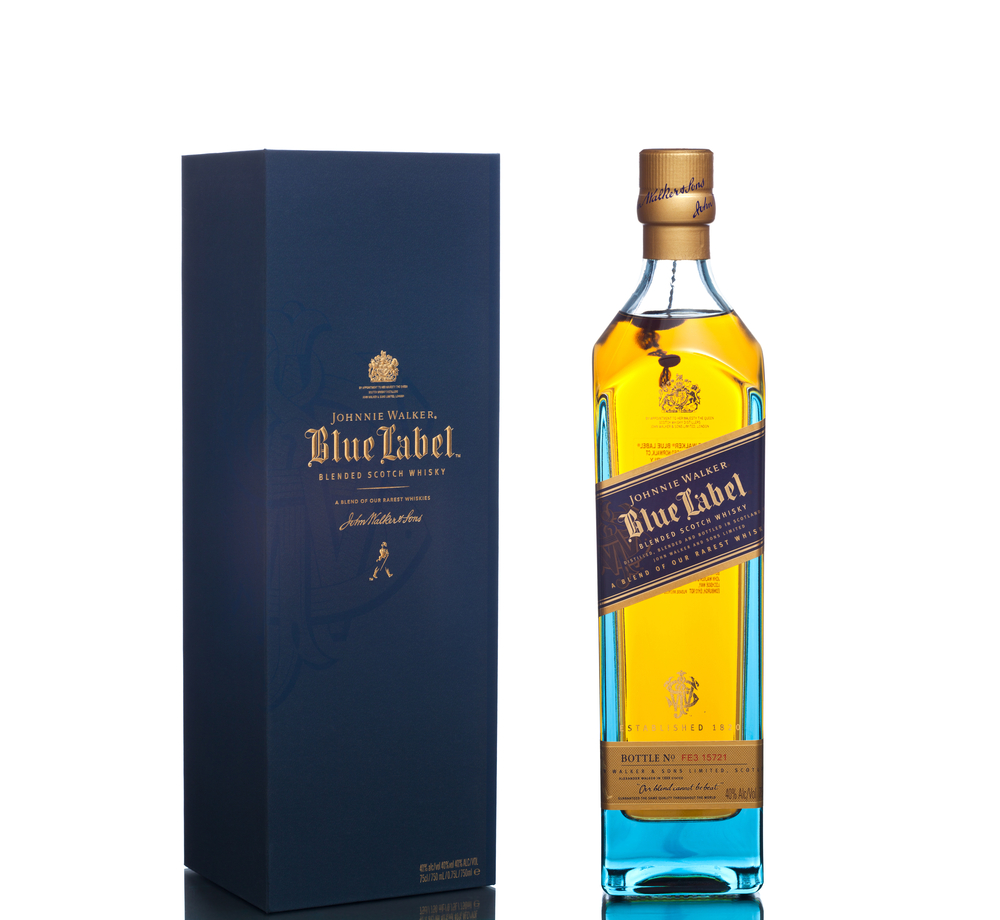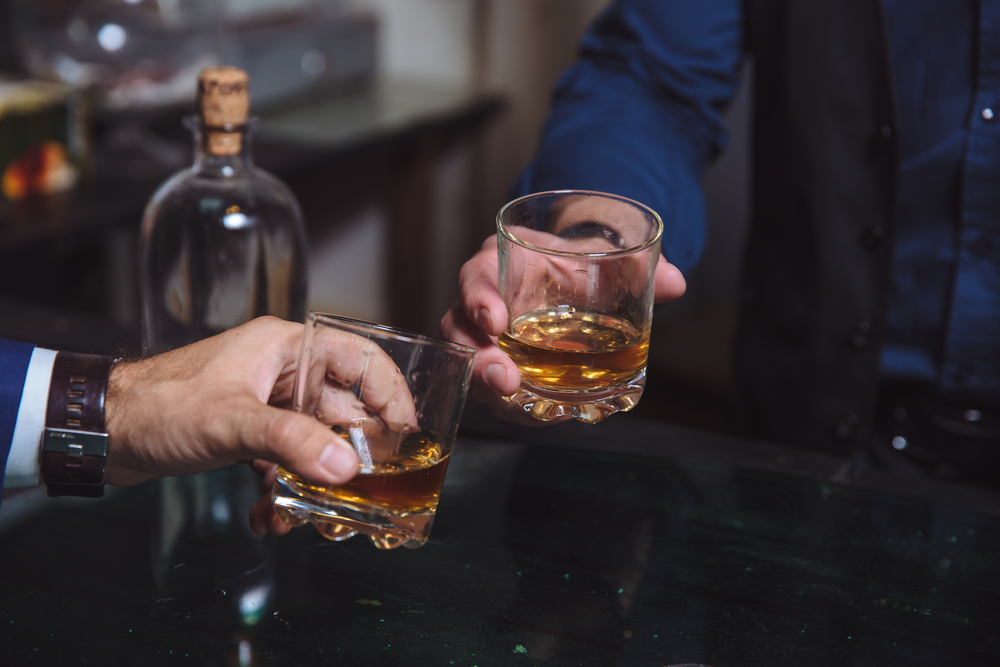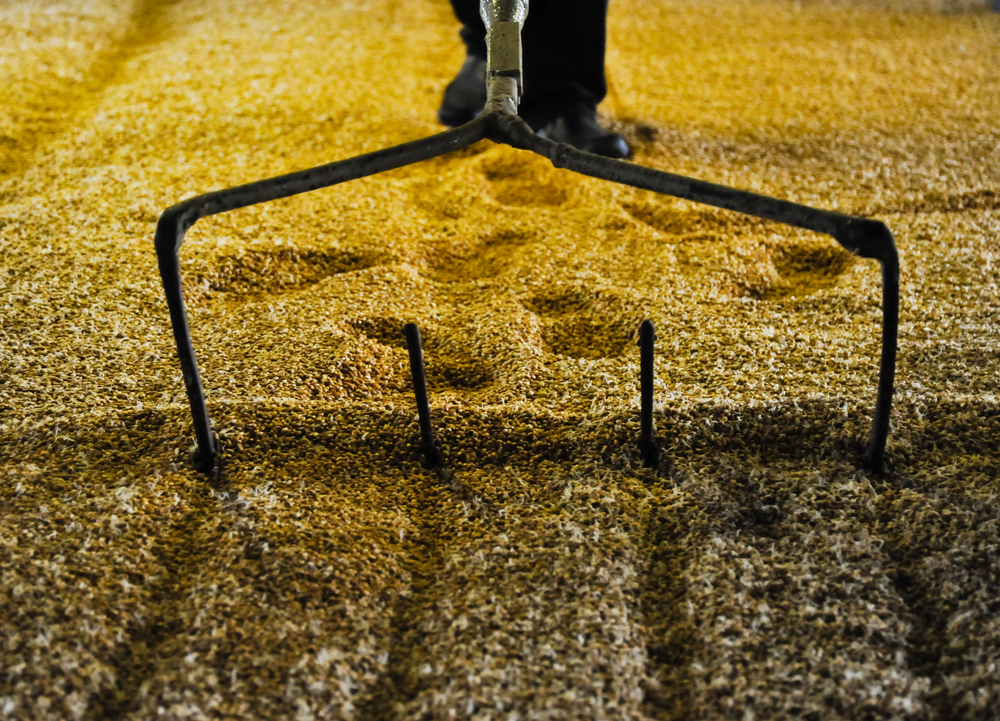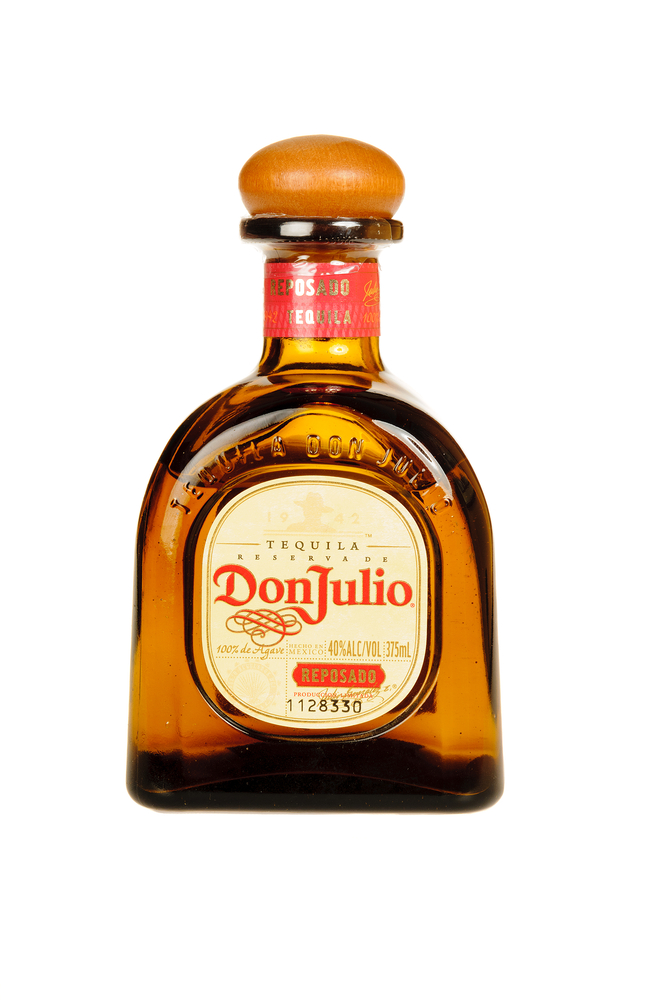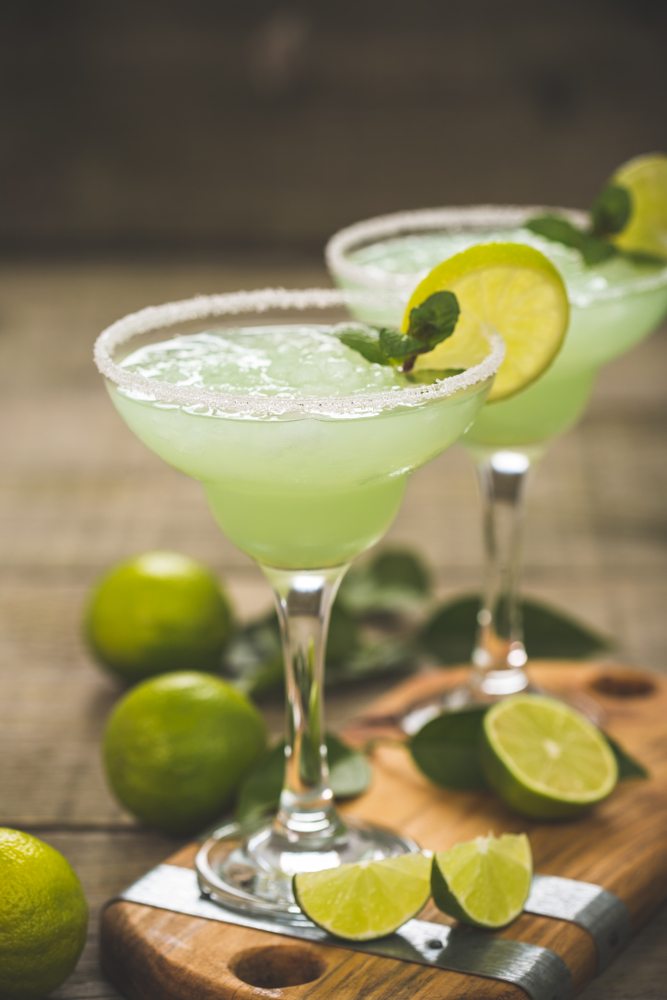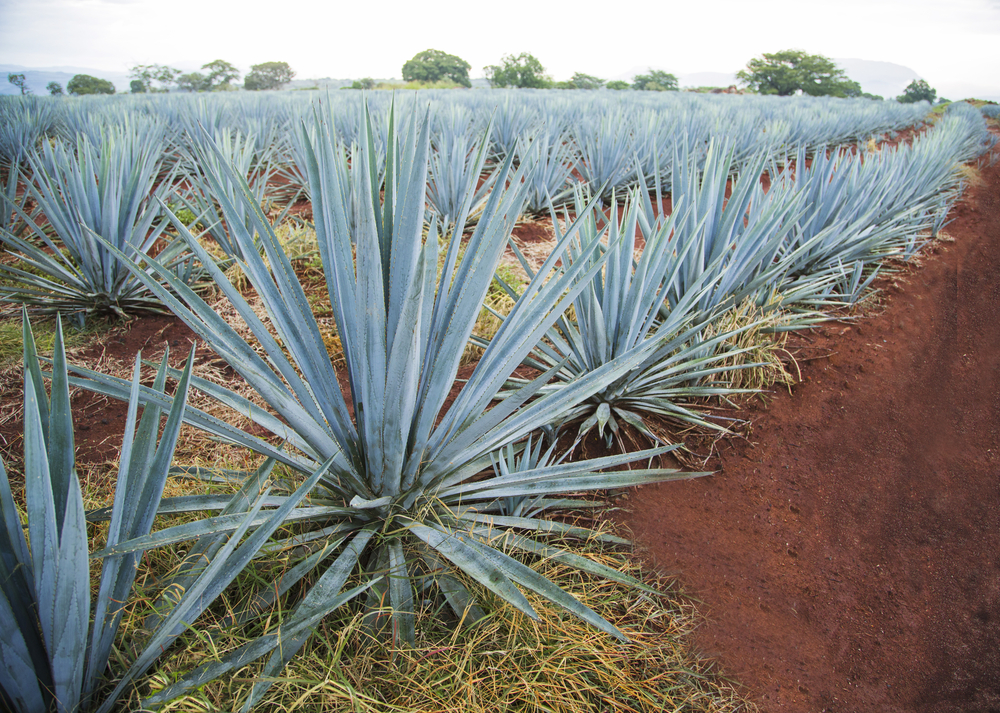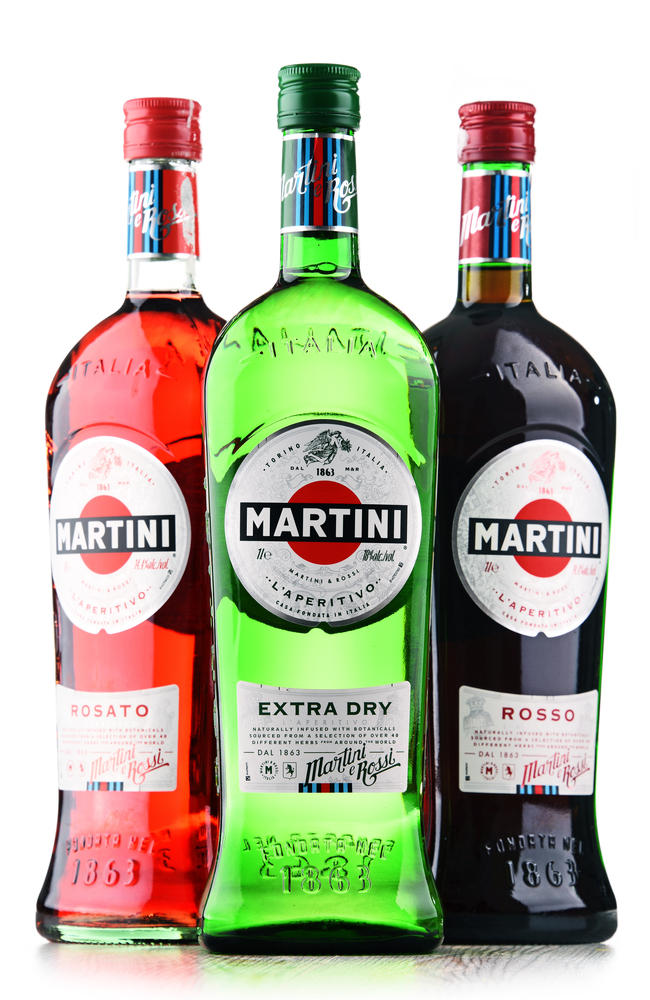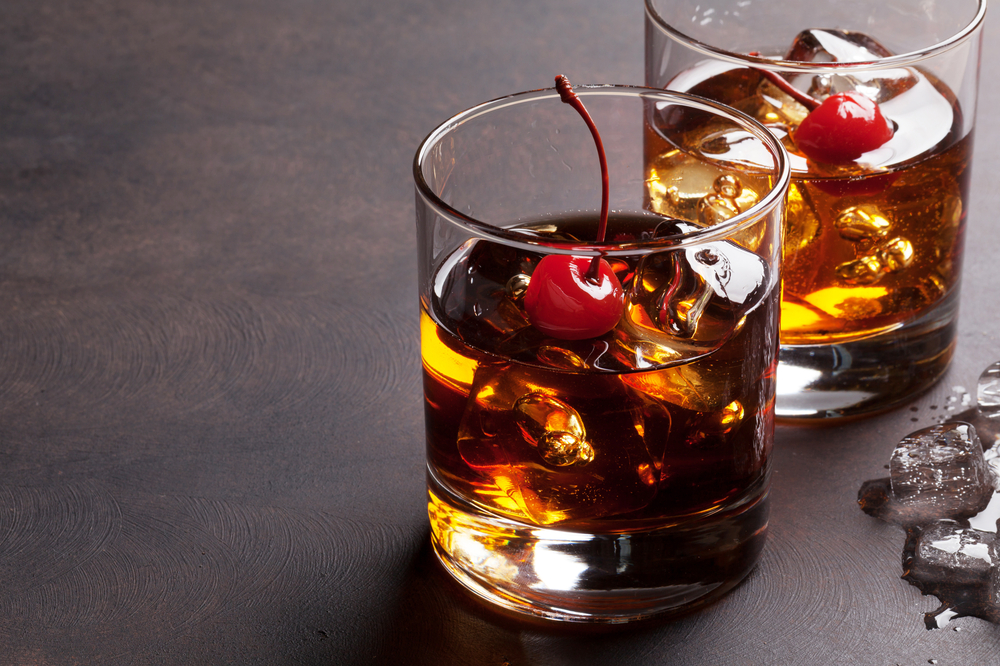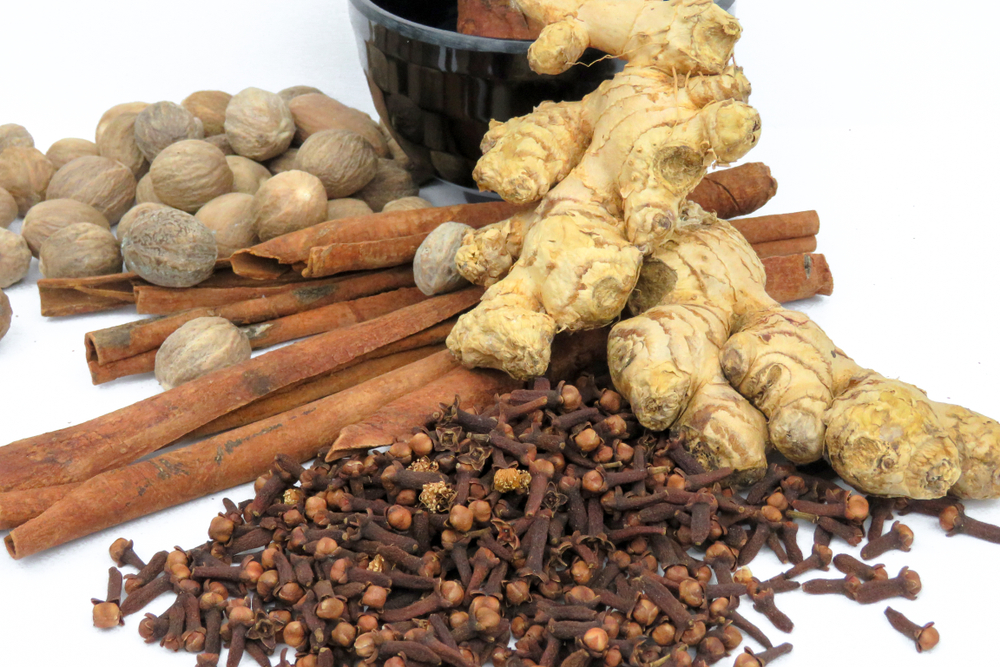Amarula
Amarula is a liqueur that is flavored with fruit from the marula tree, which is native to southern Africa. This fruit has a tart, sweet, and sour flavor. Two varieties are produced: Amarula Cream, the marula liqueur with cream added, and Amarula Gold, straight marula liqueur. Amarula Gold was first released in 1983, with Amarula Cream following in 1989. The drink has a slight citrus flavor with a touch of caramel sweetness. Many liken it to a fruity Bailey’s Irish Cream. The label features a large elephant, an animal that also loves the marula fruit. This label shows Amarula’s support for the preservation and protection of elephants in Africa.
Amarula Cream has earned international interest, winning a gold medal in 2006 at the San Francisco World Spirits Competition.
Alcohol Content (Alcohol by Volume)
The alcohol content of Amarula is 17 percent ABV.
Color
Amarula Gold is a clear, rich golden color, whereas Amarula Cream is an opaque chestnut color.
How It's Made
The process of making Amarula starts when the marula fruit ripens. The fruit is harvested by hand and de-stoned. Then the fruit is crushed and the pulp is left to ferment. When the fermentation is completed, the resulting liquid is distilled twice—first in column stills, then in copper pot stills—and aged in oak barrels for at least two years. During aging, the spiciness and vanilla flavors of the wood are infused into the alcohol. At this point, the alcohol is either bottled as Aramula Gold, or mixed with cream to create Amarula Cream.
How It's Enjoyed
Both Amarula Cream and Amarula Gold are versatile and can be consumed neat, on the rocks, or in cocktails. Amarula Gold is particularly good mixed with ginger ale, and Amarula Cream is frequently used in desserts and on ice cream, à la crème de menthe.
Major Brands
Amarula is the only producer of Amarula Gold and Amarula Cream.
Aquavit
Aquavit, also known as akvavit or akevitt, is a Scandinavian spirit flavored with herbs and spices—primarily dill and caraway seed, though cardamom, cumin, anise, and fennel seed are also used. According to European Union regulations, the main spice in aquavit must be caraway or dill.
The Vikings produced and drank a version of aquavit, or snaps, that they made from wild herbs and berries. Eventually potatoes became the basis for aquavit, with grains preferred in some areas due to cost. Aquavit has been produced in Scandinavia since at least 1400, with the first written mention coming in a 1531 letter from a Danish lord to the last Archbishop of Norway, Olal Engelbretsson. The lord had sent a sample of liquor he called “Aqua Vite,” after the Latin aqua vitae, or “water of life,” which he said could help cure any illness man could suffer. The archbishop went on to introduce this drink to the Norwegian people, who thought of it as a health tonic, and even as a cure for alcoholism at one time.and in 1555 Denmark's King Christian III established a royal distillery.
Alcohol Content (Alcohol by Volume)
Aquavit is typically 40 percent alcohol by volume. Per European Union regulation, this liquor must have a minimum of 37.5 percent ABV to be called aquavit.
Color
Aquavit is a clear liquor with a tint that ranges from pale golden to light brown .Typically, the darker the color, the longer it has been aged in oak sherry barrels, though the use of colorant is permitted as well. Colorless aquavit, called taffel, is either unaged or aged in old casks that do not impart any color on the liquid.
How It's Made
Like vodka, most aquavit is distilled from potatoes, though some regions use grains instead. The first distillation involves only the potatoes or grains. The herbs and spices are added during a second distillation, and then, if it is to be aged, the liquor rests for one to 12 years in oak barrels. The Linje (“line”) style of Norwegian aquavit receives some special treatment during its aging process: It is carried on a ship from Norway to Australia and back, allowing the rolling waves, climate changes, and sea air to enhance the spirit’s smoothness and flavor. This method of aquavit production was discovered accidentally in the 19th century when Norwegian liquor sellers traveled to Indonesia with crates of aquavit but were unable to find buyers. Upon returning home, they assumed the liquor would be spoiled, but to their surprise, the drink was even tastier than that left on dry land. The Linje style of the liquor is popular at Christmastime.
How It's Enjoyed
Aquavit is an important part of celebrations in Scandinavia, such as holidays—particularly Christmas and Easter—birthdays, and weddings. It is generally considered a good drink to help digest a heavy meal.
The liquor is traditionally enjoyed chilled and is sipped from small shot glasses. It is also consumed after a snapsvisa, a Scandinavian drinking song. Younger generations frequently drink shots of aquavit followed by a swig of beer. Older generations, however, frown on this practice, claiming that beer ruins the flavor of the liquor. All generations agree on one thing, however: Drinkers must say "skål !" before drinking.
Though not traditional, aquavit can be used to create cocktails, such as the Copenhagen Fantasty (a mix of aquavit, Pernod, lemon juice, and ice) and the Viking Blood (a combination of aquavit, Tia Maria, and lemon-lime soda).
Major Brands
The most popular brands of aquavit are Ålborg, Brøndums, Løiten, Lysholm, Gilde, and Linie.
Armagnac
Armagnac, France’s oldest distilled product, can trace its history to around the 1300s. Mentioned in medieval texts, it was praised as a miracle drink that, when not overused, could boost men’s spirits and keep their minds sharp. It was even touted for its health benefits at the time. Armagnac was developed after Arabic Moors occupied parts of southern France, bringing their distilling methods with them.
Armagnac is frequently compared to cognac, but it does have some distinct differences. Cognac is distilled twice, while Armagnac is distilled only once. Because of this, more impurities remain in Armagnac, giving it a more complex flavor. Some Armagnac created since the 1970s is distilled twice, but this is a relatively new trend. Perhaps because there are about 10 times more Cognac producers than Armagnac producers, Armagnac is more difficult to find and is considered a special treat.
In an odd culinary turn, the traditional yet controversial French ortolan dish is created in part by drowning the bird in Armagnac. This practice is now outlawed due to animal cruelty, though some French chefs protest the restriction and the dish is praised by celebrity chefs such as Anthony Bourdain.
Alcohol Content (Alcohol by Volume)
Armagnac generally contains 40 percent ABV.
Color
Armagnac has a deep amber color that is derived from the oak barrel in which it is aged. The younger the Armagnac, the lighter it is in color.
How It's Made
There are only three areas of France where Armagnac is made: Bas-Armagnac (where most is produced), Tenareze (which creates more luxurious varieties), and Haut-Armagnac (where light versions are created).
A variety of white grapes (any of 12 different types) grown in these regions are used to make wine, some of which is blended and distilled into Armagnac. The Armagnac is then aged in barrels made from a specific type of French oak. Some Armagnac producers add pigment, but others do not. The longer the Armagnac remains in the barrels, the more flavors it picks up, adding many layers of interesting notes.
How It's Enjoyed
Armagnac is often served in a brandy snifter, and is enjoyed in small sips. It is commonly served at the end of a meal, or in a flip cocktail made with eggs and cream.
Major Brands
Darroze, Janneau, Larressingle, de Montal, and Tariquet are all popular Armagnac producers.
Balsam
Balsam is a traditional liqueur made with 24 different herbs, roots, and berries. It is sold in handmade ceramic flagons, which allow the liquor to breathe while protecting it from the sun. Pharmacist Abraham Kunze is credited with developing the original recipe in 1752, but it is likely that he tinkered with a tonic that been created by alchemists who were searching for a formula that granted eternal life. Though this drink doesn’t make one live forever, it did bring the Russian empress Catherine the Great back from near death during her visit to Latvia. As a sign of her gratitude, she granted Kunze the exclusive right to produce the elixir for 50 years.
In 1843, Albert Volfshmitt opened the Latvijas Balzams factory, which took over the production of balsam using Kunze’s recipe. All went well until the recipe was lost in the confusion of World War II. Luckily, when workers returned at the end of the war, one employee remembered how balsam was produced and helped to restart its production. Though the recipe has not changed, the balsam produced today is less viscous than its predecessor due to the use of sugar rather than sugar beets. The only recent changes are that the ceramic bottles are now produced in Germany (due to increasing demand) and that the natural cork stopper has been replaced with a silicone one that better stands up to transit.
Latvijas Balzams produces more than 2 million bottles of the liquor, called Riga Black Balsam, or Rīgas Melnais Balzams in Latvian, annually and exports to numerous markets abroad. The ingredients are not a secret, but the amount and order in which they are added to the mix is. This knowledge remains in the minds of just a few of the 600 employees of the company.
This liquor has earned numerous international awards, the first of which—a silver at an exhibition in Saint Petersburg, Russian—resulted in the name Riga Black Balsam.
Balsam is still used in traditional medicine, particularly as a cold remedy and for digestive problems.
Alcohol Content (Alcohol by Volume)
The alcohol content of Riga Black Balsam is 45 percent ABV.
Color
Balsam is a black liqueur with a bitter taste, though a hint of sweetness can be detected.
How It's Made
Hewing to Kunze’s original recipe, Riga Black Balsam contains 24 herbs, roots, berries, and buds. The order in which these items are added is an important trade secret, as is the mix of minerals in the water used. The company gets its water from a deep well outside of Riga. Most of the ingredients ferment in oak barrels for weeks before being mixed with the remaining ingredients.
How It's Enjoyed
Balsam can be sipped straight or served over ice. Some enjoy it mixed with another liquor like schnapps, aquavit, or vodka, or with soda water. It is also popular as an ice cream topping, à la crème de menthe.
Major Brands
Riga Black Balsam is the only brand of this liquor produced by Latvijas Balzams.
Bourbon
The American version of whiskey is called bourbon. Unlike its Irish counterpart, bourbon is produced primarily from corn. First distilled in the 1700s, the term “bourbon,” which was derived from the Bourbon dynasty in France, has been used since the 1820s. Production of this alcohol spread throughout the country, but continues to have strong ties to the state of Kentucky.
Though it is not known who the first bourbon producer was, the art of distilling was brought to the American South in the late 18th century by settlers from Ireland and the British Isles. The spirit they made became known as bourbon by the early 1800s, due to its association with the area known as Old Bourbon in eastern Kentucky. This alcohol was likely the first corn-based whiskey most had tried, and the name bourbon came to indicate this style.
Bourbon distillers took to using a process called sour mash, in which each new fermenting batch included a small amount of spent mash from a previous fermentation. The acid in the sour mash controlled the growth of bacteria that could ruin the whiskey and created a pH balance that was favorable for the yeast.
In 1964, the US government declared bourbon to be a “distinctive product of the United States.” To earn the name “bourbon,” a whiskey must be produced in the United States from a grain mix that is at least 51 percent corn. It must be aged in new oak barrels that are charred, distilled to no more than 80 percent ABV, and bottled at a minimum of 40 percent ABV.
Alcohol Content (Alcohol by Volume)
The alcohol content of bourbon must be at least 40 percent ABV.
Color
Bourbon has a transparent, dark amber color.
How It's Made
The production of bourbon starts with a mash that contains at least 51 percent corn, with the remaining grain being a mix of rye, wheat, and malted barley. Usually, some mash from a previous batch is added to make a sour mash. After the mash is fermented, it is distilled to between 60 and 80 percent alcohol. Most producers do the first distillation in a column still, then a second round in a pot still to improve the flavor. The alcohol, at this point called “white dog,” is then placed in newly charred oak barrels for aging. The whiskey takes on a sweet flavor from the charred wood. Bourbon develops a darker color and more complex flavor the longer it is aged. After aging, the bourbon is filtered and diluted with water to at least 80 proof, mixed with whiskey from other barrels, and bottled.
How It's Enjoyed
This versatile alcohol can be consumed neat, diluted with water, or on the rocks. It is also included in several well-known cocktails, including the Manhattan, the Old Fashioned, the whiskey sour, and Kentucky’s famous drink, the mint julep.
Major Brands
Some of the most popular brands of bourbon include Maker’s Mark, Pappy Van Winkle, Buffalo Trace, Wild Turkey, and Jim Beam.
Brandy
Brandy is a type of liquor made from distilled wine or fruit. Types of brandy include clear and unaged, pomace, and those aged in wooden barrels known as casks. The origin of brandy dates to the early 16th century when Dutch travelers distilled the wine they purchased from the Cognac region of France in order to reduce it for transportation. Eventually they discovered that the distilled wine, called eau de vie, was even more tasty after being distilled a second time and thus the first brandy was created.
Alcohol Content (Alcohol by Volume)
The alcohol content of brandy typically ranges from 35 to 60 percent ABV.
Color
Brandy can range in color from clear to pale yellow and gold to dark amber. Fruit varieties often retain the color of the fruit used. For example, blackberry brandy has a dark purple hue.
How It’s Made
Brandy begins as a fermented liquid, wine or fruit juice, which is boiled at a temperature between the boiling points of ethyl alcohol and water. The vapors created are collected and cooled to create the unaged brandy. The distillation process can be repeated multiple times to reach the desired alcohol content. From there the brandy can be poured into oak casks to age. Some brandies forgo the aging process and remain their natural color while others add caramel coloring and sugar to simulate the appearance of barrel aging. Pomace brandy, another common type, is made using what remains after grapes are pressed for winemaking such as the skins, pulp, seeds, and stems. Unlike brandy made from wine, pomace brandy is neither aged nor colored.
How It’s Enjoyed
Brandy is generally consumed either neat at room temperature, on the rocks, or in mixed drinks. Some of the most common brandy cocktails include pisco sour, Tom and Jerry, brandy old fashioned, metropolitan, and brandy daisy.
Major Brands
Some of the most popular brands of brandy are Emperador Brandy, Dreher Brandy, Old Admiral Brandy, Paul Masson Grande Amber Brandy, McDowell’s No. 1 Brandy, Torres Brandy, and Old Kenigsberg Brandy.
Cachaça
Cachaça—also known aspinga de tuto, caninha, and aguardente—is a fruity, spicy, sweet liquor produced in Brazil from sugarcane juice. Cachaça is best known for its use in the country’s national cocktail, the caipirinha. The production of cachaça dates back nearly 500 years to the time Portuguese colonizers came to Brazil, bringing sugar production with them. The Portuguese had begun producing a similar beverage in the Madeira islands, and so brought the necessary equipment to Brazil to produce what would become known as cachaça. Today, the liquor is so prevalent in Brazil that it is frequently made in home distilleries, by small-batch producers, and by large, industrialized manufacturers. It is estimated that around 40,000 cachaça producers exist today. Most of the world’s exported cachaça is artisanal rather than industrial, though only a small percentage of the cachaça domestically manufactured in Brazil is exported. It is similar to white rum, but cachaça is fruitier and has a cleaner and gentler flavor. The classifications of cachaça depend on how it is stored before it is bottled and how long it is aged.
Alcohol Content (Alcohol by Volume)
By Brazilian law, cachaça must contain an alcohol content of 38 to 48 percent ABV.
Color
Cachaça is transparent and colorless. If cachaça is stored or aged in wood, it takes on a darker hue that ranges from lightly golden to deep amber and may be labeled as gold cachaça or aged cachaça.
How It's Made
Cachaça production is similar to that of rum. Unlike rum, however, it must be made from fresh cane juice, which is fermented and distilled once. In addition, to be technically considered cachaça, it must be produced in Brazil. Like rum, cachaça has two varieties: aged (gold) and unaged (white). The white variety is bottled immediately, is typically served as part of a cocktail, and is generally the cheapest. The gold variety, which is considered “premium” and can be drunk straight, can be aged anywhere from 3 to 15 years. Only indigenous Brazilian wood barrels can be used to age cachaça. These types of wood give cachaça unique flavors and aromas that cannot be made with oak, which is used to age other types of spirits.
How It's Enjoyed
In Brazil, cachaça is best known for its inclusion in the country’s national cocktail, the caipirinha. The caipirinha is a mix of cachaça, sugar, and lime. Higher-end cachaça can be sipped straight. As cachaça is becoming more popular in the artisanal cocktail scene, both in Brazil and abroad, it is being used in cocktails other than the caipirinha.
Major Brands
There are more than 5,000 brands of cachaça, with a huge range in prices. Lower-end Pitu, typically drunk only in caipirinhas, can be purchased in the United States for around $13 a bottle. More moderate brands that can be either sipped or made in cocktails include Leblon, Sagatiba, Pura Cabana, and Agua Luca and fall in the $20–$30 range. Super premium brands, including the well-known Sagatiba Velha, start around $40 a bottle and can go into the hundreds of dollars, depending on how long the cachaça has been aged.
Canadian Rye Whisky
The whisky made in Canada differs from Irish whiskey not just in spelling, but also because rye is added to the mash. Canadian whisky, also known as “rye whisky,” tends to be lighter and smoother than other whisky styles because of the mix of grains.
Per Canadian regulations, any whisky labeled as “Canadian” or Canadian rye” must be mashed, distilled, and aged for at least three years in Canada. Like Scotch, Canadian whisky may contain caramel color to improve marketability.
The first Canadian distillery producing whisky was opened in Quebec by John Molson in 1769, and the drink’s popularity grew throughout the following century. Though Canada received a multitude of immigrants from Ireland and Scotland, these newcomers tended to distill rum rather than the whiskey (or whisky) of their homelands. It wasn’t until these Irish and Scots communities moved farther west, away from the seaports and their cheap accessibility to molasses, that they turned to producing whisky.
During Prohibition in the United States, Canadian whisky distillers profited greatly by rum-running—smuggling their whisky over the border. One producer, Hiram Walker in Windsor, Ontario, was especially known for assisting bootleggers who took the alcohol across the Detroit River on small boats.
Many drinkers consider Canadian whisky to be inferior to Irish whiskey or Scotch because of its less complex flavor and lightness. However, the rye imparts a unique flavor and results in a mellow alcohol. Much of the higher-quality Canadian whiskies are not exported to the United States, which might be a reason for its lower ratings there, where it is sometimes referred to as “brown vodka.”
Alcohol Content (Alcohol by Volume)
The alcohol content of Canadian whisky must be at least 40 percent ABV.
Color
Canadian rye whisky is a transparent, caramel-colored alcohol.
How It's Made
Most Canadian whiskies are blended, made of a high-proof base made from corn or wheat and aged in wooden barrels mixed with a flavoring from a rye-based whisky. The aging process must be at least three years, though most brands mature their whisky for eight or nine years. Some varieties use only rye, but this is not common among Canadian whiskies.
How It's Enjoyed
Whisky from Canada is lighter than Irish whiskey or Scotch. Because of this, it mixes well into cocktails or with ginger ale. For drinkers who seek a more complex whisky, several distillers offer varieties that are aged for a long time; these are frequently consumed neat or with a splash of water to bring out the flavor.
Major Brands
The major brands of Canadian whisky include Crown Royal, Seagram’s VO, Canadian Club, Gibsons, and Corby’s.
Cognac
A type of brandy from the Cognac region of France, Cognac is made by twice distilling white wine made in designated wine-producing regions of the country. Strictly regulated by the French government, it must be made with specific varieties of grapes, distilled twice in copper pot stills, and aged for at least two years in oak barrels from Limousin or Tronçais. The origin of Cognac dates to the early 16th century when Dutch travelers distilled the wine they purchased from the Cognac region in order to reduce it for transportation. Eventually they discovered that the distilled wine, called eau de vie, was even more tasty after being distilled a second time and thus Cognac was created.
Alcohol Content (Alcohol by Volume)
The alcohol content of most Cognac is 40 percent ABV, which is the required minimum. Some brands sell cask strength Cognac that is around 50–60 percent ABV.
Color
Cognac darkens as it ages in oak barrels called casks. It can range in color from pale gold to dark amber.
How It’s Made
Making Cognac is a six-step process. First the grapes are pressed, and the juice is allowed to ferment naturally. Ugni Blanc is the main variety of grapes used to make Cognac. Next, the fermented mixture is distilled in pot stills enclosed in brick kilns. After being distilled a second time, the result is a clear liquid called eau de vie. The eau de vie is then poured into oak casks where it is aged for a minimum of two years. The final step is to bottle the Cognac.
How It’s Enjoyed
Cognac is a versatile liquor that can be served neat, diluted with water, on the rocks, or in a mixed drink. Popular Cognac cocktails include the sidecar, Sazerac, champagne cocktail, Vieux Carré, corpse reviver, brandy Alexander, and stinger.
Major Brands
Some of the most popular brands of Cognac include Hennessy, Rémy Martin, Baron Otard, Hine, Merlet, Sophie & Max, Hardy, and Martell.
Fernet
Fernet, with its overwhelmingly bitter taste, is an Italian digestif. The bitter liquor is often described as a less sweet version of Jägermeister, the well-known German digestif. Bitter and herbal, fernet is historically consumed at the end of a meal to aid in digestion and is often described as having the flavors of black licorice, herbs, and medicine. Its flavor is so polarizing that fernet has yet to become an international favorite, although it does find popularity in some cocktail-loving pockets of the world. The ingredients in fernet are somewhat of a mystery as each brand has its own secret recipe involving a collection of up to 40 herbs. These herbs can include saffron, rhubarb, cardamom, myrrh, chamomile, aloe, gentian root, and numerous others that are unknown and variable. Despite the French-looking name, the “t” at the end of “fernet” is pronounced. The origin of the name comes from the original distiller, Dr. Fernet, of the late 19th century.
Alcohol Content (Alcohol by Volume)
The alcohol content of fernet is usually around 39 percent ABV, but some newer versions are as low as 30 percent ABV.
Color
Fernet is dark brown, with a yellowish glow thought to come from saffron, one of its ingredients. It may also contain caramel coloring, depending on the formulation.
How It's Made
Legend has it that fernet is produced with 27 herbs, but it is thought that the real amount is closer to 40, including roots and other ingredients. How exactly fernet is made is a well-kept secret, but it is known that the herbs, roots, and other flavors are infused into a neutral spirit and then aged for a year in Slovenian oak barrels before bottling.
How It's Enjoyed
Fernet is commonly consumed by mixing it with Coca-Cola, presumably to offset fernet’s bitter qualities. Although fernet is not especially popular in its native Italy, it is still consumed there, either on its own or with hot water, as well as being used medicinally. In San Francisco, where fernet was sold for medicinal purposes during Prohibition, it is often found in cocktails mixed with other liquors. It can also be mixed with coffee or ginger ale.
Major Brands
Branca is the most famous brand of fernet and Fernet-Branca has become synonymous with fernet, thanks to Branca’s intensive marketing campaigns over the past 165 years. Although the Branca family still makes the most popular brand of fernet in the world, a few other brands have cropped up, including Leopold Brothers in the United States, Dala in Iceland, Vittone in Italy (actually the world’s first distiller), and a few others.
Gin
Gin is a transparent spirit that is flavored with juniper berries. Its name derives from the Latin term for the berries, juniperus, similar to the Dutch word jenever. Although gin was developed in the Netherlands, King William III, or William of Orange, encouraged its distillation in England.
The first gins were produced for medicinal purposes, and gin was touted as a cheap cure for gout and indigestion. In the 1700s, London had more than 7,000 “dram” shops where those seeking a quick buzz can get it for less than the cost of beer or wine. The government imposed higher taxes on gin in an effort to not only raise money, but also decrease the amount of liquor drunk to reduce rampant alcoholism. As a result, many distillers went underground, producing unregulated gin. During this period, gin consumption skyrocketed, and, despite additional taxes levied by the government, the public’s thirst for what was then known as “mother’s ruin” could not be sated. Finally, in 1751, the Gin Act lowered the annual license fee at the same time the price of grain rose, which increased the cost of gin. The Gin Craze came to an end in 1757.
In the 19th century, dram shops were replaced by gin palaces, glamorous venues where drinkers could stop in for a shot. Unlike the beer pubs that were springing up all over England, the gin palaces did not offer food and seating. At their peak, there were 5,000 palaces in London alone. At that time, British gin was produced in a style called “Old Tom,” which was laced with licorice or sugar. When the column still was invented around 1830, producers could make a less sweet style, known as London dry gin, which quickly pushed Old Tom out of favor.
Though juniper is a required flavoring agent, some producers also add citrus peel, anise, licorice root, and other spices to create distinctive flavors.
Alcohol Content (Alcohol by Volume)
The alcohol content of gin is between 40 and 50 percent ABV, depending on the brand.
Color
Gin is a transparent, colorless liquor.
How It's Made
Gin is distilled from a mash of barley or other grains. It can be pot-distilled or column-distilled. After the first distilling, the liquid is distilled a second time with the flavoring botanicals added. These botanicals are usually placed in a basket positioned near the head of the still, which allows the hot alcohol vapors to extract the flavors.
How It's Enjoyed
Gin is primarily consumed in cocktails, such as the martini, gimlet, Tom Collins, and negroni. The gin and tonic was first created for British colonists in Southeast Asia and Africa to fight malaria.
Major Brands
Beefeater gin, with its iconic image of a guard from the Tower of London, was first produced in 1840. Other popular brands are Booth’s, Gordon’s, Hendrick's, Bombay Sapphire, Gordon's, and Tanqueray.
Goldschläger
This spicy, cinnamon-flavored schnapps with tiny but easily visible flakes of real gold gets its name from the German word that means “gold beater,” or someone who makes gold leaf. Goldschläger wasn’t the first beverage to have tiny specks of gold suspended in it. This liquor originated with a drink called Goldwasser that was created 400 years ago. Goldwasser was a liqueur made from roots and herbs with flakes of real gold. It was once believed that gold had healing qualities, and in addition, the gold served as a display of wealth.
An urban myth about this liquor says that the gold flakes cut the inside of the drinker’s throat, leading to quicker intoxication. The flakes are made of 24-karat gold, however. While it may appear that the bottle is filled with them, in total they add up to only a dollar or so worth of gold.
Alcohol Content (Alcohol by Volume)
The alcohol content of Goldschläger is 43.5 percent ABV.
Color
Goldschläger is a transparent alcohol in which gold flakes are suspended.
How It's Made
Goldschläger is distilled from grains or potatoes and is not aged.
How It's Enjoyed
Goldschläger is consumed straight up or as a shot. It can also be mixed with other liquors in various cocktails, such as Arkansas Avalanche, Liquid Kryptonite, and Golden Delicious cocktails.
Major Brands
Goldschläger is the only brand of this liquor. Though production had moved to Italy at one time, it is now again produced in Switzerland.
Grappa
Grappa is an Italian grape-based brandy that originated in the Middle Ages. Some might assume that, like the names of many wines, the term grappa comes from the Bassano del Grappa region, but this is not the case. Rather, it derives from a similar word that refers to the northeastern region of the country, as well as from another word that regionally refers to part of the vine.
According to legend, grappa was first made by a Roman soldier who discovered that wine byproducts, which were often discarded, contained a lot of unexpected flavor. This soldier had learned how to distill from his travels in Egypt, and he used this method to make grappa.
First made as an affordable liquor that was stronger than wine, grappa was not initially considered chic. Rather, it was a rural drink made by vineyard workers, particularly during the winter. It wasn’t until the 1960s that grappa became popular with Italy's upper class, after a lone distiller, Giannola Nonino, marketed it as a refined drink, often offering it to restaurants and the press for free and eventually changing the drink’s public perception.
Alcohol Content (Alcohol by Volume)
Grappa typically has 40–45 percent ABV.
Color
Grappa is colorless and transparent.
How It's Made
Grappa is made from the pomace, or leftovers, of the winemaking process, including grape skins, seeds, stems, and even stalks. The mixture is fermented and distilled to create a concentrated alcoholic liquid which is bottled and sold. Some grappa may be flavored, which is often the only type found outside of Italy.
How It's Enjoyed
Generally, grappa is enjoyed as an after-dinner drink (digestif), but it also makes a great addition to coffee as caffè corretto. Grappa is drunk from small glasses, with the intent of limiting consumption of the potent liquor. Younger grappas are often served in a tulip-shaped glass, while older grappas are served in a cognac glass. Grappa is kept slightly chilled or at room temperature. Consumers tend to enjoy small sips of the drink to fully experience its flavor. Occasionally, grappa is mixed with prosecco to make a cocktail. It is also occasionally used in cooking, particularly for sauces.
Major Brands
Marolo, Nardini, Tosolini, Jacopo Poli Po’ and Capovilla are some of the most popular grappa brands.
Guaro
Guaro
Guaro is a clear liquor distilled from sugar cane that is popular in many countries in Latin America. The name derives from aguardiente, meaning “water that burns.” In Costa Rica, where the Cacique Guaro brand is considered the national liquor, locals have distilled guaro for hundreds of years. In 1851, the government nationalized production of the alcohol in an attempt to stop illegal home-based distillation—the product of which could be dangerous. The government-run company produced guaro for sale in barrels, and customers would then bottle it themselves. In 1981, the Fabrica Nacional de Licores (FANAL) was created to produce the only legal bottled version of guaro. The label sports a drawing of a cacique (chief). The liquor is available in several bottle sizes, from one-liter glass bottles down to 365-ml plastic nip bottles called pachitas. Three varieties are available: 30-percent ABV Cacique Guaro with a red label, 35-percent ABV Cacique Superior with a black label, and 40-percent ABV Super Canita (Super Cane), with a blue label.
Although it is illegal to do so, some people still produce guaro at home, using ingredients such as molasses or sugar in addition to sugar cane. This guaro de contrabando (“smuggled guaro”) is seen more as carrying on tradition rather than an attempt to compete with Cacique Guaro.
The name cacique is thought to originate from the discovery of an ancient indigenous settlement on the land occupied by FANAL. Due to the popularity of the liquor, the company was considered a leader and earned the nickname cacique. Locals also refer to the drink as Cuatro Plumas, in reference to the four feathers in the chief’s headdress on the label.
Cacique Guaro is available everywhere in Costa Rica and is exported to several Latin American countries.
Alcohol Content (Alcohol by Volume)
The alcohol content of guaro is between 30 and 40 percent ABV, depending on the variety.
Color
Guaro is colorless.
How It's Made
Production of guaro starts with fermented sugar cane liquid, called the wash. This liquid is heated in column stills in which it is distilled until it reaches 96 percent alcohol. It is then mixed with water and bottled. Unlike rum, guaro is not aged.
How It's Enjoyed
Because guaro has a mild flavor—similar to rum, but not as sweet as dark rum—it can be used to make cocktails without impinging on the flavor of the mixer. It can be found in both sweet cocktails and spicy ones. It is also consumed straight, and the traditional follow-up is a bite of fresh lime covered in salt.
Major Brands
The Cacique Guaro brand, produced by Fabrica Nacional de Licores, is the best-selling liquor in Costa Rica.
Guaro
Guaro
Guaro is a liquor distilled from sugar cane that is popular in many Latin American countries. The name derives from aguardiente, meaning “water that burns.”
Although the practice is illegal, some people produce guaro at home, using ingredients such as molasses or sugar in addition to sugar cane. This guaro de contrabando (smuggled guaro) is understood to be more of a tradition rather than an attempt to compete with commercial brands.
The major distiller in Honduras, Distilería del Buen Gusto, is in Yuscarán, a region once known for mining and now famous for its guaro.
Alcohol Content (Alcohol by Volume)
Guaro contains between 30 and 40 percent alcohol, depending on the variety.
Color
Guaro is transparent and colorless.
How It's Made
The production of guaro starts with fermented sugar cane liquid, called the wash. This liquid is heated in column stills in which it is distilled into 96 percent alcohol. It is then mixed with water and bottled. Unlike rum, guaro is not aged.
How It's Enjoyed
Because guaro has a mild flavor—similar to rum but not as sweet as dark rum—it can be used to make cocktails without impinging on the flavor of the mixer. It can be found in both sweet cocktails and spicy ones. It is also consumed straight, with the traditional slice of fresh lime covered in salt.
Major Brands
Aguardiente Yuscarán, with its label depicting the town in which it is distilled, is one of the major brands of commercial guaro in Honduras. Visitors can take a free tour of the facilities, but cannot purchase a bottle of this liquor in the city of Yuscarán, per an agreement between the city and the factory.
Irish Whiskey
The Gaelic term for whiskey, uisce beatha, means “water of life.” The English term “whiskey” comes from the word uisce. This liquor originated in Ireland sometime in Middle Ages. Bushmills in Northern Ireland received the first whiskey distillery license in 1608. At one time the most popular alcohol in the world, whiskey’s popularity declined during the end of the 19th century, and the number of Irish distillers fell from 30 to three. The liquor that embodies the Irish soul has surged in popularity in recent times, and new distilleries have opened once again.
The first people to make whiskey in Ireland were monks who had learned about distilling during their travels to the Mediterranean region around 1000 CE. This original whiskey was likely not aged and contained herbs and other botanicals. By the 1500s, production and consumption of the liquor was widespread throughout the island. The government levied a tax on whiskey production in 1661, which created a split between legal and illegal distillation. The registered, legal producers offered what was known as “Parliament whiskey,” whereas the underground distillers produced poitín, or “small pot,” referring to the small pot stills they used.
By the 19th century, Dublin was the center of whiskey distilling in Ireland and the world. Large distillers during this time all used pot stills. The turning point came in 1832 when Aeneas Coffey patented his continuous distillation setup, the Coffey still. Irish producers were slow to adopt this new technology and claimed it resulted in an inferior, tasteless liquor. Scottish distillers, however, quickly switched to this new method, which required less fuel than pot stills. At the same time, laws repealing the import of cheaper foreign grain were revoked, and Scottish and British production of blended whisky grew and overtook Irish whiskey’s market share.
Irish whiskey is a protected European Geographical Indication (GI), a mark that regulates the way it is made and its area of origin. To earn the name “Irish whiskey,” the alcohol must, among other requirements, be produced in Ireland and aged in oak barrels for at least three years.
The varieties of Irish whiskey include single malt, which is made from malted barley distilled in a pot still in a single distillery; single pot still, which is produced from a mix of malted and unmalted barleys distilled in a pot still in a single distillery; grain, which is produced in a Coffey still; and blended, which is a mix of any of the previous three styles.
Alcohol Content (Alcohol by Volume)
Irish whiskey must have a minimum alcohol content of 40 percent per its European Geographical Indication.
Color
Irish whiskey has a dark amber color.
How It's Made
Irish whiskey is produced from a blend of malted and unmalted barleys that have been kiln dried. The mash is triple distilled, resulting in a smoother, more potent drink than Scotch whisky. Ironically, this triple-distillation practice was introduced to Irish distillers by John Jameson, a Scottish immigrant, in 1780.
How It's Enjoyed
True aficionados of Irish whiskey drink it neat or with just a bit of water, which is said to bring out the alcohol’s flavor. It is also added to a cup of coffee to make Irish coffee.
Major Brands
Some of the major brands of Irish whiskey include Bushmills, Jameson, Tullamore Dew, Redbreast, and Green Spot.
Jenever
Jenever
Jenever, also known as genièvre, genever, peket, and Dutch gin, is a juniper-flavored liquor from which gin evolved. Per EU regulations, only Belgium, the Netherlands, two northern departments in France, and two states in Germany can produce this product under this name.
This liquor was originally produced as a medicine for stomach troubles by distilling malt wine to 50 percent ABV. Juniper berries were added to mask the extremely unpleasant flavor of the resulting liquid. These berries (jeneverbes in Dutch, from the Latin Juniperus) were thought to have a medicinal benefit.
Several types of jenever are produced: oude (old), jonge (young), and korenwijn (grain wine). This distinction is not age-related, but rather reflects the method of distilling. The jonge variety has a light, almost nonexistent flavor, much like vodka. It is distilled from more grain than malt and can contain sugar-based alcohol, such as from beet sugar. The oude variety has a much smoother, maltier flavor and is made from malt. Jonge jenever must contain no more than 15 percent malt wine and 10 grams of sugar per liter. Oude jenever, on the other hand, must contain at least 15 percent malt wine, but no more than 20 grams of sugar per liter. This variety is sometimes aged in wooden barrels, resulting in a flavor that is similar to whiskey. Korenwijn is frequently aged for several years in oak barrels; it contains 51 to 70 percent malt wine and up to 20 grams of sugar per liter.
Alcohol Content (Alcohol by Volume)
The alcohol content of jenever varies but usually falls between 35 and 42 percent ABV.
Color
Jonge jenever is a clear, colorless liquid. Oude jenever and korenwijn are also clear but amber colored.
How It's Made
All varieties of jenever are made from a blend of malted barley, rye, and corn. These grains are milled and combined with water to form a mash. The mash is allowed to ferment for several days, and the longer the fermentation, the more complex the flavor of the final product. After fermentation, the mash is distilled up to three times before aromatics such as juniper berries are added along with neutral grain spirit. The blended liquid is then aged five years or more.
How It's Enjoyed
In the Netherlands, jenever is served in a tulip-shaped glass filled to the brim. Jonge jenever, nicknamed jonkie (a colloquial variation of jonge, meaning “young one”), is served either at room temperature with sugar and a tiny spoon for stirring, or cold, either on the rocks (jonge met ijs) or from a bottle kept in the freezer. It can also be served in shot glasses that were stored in the freezer. Oude jenever and korenwijn, which are considered high-quality drinks, are always served at room temperature. Jenever can be served with a beer chaser, in which case it is called a kopstoot (headbutt) or duikbook (submarine). Because the glasses are filled to the brim, the first sip often must be taken by bending over the table to drink directly from the glass, without using one’s hands.
Oude jenever is typically drunk as a digestive, while jonge is drunk as an aperitif.
Major Brands
In the Netherlands, Schiedam is the main city for jenever production, with the distilleries Nolet, Onder De Boompjes, Pit, and De Kuyper located there. Van Wees and Wynand Fockink in Amsterdam are also large producers.
Jenever
Jenever
Jenever, also known as genièvre, genever, peket, and Dutch gin, is a juniper-flavored liquor from which gin evolved. Per EU regulations, only Belgium, the Netherlands, two northern departments in France, and two states in Germany can produce this product under this name.
This liquor was originally produced as a medicine for stomach troubles by distilling malt wine (moutwijn in Flemish) to 50 percent ABV. Juniper berries were added to mask the extremely unpleasant flavor of the resulting liquid. These berries were thought to have a medicinal benefit.
Several types of jenever are produced: oude (old), jonge (young), and korenwijn (grain wine). This distinction is not age-related, but rather reflects the method of distilling. The jonge variety has a light, almost nonexistent flavor like vodka. It is distilled from more grain than malt and can contain sugar-based alcohol, such as from beet sugar. The oude variety has a much smoother, maltier flavor and is made from malt. Jonge jenever must contain no more than 15 percent malt wine and 10 grams of sugar per liter. Oude jenever, on the other hand, must contain at least 15 percent malt wine, but no more than 20 grams of sugar per liter. This variety is sometimes aged in wooden barrels, resulting in a flavor that is similar to whiskey. Korenwijn is frequently aged for several years in oak barrels; it contains 51 to 70 percent malt wine and up to 20 grams of sugar per liter.
Alcohol Content (Alcohol by Volume)
The alcohol content of jenever varies but usually falls between 35 and 42 percent ABV.
Color
Jonge jenever is a clear, colorless liquid. Oude jenever and korenwijn are also clear, but have an amber color.
How It's Made
All varieties of jenever are made from a blend of malted barley, rye, and corn. These grains are milled and combined with water to form a mash. The mash is allowed to ferment for several days, and the longer the fermentation, the more complex the flavor of the final product. After fermentation, the mash is distilled up to three times before aromatics, such as juniper berries, are added, along with neutral grain spirit. The blended liquid is then aged up to five years or more.
How It's Enjoyed
In Belgium, jenever is traditionally served in shot glasses that are stored in the freezer. Because the glasses are filled to the brim, the first sip often must be taken by bending over the table to drink directly from the glass without using one’s hands.
Oude jenever is typically drunk as a digestive while jonge is drunk as an aperitif.
Major Brands
Hasselt, one of the main Belgian jenever brands, is produced in the city of the same name. A museum dedicated to the liquor is located in the city. The Filliers distillery in Deinze, and the Stokerij De Moor distillery in Aalst are also well known.
Lao-lao
Lao-lao
Lao-lao is a type of rice whiskey that is widely consumed in Laos. Although the two words that make up this spirit’s name are spelled the same, their pronunciation differs: The first word means “alcohol” and is pronounced with a low, falling tone, whereas the second word means “Laotian” and is said with a high, rising tone.
Lao-lao is available everywhere throughout Laos and is inexpensive. It has a mild flavor, so it mixes well with fruit juices and other mixers.
Women are the traditional producers of lao-lao, and sales of it represent an important part of their income.
A weaker version of lao-lao, called lao-hai, is popular among some ethnic groups in Laos. It is usually consumed through long drinking straws from a large communal pot.
Alcohol Content (Alcohol by Volume)
The alcohol content of lao-lao can vary among producers, but it usually ranges between 40 and 45 percent ABV.
Color
Lao-lao is colorless.
How It's Made
The first step in producing lao-lao is to soak sticky rice overnight, then steam it. The cooked rice is then rinsed and mixed with rice powder and yeast and placed in an open container. Water is added, and the mix is left to ferment for five to ten days. More water is added, and the mix is left to ferment again for five or six days before being transferred into a mo tom lao (the distiller). When distillation is complete, the various alcohols collected are combined to create a spirit with an even alcohol content.
How It's Enjoyed
Traditionally, lao-lao is consumed neat. Recently, however, a cocktail called the Pygmy Slow Lorange was created and named after one the country’s many mammals, the pygmy slow loris. Some producers flavor lao-lao with honey or scorpions.
Major Brands
Champa is a commercial brand of lao-lao, but most people prefer homemade versions.
Limoncello
The bright, lemony flavor of limoncello has been enjoyed for over 100 years and is produced primarily in the southern region of Italy. A lemon liqueur, it is also known by the name limoncino in northern Italy and is popular throughout the country. Limoncello is the second most popular liqueur in Italy, after Campari. The simple recipe includes lemon zest, alcohol, sugar, and water. Traditionally, a particular variety of lemon grown in southern Italy, Femminello St. Teresa, flavored the drink, with these lemons also known as Sorrento or Sfusato.
Though origin stories vary, the Amalfi Coast region of Italy, including Sorrento and Capri, all claim limoncello as their own. The intense lemon-flavored drink may derive from a family recipe dating to the early 1900s and the island of Azzurra. A small boarding house there run by Maria Antonia Farace had a garden of lemons and oranges and she made a liqueur from the lemons. After WWII, Farace’s grandson opened a bar where the specialty was the lemon liquor made from her recipe. Years later, that grandson’s son, businessman Massimo Canale, had the drink trademarked in 1988 under the name, “Limoncello di Capri.” Following this history, limoncello has been produced commercially for only about 100 years.
Despite this lineage, some date limoncello to the ancient cultivation of lemons, and many families have recipes for making limoncello. One story says a Middle Age custom among peasants and fisherman was to drink a little lemon liqueur in the mornings to ward off the cold, while yet another story traces limoncello to either nuns or monks seeking a pleasurable break between prayers. Regardless, limoncello is sometimes called, “sunshine in a cup,” to describe its bright and rich flavor.
Alcohol Content (Alcohol by Volume)
As limoncello has many homemade variants, the alcohol by volume (ABV) content can vary widely though on average it is between 25 and 30 percent.
Color
The bright yellow color of limoncello is distinct, derived from the lemon zest it is made from. A slight cloudy appearance indicates the suspended droplets of lemon essential oil.
How It's Made
In Italy, the lemons used are grown in the southern region and benefit from the Mediterranean climate, growing large and sweet with a thick skin. In the US, try making limoncello with Meyer lemons or an organic variety free of pesticides. Scrub the skins before using.
Lemon zest—peels without the pith—are steeped in either vodka or grappa alcohol until the oil is released. The steeping process can take anywhere from a week to about a month. The resulting yellow liquid is then mixed with simple syrup, which is made from equal parts sugar and water. The mixture sits for about another month at which time the peels are discarded and the liquid is filtered into bottles. The drink is preserved cold and is best served that way as well. A simple recipe to make, use both high-quality alcohol and lemons to ensure delicious results.
How It's Enjoyed
Limoncello is commonly enjoyed straight, before or after a meal as an aperitif or digestive, respectively. It is best enjoyed very cold, making it a refreshing choice during hot weather. Limoncello is also used as an addition to cocktail recipes and can be added to tea, lemonade, juice, punch, tonic, or soda water for a simple concoction. The lemony drink is also used in other kinds of recipes, particularly desserts including cookies, cakes, and ice cream.
Major Brands
Many brands of limoncello exist, covering a range of prices. Here are a few: Villa Massa; Pallini; Caravella; Luxardo; and Mezzaluna. An accessible liqueur to make, try for your own brand!
Mezcal
Mezcal is similar to tequila in that it is made from the agave plant, but it has different standards for production. Mezcal can be made from many types of agave, over 30 in fact, while tequila is made from only one–blue agave. The flavor of mezcal differs from tequila in that the agave plant is smoked first. Only 100 percent agave is used to make mezcal, while up to half of tequila is made from other alcohol. Fermented drinks made from the agave plant derive from indigenous groups living in Mexico prior to the arrival of Spaniards, though it is unclear if distilled spirits were made before their arrival. The agave plants held scared status in Mexico and was used in religious rituals.
Although quality mezcal does not include the presence of a single moth larvae floating in the bottom—what many refer to as a “worm”—some bottles of lower quality mezcal still do. This gusano de maguey is the larvae of a Mariposa butterfly and the idea to include it in bottles of mezcal may have been a way to differentiate the drink from tequila. Other theories claim the inclusion of the larvae changes the flavor of the spirit or it was included simply as a marketing ploy. In Mexico, these moth larvaes are eaten regularly without mezcal, though claims of a hallucinogenic effect are unproven and largely myth.
Alcohol Content (Alcohol by Volume)
Mezcal can have from 40 percent to 55 percent alcohol.
Color
Mezcal can be clear or have a light to dark golden color. Clear mezcal is not aged, while the varying shades of gold indicate the length of aging, with darker colors generally aged one year or longer.
How It's Made
Mezcal must be bottled in Mexico, while tequila is often bottled outside the country. Mezcal can be made in nine Mexican states, though the main producer is the state of Oaxaca. Different types of the agave plant have different flavor profiles, with blends also common in mezcal. The agave plant has a long life span and is usually harvested when it is seven or eight years old.
The core of the agave plant is used to make mezcal, and when the spiky leaves of the plant are trimmed, this core is called the heart or the piña. Traditionally, split or quartered agave hearts are smoked in earthen pits lined with lava rocks and filled with wood and charcoal. Smoking can take 6-8 hours or up to four days. After smoking, the cooked agave is crushed, combined with hot water and allowed to ferment. Wooden barrels are used in the fermentation process and the length of time is several days and dependent on the weather; hot weather leads to quicker fermentation.
Distillation is the next step in making mezcal, and occurs in either clay or copper pots, with an earthier style coming from the clay pots and smoother styles coming from the copper method. There are two stages to distillation, with the first including the plant fibers and the second removing them. The liquid is then blended to ensure consistency and is either bottled immediately or is transferred to oak barrels for aging. The length of aging determines how mezcal is grouped; 0 – 2 months results in joven (also called blanco or abacado); 2-12 months delivers reposado, and anejo mezcal is aged at least one year.
How It's Enjoyed
Mezcal is considered a craft spirit and should be savored as opposed to drinking it quickly as a shot. Enjoy mezcal straight at room temperature with a slice of orange or other citrus and a pinch of salt. A seasoned salt made with chile peppers is also a common side, called “worm salt.” Mezcal can also be added to other cocktails and is made into cremas de mezcal, a sweetened style that may include flavors of coconut, coffee, or passionfruit.
Major Brands
Del Maguey, Los Amantes, Zignum, Montelobos, Ilegal Mezcal, and El Silencio Mezcal are popular brands and come in the various styles that indicate the length of the aging process.
Ogogoro
Ogogoro
Ogogoro, also known as akpeteshie, is a home-distilled alcohol that is made from palm sap. Although ogogoro is not produced commercially, many Nigerians sell home-produced varieties on city street corners in order to earn money. As in many parts of the world that were once colonized, a ban of ogogoro production by colonial powers was more for economic reasons (the colonizers want to sell their own imported alcohol) than out of concern for public health. Nevertheless, ogogoro has caused many health problems due to overuse or the presence of toxins in the alcohol.
Alcohol Content (Alcohol by Volume)
The alcohol content of ogogoro is quite high, around 51 to 53 percent ABV.
Color
This liquor is colorless.
How It's Made
Ogogoro producers first collect sap from palm trees by making an incision in the trunk and placing a gourd beneath it. After allowing the sap to ferment, it is boiled to produce steam, which is then cooled and condensed. Because ogogoro is produced at home, its quality is not regulated, and hundreds of Nigerians die each year due to improperly brewed ogogoro.
How It's Enjoyed
Ogogoro plays a large role in Nigeria’s economy and cultural life. Many Nigerians brew this liquor as a means to earn money. It is also an important part of several ceremonies, both religious and social. For example, priests pour ogogoro on the ground as an offering to the gods, and fathers of brides use it to grant their official blessing of the wedding.
Major Brands
Ogogoro is not made commercially in Nigeria.
Ouzo
Ouzo began as tsipouro, a grappa-like spirit brewed by Greek monks on Mount Athos in the 14th century. They flavored one variety with anise, and this version became what is today known as ouzo. Following Greek independence in the early 19th century, the commercial distilling of ouzo grew. The first company was founded in 1856 by Nikolas Katsaros in Tyrnavos. The fall from popularity of absinthe in the early 20th century opened the door for the rise of ouzo.
Ouzo is a product with a Protected Designation of Origin, meaning that producers outside of Greece and Cyprus cannot use the name ouzo for their products. The name ouzo has some fanciful origin stories, but it likely derives from the Turkish word for grape, üzüm.
Alcohol Content (Alcohol by Volume)
The alcohol content of ouzo must be at least 37.5 percent alcohol, but it can range up to 50 percent.
Color
Ouzo is transparent and colorless in the bottle, but becomes cloudy when mixed with water, with a slight blue tinge. This cloudiness, called louching, is the result of the separation of the anethole (anise oil) from the alcohol in which it was suspended.
How It's Made
Production of ouzo begins with 96 percent ABV rectified spirit, most commonly made from grapes. This liquid is distilled in copper stills, after which anise and possibly other flavorings such as star anise, fennel, cardamom, coriander, and cloves are added. The exact mix of flavors is a company secret. This concoction, known as ouzo yeast, is then distilled until it reaches 80 percent ABV. The spirits from the beginning and end of the distillation process, known as the head and tail, are removed to avoid “off” flavors. The heads and tails are blended and distilled again and are frequently made into a different quality of ouzo. Producers of 100 percent distillate add water at this point to bring the liquid to the desired ABV, but in some lower-quality ouzos, less expensive ethyl alcohol is added before water dilution. Greek law stipulates that the final product contain at least 20 percent ouzo yeast. In southern Greece, producers sometimes add sugar to the water dilution as well.
How It's Enjoyed
Ouzo is traditionally mixed with water and served with ice in small glasses. It is also consumed straight from a shot glass. Greeks rarely drink ouzo without accompanying mezes (appetizers), which include small fresh fish, olives, and feta cheese. This food is important because Greeks frown on drinking ouzo xerosfýri, or “dry hammer,” meaning without eating anything to absorb the alcohol. The drink is sipped and enjoyed over several hours in the late afternoon and early evening.
Major Brands
Some of the larger Greek ouzo producers are Varvayiannis, in the town of Plomari on the island of Lesbos; Ouzo Giannatsi, also from Plomari; and Ouzo Babatzim from Serres near Thessaloniki.
Port
Port, also known as port wine or vinho do Porto, is a sweet fortified wine produced in the Douro Valley in northern Portugal. The wine, which has an EU Protected Designation of Origin, was named for the seaport of Porto at the mouth of the Douro River, through which the product was brought to market for both domestic and foreign sales. A white seal on the bottle that reads “Vinho do Porto Garantia” indicates that it is a true port wine from Portugal.
Port dates back to the late 17th century. Having boycotted French wine due to strife between the nations, England looked to Portugal to fill the void. To sustain the wine on its journey across the ocean, producers added a bit of brandy. This addition not only kept the wine from spoiling while being tossed about on the ship, it also added quite a bit of sweetness if it was introduced early enough to stop fermentation.
Port comes in several varieties. Ruby, or red, port is a deep red color. Tawny port is the sweetest and has nut and caramel overtones from being barrel aged. White port is made from regional white grapes including Rabigato, Viosinho, Gouveio, and Malvasia. Rosé port is a newer style that has a fruity flavor.
Alcohol Content (Alcohol by Volume)
The alcohol content of port is approximately 20 percent ABV, depending on the variety and producer.
Color
Port can be a deep, dark red, a mahogany brown, or an off-white color, depending on the variety.
How It's Made
The process for making port begins with the typical process for producing wine. Traditional producers still employ the foot-stomping method in an open-air lagar, or stone tank. More modern facilities use a mechanical stomper. After the stomping, the fresh-pressed juice, along with the skins and seeds, ferments for several days until the alcohol content reaches 7 percent. At that point, a neutral grape spirit, aguardiente, or brandy is added to stop the wine’s fermentation, leaving residual sugar in the final product as well as boosting its alcohol content. Before bottling, the port is then aged, usually in wooden barrels, anywhere from a few months to 40 years, depending on the variety. Younger ports offer a fresh, fruity flavor, while aged varieties tend to have a dark fruit essence reminiscent of raisins, plums, and figs.
How It's Enjoyed
The serving temperature is guided by the variety. Ruby port should be served just slightly warmer than room temperature. Tawny and white port are best served cool or cold, whereas rosé port is typically served ice cold. Ruby and tawny ports are usually consumed as a dessert wine, due to their sweetness, and they also pair well with rich cheeses, chocolate, and caramel desserts. White port is frequently an aperitif. A port glass is designed to hold three ounces and is smaller than a regular wine glass.
Major Brands
Major brands of port include Cockburn's, Croft, Ferreira, Graham's, Sandeman, Porto Cruz, Calem, and Quinta do Crasto.
Rum
Rum—a distilled liquor made from sugarcane juice or sugarcane by-products—has its roots in either ancient India or China, where fermented drinks were made from sugarcane juice. Rum as we know it today dates to the 17th-century Caribbean and has a rather infamous history, being a key driver of the “slave triangle”: the sugarcane grown in the Caribbean would be shipped to the Americas to make rum, the proceeds from the sale of that rum would be used to purchase slaves in Africa, and those African slaves would then be shipped to the Caribbean to work on plantations producing sugarcane for rum. Almost immediately, rum became a popular liquor for divergent groups of people, from pirates to seamen and from wealthy Europeans to America’s first colonists. Though rum is the national liquor of many Caribbean and South American countries, Cuba is probably its best-known producer. It was only recently, however, that Cuban rum became widely available internationally, as embargoes placed upon Cuba have only begun to be lifted.
Alcohol Content (Alcohol by Volume)
Although some rums have a higher ABV than others, they generally average around 40 ABV, no matter the country of origin.
Color
Rum is generally categorized according to its color: light, dark, and even black. Light rum is clear and sometimes referred to as white rum. Dark rum gets its color from the barrel aging process and may be anywhere from a light gold to deep, dark amber.
How It's Made
Producing sugar from sugarcane creates molasses as a by-product of the processing procedure. The resulting molasses is fermented and then distilled, creating rum. Despite its sugary conception, not all rum is sweet. The basic process of making rum involves adding water and yeast to molasses before fermenting and distilling. Variations include using fresh sugarcane juice, as is the process in some other Caribbean countries. The color and flavor change according to any additives used and how long the rum is left to age in barrels. The longer the time in the barrel, the darker the color of the rum.
How It's Enjoyed
Rum can be sipped neat or on the rocks. It is also used as the spirit base for classic cocktails including the mojito, the piña colada, and the daiquiri. It has also found its way into the dark ‘n‘ stormy and the mai tai, as well as the Cuba libre, a popular drink also known as rum and Coke.
Major Brands
Bacardi and Havana Club are probably the best-known rum brands. Other brands include Tanduay, Ron Barceló, Captain Morgan, and Appleton Estate.
Rum Coco
Several varieties of rum are made in Mauritius, and coconuts are abundant on this island in the Indian Ocean. It’s no surprise, then, that a drink featuring these two ingredients is popular here. Although one can order a single serving of this cocktail at a bar, Mauritians frequently make a large quantity and then serve it into drinker’s glasses from a pitcher. It is best made with white rum, rather than aged or spiced rum.
Sake
The word sake in Japanese can refer to any alcoholic drink. The more precise Japanese term for what English speakers call sake is nihonshu. The first references to alcohol in Japan appeared in Chinese writing in the third century, and the drink that became sake was likely developed during the Nara period, between 710 and 794 CE. Sake was used during religious and court ceremonies, and the country’s temples and shrines were among the first places producing the drink. During the Meiji Revolution in the 19th century, sake brewing opened to everyone, and more than 30,000 producers set up shop. Though production has ebbed and flowed over the years due to war and changes in alcohol preferences, sake is still strongly associated with Japanese culture and remains popular both in Japan and abroad. October 1 is celebrated as Japan’s official Sake Day.
Alcohol Content (Alcohol by Volume)
The alcohol content of sake varies, but it usually falls between 15 and 20 percent ABV.
Color
Sake is colorless.
How It's Made
Sake is made from rice that is specially grown for making alcohol, called saka mai (sake rice), or shuzō kōtekimai (sake-brewing-suitable rice). The grains are larger and contain less protein and lipids than original rice grown for eating. Sake rice is never consumed other than in alcohol.
The sake maker, or tōji, begins by polishing the rice to remove the bran. The rice is then ground and steamed. Some of the steamed rice is used to make koji, the yeast created from rice. The koji and remaining steamed rice are mixed with water and allowed to ferment. More of the three ingredients are added to the mix, which is then filtered and bottled.
The production process is closer to beer brewing than wine making because the starch in the rice is converted to sugar before fermentation. Unlike in beer brewing, however, sake production converts the starch to sugar and the sugar to alcohol in one step, rather than beer’s two-step process.
The mineral content of the water used in sake production is crucial. Too much of the wrong mineral can affect flavor and appearance of the final product. Soft water typically results in sweeter sake, whereas hard water creates a drier drink. Hyogo Prefecture, which is renowned for its Miyamizu water source, has the most sake brewers in the country.
How It's Enjoyed
Like the serving of tea in Japan, sake enjoys its own ceremony. Though it can be served cold or at room temperature, sake is traditionally warmed in a small earthenware or porcelain bottle (tokkuri) and then served in small porcelain cups, called sakazuki. Sake that is served hot or overly warm is likely a low-quality variety.
The Japanese enjoy sake both at home and in restaurants and bars, particularly in a casual type of bar called an izakaya.
Major Brands
Popular brands of Japanese sake include Hakkaisan, Kubota, Dassai, and Dewazakura. Two brands that are exported are Kakunko Junmai Daiginjo and Dassai Junmai Daiginjyo.
Schnapps
Schnapps refers to any strong clear or white liquor. The word comes from the Low German word schnappen ("to swallow"), which references the way the liquor is usually consumed as a quick shot from a small glass. Schnapps was first produced as a medicinal elixir. Both monks and German physicians believed a bit of alcohol kept the body warm and healthy. The Bavarian Ettal monastery and the Harz region of the country were well known for producing and bottling schnapps.
True German schnapps has no added sugar and so is considerably less sweet than its US-produced counterpart. The most common varieties of German schnapps are made from pears, apples, cherries, and plums. Other varieties are flavored with herbs and spices, and kümmel, a schnapps similar to Scandinavian aquavit, is flavored with cumin, caraway, and fennel.
Though schnapps is made commercially in large volumes, many families continue the tradition of making schnapps at home, using fruit from their own property. Some producers have tried to produce the liquor from nontraditional fruits and vegetables, such as asparagus, with mixed results.
Alcohol Content (Alcohol by Volume)
The alcohol content of schnapps varies by brand and variety, but it is usually around 40 percent.
Color
German fruit schnapps are clear and colorless. The herbal varieties have a tint of color.
How It's Made
True German schnapps is made by fermenting macerated whole fruit (skin included) or fruit juice, then distilling the fermented liquid in a grain-liquor base. Herbs and spices are added to some varieties as well. Sugar is never added. The fermentation can take up to four weeks.
How It's Enjoyed
Schnapps is consumed straight, with no ice or mixers. A shot is often taken before or after a meal or even between courses to cleanse the palate and help digestion. In addition to the shot glass, crystal stem glasses are sometimes used to serve schnapps. It is believed that crystal’s coarse surface helps to release the aroma of the liquor. Schnapps is best served at room temperature, so the drinker can appreciate and enjoy its true flavor.
Major Brands
Berentzen, Alpen, Beveland, Echter Nordhäuser, and Oldesloer offer a wide variety of fruit-based schnapps. Major brands of the herbal type of schnapps include Jägermeister, Kuemmerling, and Killepitsch.
Scotch Whisky
Malt or grain whisky made in Scotland is known as Scotch whisky. It dates to at least the 15th century when it was consumed by monks. The first documented reference to the alcoholic beverage appeared in Scotland’s Exchequer Rolls in 1495. Recipes for Scotch whisky always include some amount of malted barley and must be aged in oak barrels for a minimum of three years and one day, as specified by the United Kingdom’s Scotch Whisky Regulations. Originally, Scotch whisky was only made with malted barley but during the late 18th century some commercial distilleries began adding wheat and rye. Today there are three basic types of Scotch whisky: malt, grain, and blended.
Alcohol Content (Alcohol by Volume)
The alcohol content of Scotch whisky typically ranges from 60 to 75 percent ABV. A minimum of 40 percent ABV is required by law for bottling.
Color
Scotch whisky can range in color from pale golds and yellows to bronze and amber.
How It’s Made
All blends of Scotch whisky are made from two basic types: single malt and single grain. Single malt is made at one distillery by batch distillation in a pot still from only water and malted barley. Single grain is made at a single distillery, but with additional ingredients such as whole grains or other cereals (malted or unmalted) in addition to malted barley. There are seven steps to producing single malt whisky: malting the barley, mashing the barley, fermentation, distillation, filling the casks, maturing, and bottling. First the barley germinates until the grain’s starch becomes malt sugar. The malt is then dried and coarsely ground. The sugar is extracted by adding hot water and then the liquid ferments before being distilled twice in copper pot stills. It is then matured in oak casks or barrels. Besides single malt and single grain, there are three other blends of Scotch whisky: blended malt made with two or more single malt Scotch whiskies from different distilleries; blended grain made with two or more single grain Scotch whiskies from different distilleries; and blended made from one or more single malt Scotch whiskies with one or more single grain Scotch whiskies.
How It’s Enjoyed
Scotch whisky is mainly consumed in one of four ways: neat, mixed with water, on the rocks, or in a mixed drink. Popular cocktails made with Scotch whisky include the Rob Roy, Johnnie and Ginger, Scotch Tom Collins, Scotch Rickey, whisky sour, and Scotch fizz.
Major Brands
Some of the most popular brands of Scotch whisky are Black & White, Label 5, Dewar’s, William Peel, William Lawson’s, J & B, Chivas Regal, Grant’s, Ballantine’s, and Johnnie Walker.
Sherry
Sherry
Sherry is a fortified wine produced from white grapes grown in the Andalusian region of Spain. This wine has a Protected Designation of Origin, meaning that in order to be called “sherry” it must be produced in the area between the towns of Jerez (the town from which the drink gets its name), El Puerto de Santa Maria, and Sanlúcar de Barrameda, an area called the Sherry Triangle.
The Sherry Triangle has a long history of viniculture, going back as far as 1100 BCE, when the Phoenicians introduced wine to Spain. The Moors brought the art of distillation to the region. When they were driven out in the 13th century, the production of sherry increased and developed a reputation throughout Europe as a fine wine. Due to its stability, thanks to the fortification from added alcohol, sherry traveled well and found its way onto ships of such explorers as Christopher Columbus and Ferdinand Magellan.
In the late 19th century, the region was devastated by the phylloxera infestation. Before the insects destroyed the crops, more than 100 varieties of grapes were used in sherry production. Today, only three varieties of white grapes are used. Palomino, the primary variety, makes a bland wine, which is actually preferable for making sherry because it can be easily enhanced. Pedro Ximénez and Moscatel grapes are very sweet and are frequently sundried before fermentation to concentrate their sweetness even more.
Six types of sherry are produced today: the dry Fino, the light Manzanilla, the savory Amontillado, the complex Oloroso, the rich Palo Cortado, and the sweet Cream. The differences result from the use of different grapes and aging durations.
Alcohol Content (Alcohol by Volume)
The alcohol content of sherry ranges from 15 to 22 percent ABV.
Color
The color of sherry can be a dark red to a light amber, depending on the variety.
How It's Made
What differentiates the production of sherry from regular wine is the growth of a layer of yeast, called the flor, that forms a film over the wine. The flor forms spontaneously in the winery. The wine is fermented in casks called butts that are made of American oak and can hold 600 liters. However, they are filled only to the 500-liter mark to allow for the flor to form, protecting the wine from oxidation and imparting it with a nutty flavor.
After a year of fermentation, the wine is classified to determine which type of sherry it will become. Typically, the winemaker marks a single chalk line on a butt to indicate that the wine will become a fino. Two slashes designate an oloroso.
The wine is then fortified with a grape spirit to reach its final alcohol content. Because the fortification occurs after fermentation, sherries are naturally dry. Wines from different years are blended in a system called a solera, in which portions of fortified wine are removed from their butts for bottling, with new wine added to the mix. Therefore, bottles of sherry do not carry a vintage year and contain mix of new and old wines.
How It's Enjoyed
Sherry is traditionally consumed from a tulip-shaped glass called a copita or catavino.
Major Brands
The names of many sherry producers, such as Harveys, Williams & Humbert, and Osborne, reflect the English love for sherry, which drove many Englishmen to setting up their own sherry production facilities in Spain. Other major brands include Hildago, Bodegas, and Valdespino Don Gonzalo.
Siko
Siko
This moonshine from South Sudan is a type of gin made from sugarcane or dates. It is made primarily by women who are producing it to earn money. Unfortunately, like home-brewed liquors in many other countries, siko has led to increased alcoholism and adverse health effects among drinkers. South Sudan’s high unemployment rate has led to many people having nothing to do, and that in turn has led many to turn to drinking. Siko was more popular before South Sudan’s independence, because alcohol was illegal under Sudan’s sharia law. Because this liquor has such a high alcohol content, consumers get drunk faster and have a higher risk of sustaining liver damage, compared to those who drink commercially produced alcohol.
Alcohol Content (Alcohol by Volume)
The alcohol content of siko varies, but like other types of moonshine, it can be as high as 50 percent ABV.
Color
Siko is transparent and colorless.
How It's Made
This homemade liquor is produced by fermenting sugar or dates. The subsequent fermented mash is then distilled into alcohol.
How It's Enjoyed
Siko is consumed straight.
Major Brands
Siko is not produced commercially.
Singani
Singani
Singani is a pomace brandy, meaning it is produced from the skin, pulp, seeds, and stems of grapes—white muscat of Alexandria grapes, to be exact. Though marketed as a clear brandy, its tropical, fruity aroma and spicy, nutty flavor make it closer to an eau de vie. Singani is produced solely in the high valleys of Bolivia, and the country’s government has declared the name “singani” a Domain of Origin and Geographical Indication.
Bolivians have produced this liquor since the 1500s, when newly arrived Spanish monks discovered it was easy to distill from the matter left over from wine production. The name possibly originates from a pre-Columbian village near the Spanish mission that first produced the liquor. Current regulations stipulate that the vineyards from which singani is made must be planted at elevations of 5,250 feet or higher, with most located around 6,000 feet above sea level. Approximately 20,000 acres are involved in growing grapes for singani production, with the bulk of the vineyards in the Tarija province of Bolivia.
Alcohol Content (Alcohol by Volume)
The alcohol content of singani is 40 percent ABV.
Color
Singani is clear and colorless.
How It's Made
To comply with the Domain of Origin designation, singani must be distilled at the same high elevation that the grapes are grown. The lower boiling point for distillation results in more aromatics being maintained in the final product. Raw wine is run through cold stills, which are stopped early in the process. Producing singani can be tricky—the distilled liquor must be just right because barrel-aging and blending is not allowed afterward to change the flavor. The distilled liquor is stored for exactly six months in stainless-steel holding tanks to allow the aroma to strengthen before bottling.
How It's Enjoyed
Singani was originally consumed straight up, but in colder climates 14,000 feet above sea level, miners would mix hot milk and various spices with the liquor to create a drink called sucumbé. In the 1800s, British and American engineers working on the railroad in Bolivia created a local version of a popular English cocktail by mixing singani with any available carbonated beverage. The resulting drink was named a “shoofly,” the English term for a “workaround.” The Bolivian pronunciation transformed this still-popular cocktail into a chuflay. Other mixed drinks that include singani are the yungueño, which contains singani, simple syrup, and orange juice, and té con té, a mix of cinnamon tea, sliced lemon, and singani.
Major Brands
Singani is very popular in Bolivia and frequently consumed at weddings, parties, and festivals. Bolivians sometimes play a game similar to Yahtzee called cacho, in which singani is either the penalty for a bad throw of the dice or a reward for a good throw.
Slivovica
Slivovica
Slivovica is a brandy made from dansom plums. It is also known as slivka or pálenka, though this latter term can mean a brandy produced from any kind of fruit. Traditionally, Slovakians considered this alcohol a healthful drink, and many older people insist on a shot of it every morning.
The country has three types of slivovica producers. The big distilleries produce this alcohol, along with others, for the general market. The homemade version, also called gadovská slivovica (farmyard slivovica) can be found in bars and private homes. Small licensed producers operate stills for hire for private individuals who bring their own fruit and pay to have it turned into alcohol.
Alcohol Content (Alcohol by Volume)
The alcohol content of slivovica is around 50 percent ABV, depending on the producer.
Color
Slivovica can be colorless, but it can also have a yellowish-brown tinge, depending on how long it is aged.
How It's Made
As with other brandies, the making of slivovica starts by crushing plums and their ground pits. Some makers add yeast, starch, and sugar to the mix as well. This slurry is left to ferment for several weeks. Then, the mix is distilled at least once and usually two or more times. The slivovica is then aged to enhance its flavor.
How It's Enjoyed
Slivovica is usually enjoyed at room temperature to bring out the fruit flavor of the alcohol. It is never served with ice. It is sipped from a small shot glass, called a panák (dummy), kalíšek (small cup), or štamprle (little glass).
Major Brands
St. Nicolaus is the largest commercial distiller in Slovakia. It produces slivovica and several other spirits. Spiš Originál, Karpatska, and Bošacka are also popular brands.
Slivovica
Slivovica
Slivovica is a brandy made most commonly from damson plums, though Slovenians also make this alcohol from other fruits, such as pears, as well as from honey.
Slovenia has three types of slivovica producers. The big distilleries produce this alcohol, along with others, for the general market. The homemade variety can be found in bars and private homes. Additionally, small licensed producers operate stills for hire for private individuals who bring their own fruit and pay to have it turned into alcohol.
Alcohol Content (Alcohol by Volume)
The alcohol content of slivovica is around 50 percent ABV, depending on the producer.
Color
Slivovica can be colorless, but it can also have a yellowish-brown tinge, depending on how long it is aged.
How It's Made
Like other brandies, slivovica starts with crushing the fruit along with the pits and seeds. Some makers added yeast, starch, and sugar to the mix as well. This slurry is left to ferment for several weeks. The mixture is then distilled at least once, and usually two or more times. The slivovica is then aged to enhance its flavor.
How It's Enjoyed
Slivovica is usually enjoyed at room temperature to bring out the fruit flavor of the alcohol. It is never served with ice. It is sipped from a small shot glass and is never gulped in one shot.
Major Brands
Major commercial brands of slivovica include Badel and Queen Slivovitz. A monastery in the foothills of the Gorjanci Mountains is seeking to get its product, Pleterje Charterhouse Pear Brandy, on the market as well.
Soju
Soju
Soju is a liquor distilled from rice, sweet potatoes, wheat, or tapioca. Its name means “burned alcoholic drink,” referring to the heat used in the distillation process.
This liquor was first produced in Korea in the 13th century. The invading Mongols brought their knowledge of distilling arak from their time in Persia. They introduced this technique to the Koreans and set up distilleries around the city of Kaesong. In that region, soju is known as arak-ju.
Some North Koreans have been buying smuggled South Korean soju. Because the South Korean version is lower in alcohol and has a better flavor, it is easier to drink and is thought to have a less adverse effect on the liver.
Alcohol Content (Alcohol by Volume)
In North Korea, soju is usually much stronger than in South Korea, up to 45 or 50 percent ABV.
Color
Soju is transparent and colorless.
How It's Made
The traditional method of producing soju is to distill it from fermented grain. Modern producers, however, sometimes just purchase 95 percent ABV ethanol, dilute it with water, and add some sweeteners.
How It's Enjoyed
Because it isn’t as strong as other liquors, soju mixes well in cocktails, in place of vodka or other clear alcohol. Koreans frequently consume an entire bottle of soju at a sitting, sipping it in chilled shots.
Major Brands
The major brand of soju in North Korea is Pyongyang.
Soju
Soju
Soju is a liquor distilled from rice, sweet potatoes, wheat, or tapioca. Its name means “burned alcoholic drink,” referring to the heat used in the distillation process.
This liquor was first produced in Korea during the 13th century, when invading Mongols brought their knowledge of arak distillation from their time in Persia. They introduced this technique to the Koreans and set up distilleries around the city of Kaesong. In that region, soju is known as arak-ju.
The South Korean government banned the production of soju from rice from 1965 until 1999 because of a general rice shortage in the country. Although it is now legal to use rice, many less expensive brands of soju are still made from other, cheaper, ingredients, such as wheat and potatoes. The government regulates the alcohol content of the liquor, which must be less than 35 percent alcohol. North Korean soju tends to have a higher alcohol content and a harsher flavor. On its own, soju usually doesn’t have much flavor, resembling watered-down vodka.
Alcohol Content (Alcohol by Volume)
The alcohol content of soju in South Korea is supposed to be less than 35 percent ABV, with most bottles having around 20 percent ABV.
Color
Soju liquor is colorless and transparent.
How It's Made
The traditional method of producing soju is to distill it from fermented grain. Modern producers, however, sometimes just purchase 95 percent ABV ethanol, dilute it with water, and add some sweeteners.
How It's Enjoyed
Because it isn’t as strong as other liquors, soju mixes well in cocktails, in place of vodka or other clear alcohol. Koreans frequently consume an entire bottle at a sitting, sipping shots of the chilled liquor.
Major Brands
Some major brands of South Korean soju are O2Linn and Andong. One brand, Chum-Churum, is lower in alcohol than many others—around 17 percent ABV—and is popular among women and younger drinkers.
Sombai
Sombai
Though sombai is based on traditional Cambodian rice wine, it is a newer product, having come on the market in 2012. The liquor was created by expat couple Lionel Maitrepierre (from France) and his wife, Joelle Jean Louis (from Mauritius), to provide a flavorful variety of rice wine infused with Cambodian spices, herbs, and fruits. Their company, Sepakam Sombai, has a tasting room and shop in Siem Reap, a city most famous for the iconic temple complex Angkor Wat. The couple offers cocktail-making classes using sombai at the Asana Bar, located in an antique Khmer wooden house in the heart of Siem Reap’s Old Town. The liquor is sold in bottles that are hand-painted by young Cambodian artists and decorated with a traditional Khmer checked scarf (krama).
Alcohol Content (Alcohol by Volume)
The alcohol content of sombai can be up to 31 percent ABV.
Color
Sombai is transparent with a light tint of color.
How It's Made
Sombai is created by infusing rice wine with the flavors of herbs, spices, and fruits. In Sepakam Sombai’s infusion room, large containers of rice wine are mixed with various flavoring agents such as star anise, coconut, and tamarind, and then left for up to eight weeks for the flavors to thoroughly mix. When the flavoring agents sink to the bottom of the containers, usually after about eight weeks, the process is complete. A sugar cane stick is placed in each bottle to further enhance the flavor.
Though it can be consumed straight, sombai is mostly used in cocktails.
Major Brands
Sepakam Sombai is the only producer of sombai. The liquor is available at the company store, as well as at other hotels, restaurants, bars, and souvenir shops in Cambodia.
Sweden
Sweden
Brännvin is a general term for Sweden’s version of akvavit, a type of vodka distilled from grain or potatoes. The versions with more alcohol are called vodka, and those flavored with dill or caraway are akvavit. The name Brännvin is Swedish for “burn wine,” alluding to the heat one feels in the stomach when drinking it and to the heat used during distillation. The Swedish tradition of drinking snaps, or shots, of brännvin dates back to the 1500s.
Alcohol Content (Alcohol by Volume)
The alcohol content of brännvin ranges from 30 to 38 percent ABV.
Color
Brännvin is a transparent, colorless alcohol.
How It's Made
Brännvin is distilled from grains or potatoes and is not aged.
How It's Enjoyed
Unflavored brännvin is rarely drunk straight. Rather, it is used to create a homemade flavored drink. Flavored versions, frequently containing spices and herbs, are chilled and enjoyed straight in small glasses.
Swedes frequently partake in drinking songs before, during, and after each shot. The Historical Museum of Wines and Spirits in Stockholm has recordings of more than 9,000 of these rowdy tunes.
The traditional way to enjoy brännvin is to propose a toast and raise one’s glass. All other diners raise their glasses and turn to make eye contact with everyone at the table. The toaster calls out Skål!, to which everyone replies, Skål! Everyone then takes a sip, or drinks the whole shot in one gulp. The glasses are placed back on the table until the next toast.
Major Brands
Major Swedish brands of brännvin include Rånäs Brännvin, Skåne, Tällbergs Festbrännvin, Årsta Brännvin, and Herrgårds.
Tequila
Tequila hails from the town of Tequila in the Mexican state of Jalisco, and dates to the early part of the 16th century, when the Spanish began to colonize the region. The roots of tequila go back even further: The Aztecs made a fermented beverage from the juice of the agave plant long before the arrival of the Spanish. According to law and tradition, tequila can only be made from the Weber blue species of agave plant that grows in the Jalisco region—specifically in the states bordering Jalisco: Nayarit, Guanajuato, and Michoacán. Many makers of tequila are family-owned businesses that date back several generations. The most arduous part of tequila production involves growing the agave plants, as they take years to fully mature and are subject to changes in climate (similar to grapes). Because of the confines of the region, many brands may be produced at a single distillery. Although all classes of people now enjoy drinking tequila, historically it was the chosen beverage of the working class, such as bricklayers and cement workers.
Alcohol Content (Alcohol by Volume)
The alcohol content of tequila ranges from 31 to 55 percent ABV. Most tequila produced for domestic Mexican consumption has a 38 percent ABV. Some countries, like the United States, require tequila to contain a minimum ABV to be sold domestically in that country.
Color
Tequila may be clear, yellow, or amber. Clear tequila is unaged, has the most agave flavor, and is usually referred to as silver, white, or blanco. Ultra-clear, premium tequila is also marketed as platinum or plata. Yellow tequila is usually unaged but contains colorings or additives and is marketed as gold tequila. In some cases, gold tequila may actually be a blend of clear and aged tequilas. Darker, amber tequilas are considered premium and take on color from being aged in a barrel.
How It's Made
Agave plants are carefully tended and harvested. Once harvested, agave plants are then baked to break down the sugars and then mashed to release the juice. The agave juice is then fermented and subsequently distilled. Some producers distill the juice more than once, as the more it is distilled, the less agave flavor remains. Some producers also add bagazo (sugar cane pulp) to enhance the agave flavor. If the tequila is aged in barrels, it will take on a color; if it is bottled immediately, it will remain clear. Sometimes tequila is aged in barrels formerly used to make other spirits, such as whiskey, cognac, or wine, and is then classified as reposado. If it is aged more than a year, it is classified as añejo, and aging for more than three years classifies it as extra añejo.
How It's Enjoyed
Tequila can be consumed as a shot, neat (sipping tequila), or on the rocks. It is frequently used in cocktails, such as the margarita, tequila sunrise, paloma, and others.
Major Brands
Tequila Sauza (the first to export to the United States in the late 1800s), Jose Cuervo, Patrón, Partida, Don Julio, 1800, and 3 Amigos are the most well-known Mexican-produced brands. There are also many tequila brands that are international, rather than based in Mexico.
Țuică
Țuică
Ţuică is a strong liquor made from plums. Plum orchards are widespread throughout Romania, and nearly three-quarters of the fruits harvested are used to make ţuică. Most of this liquor is made privately, either as moonshine in homes or under community licenses. It is sold in markets and on roadsides in unlabeled bottles. Though home distilling was once illegal, the Romanian government turned a blind eye to it because of the importance of ţuică to Romanian culture.
Several types of ţuică are made. Ţuică that is double-distilled is called either pălincă, horincă, or fățată. The first ţuică that drips from the still during distillation is called frunte. A unique style of this liquor is ţuică cu fruct. To make this style, one hangs an empty bottle on a tree in the spring or early summer when the plums are just forming. The fruit then grows inside the bottle and is left in place when the ţuică is added later.
Alcohol Content (Alcohol by Volume)
The alcohol content of ţuică can vary, but it is usually very high, up to 52 percent ABV.
Color
Ţuică is a transparent, colorless alcohol.
How It's Made
Ţuică is traditionally made in the mid- to late autumn, after the plums are harvested and before Christmas. In fact, it is believed that ţuică production must be completed before the end of the year, so as not to leave unfinished business for the new year.
The plums are left to ferment for six to eight weeks in large barrels, called butoaie or căldări. Following both tradition and Romanian standards, the fermented plum juice is distilled in a brass still, called a cazan, using either a wood or coal fire. Skilled producers, known as țuicari, căzănari, or cazangii, can control the temperature of the fire by listening to the sounds the still makes and by sampling the liquor throughout the process.
Distilling creates two grades of ţuică. The first is very strong because it is distilled twice and is the first to come out of the still. This is the style preferably served to guests before a meal. The remaining liquid to come from the still is less strong and considered a lower grade. The ţuică can be left to age in oak barrels for six months to ten years, or it can be consumed immediately.
How It's Enjoyed
Ţuică is frequently consumed before dinner in shot-sized servings that are sipped. It also plays a role in ceremonial events like weddings, hunting festivals, and other gatherings. Toasting with ţuică is preferable to using champagne. It is also served to greet guests as they enter one’s home.
Major Brands
Ţuică is primarily made in homes, not commercially.
Unicum
Unicum
Similar to other medicinal digestifs such as fernet and campari, Unicum is Hungary’s solution to upset stomachs. Unicum is found in a distinctive cartoon-bomb shaped bottle with a prominent gold cross. The packaging has remained the same since it was first bottled over 225 years ago, and the distillery has since created other liquors and formulas, each with its own unique bottle.
Unicum dates to 1790, when a court doctor invented it as a digestive aid for Holy Roman Emperor Josef II. It is still considered good for the stomach and is often taken both before and after a meal, and sometimes with other drinks, in order to prevent stomach upset. Unicum is a secret family recipe that has been handed down through six generations of the Zwack family and contains a blend of over forty herbs and spices. After its first distillery location, Unicum was moved into another factory space in 1892, which remains the site of production. The factory is open for tours and tastings that chronicle the lengthy history of the medicinal spirit.
A different version of Unicum, called Unicum Next, was created for the American palate; it is sweeter and contains more citrus flavors than the original version. This American version was later rebraded as Zwack. Both the original version and Zwack are available in the United States.
Alcohol Content (Alcohol by Volume)
Unicum contains 40 percent ABV.
Color
Unicum has a dark amber color.
How It's Made
Unicum is made from a secret family recipe containing over 40 different herbs. Some of the herbs are on display at the factory museum and include ginger, orange peel, lemongrass, calendula, angelica root. Scales and brewing machines that measure the ingredients are also on display, although processing is now computerized. Before bottling, unicum is aged in oak casks for a result that is similar to bitters and a flavor that is sometimes compared to pine. Some of the new liquors include plums for a sweeter result.
How It's Enjoyed
Unicum is enjoyed as both an aperitif and a digestif, often for the same meal. It is served at room temperature as a shot. For those that are unfamiliar with the drink’s strong herbal flavor, Unicum can be poured over ice or used in place of bitters in cocktails. It is sometimes described as being similar to Jägermeister, but without the sweetness. When used medicinally, Unicum is said to be an appetite stimulant. According to the museum, the bomb-shaped bottle was once used to house an actual bomb, in the form of a Molotov cocktail, during Hungary’s 1956 Revolution.
Major Brands
Unicum is the brand in Hungary and most other locations, while the American version is sold as Zwack.
Vermouth
Vermouth is a fortified wine that generally includes brandy and is flavored with sugar and a wide range of botanicals, herbs, and spices. Among these are citrus peel, star anise, basil, thyme, juniper, ginger, and wormwood. The wine’s signature bitter flavor originally came from wormwood. There are five styles of vermouth: rouge, blanc, extra dry, dry, and half dry. Invented in Italy in the 16th century, vermouth was first made for medicinal uses, though it wasn’t until the 18th century that vermouth was produced commercially in a red variety. There is evidence, however, that an early version of vermouth dates to ancient Greece, with the father of medicine, Hippocrates, added wormwood and other spices to wine.
The word vermouth derives from the French pronunciation of the German word for wormwood, wermwut, which was originally included in vermouth. Today, wormwood is not always used or may be excluded entirely, though some extract from the Artemisia genus of plants, from which wormwood derives, must be used for vermouth to claim the name. Both France and Italy claim vermouth as their own, and the white and dry version is produced in France. All vermouth begins with a clear-colored wine, with the additional of caramel giving the spirit its dark red color. Vermouth is added to many cocktails, though it can also be enjoyed straight and has a complex flavor. It can also be used for cooking.
Alcohol Content (Alcohol by Volume)
Most vermouth has an alcohol content between 16- 22 percent, though on average it falls between 18-20 percent.
Color
Vermouth comes in a range of styles and therefore colors. It can be clear, light amber, or a bright to dark red.
How It's Made
Vermouth is required to be 75 percent wine and typically is made with white grapes. The addition of another alcohol—commonly brandy—bumps up the alcohol content, leading to its fortified status. The added botanicals, herbs, and spices are added to the wine and steeped to impart their flavor. The botanicals or other flavorings are then filtered out, sometimes up to over a month after they’re first added. Another process has the botanicals infused into the additional alcohol, which is then added to the wine.
How It's Enjoyed
Treat vermouth as with any wine; keep it in the refrigerator after opening, as it may begin to turn after 4 to 6 weeks. Vermouth is added to many classic cocktails, including the Manhattan and Negroni, though it can be enjoyed straight as an aperitif before meals. The word “aperitif” means “to open” and stimulates the appetite before dinner.
Major Brands
Among the major brands of vermouth are Carpano, Cinzano, Cocchi, Contratto, Dolin, and Martini. Many of these brands produce several styles.
Vodka
Vodka
Poland lays claim to the very first mention of “vodka” (or wódka) in history, even though its neighboring countries rely more heavily on the drink. In Poland, vodka has been produced since medieval times. It was first mentioned in writing in the early 1400s, when it became popular with the elite.
At first, vodka as a drink was called gorzalka, a term derived from the Polish word gorzeć, meaning “to burn.” The word wódka was used to refer to chemical compounds that were used in medicines and cleaners. Since vodka was often used medicinally, it acquired the new name. When mixed with herbs, vodka was sometimes thought to increase fertility.
Poland ramped up vodka production in the 1500s, and exported the drink to a variety of countries, as far west as England. Eventually, Polish vodka production was taken over by the government, and in the 1980s, the sale of vodka was rationed.
Alcohol Content (Alcohol by Volume)
Vodka is generally around 40 percent ABV.
Color
Vodka is colorless and transparent.
How It's Made
Vodka can be made in a variety of ways, as long as starchy or sugary plant matter is used. Main ingredients include everything from potatoes to sugar beets to rye. The traditional method, though, restricts producers to grains, potatoes, and sugar beet molasses.
The base ingredient, most often grains within Poland, is first fermented and then distilled by heating it within a still. The evaporated alcohol is then collected and stored. Occasionally, other flavors are added. One Polish brand, Zoladkowa Gorzka, includes 27 herbs and fruits. Additional ingredients include honey and nuts. Typically, flavored vodkas are sold under different names, such as wisniowka for vodka flavored with cherries, jarzebiak for vodka flavored with rowan berries, or pieprzowka for vodka flavored with pepper. A more unusual variety is zubrowka (also called “bison vodka”), which is made with grass from a special forest in which bison feed.
How It's Enjoyed
Poles drink vodka quite early in the day, starting right after breakfast in some cases. Vodka is not mixed with other alcoholic beverages, and is usually only mixed with juice or water, if anything. Most Poles do not mix vodka with soda or other mixers.
Vodka is often paired with Polish sausage and other fatty foods. Pickled mushrooms and herring are also popular options. As in Russia, salted pickles and vodka are a favorite snack in Poland.
Vodka is served at nearly every celebration; at weddings, it is sometimes traditional to hand out bottles of vodka as favors to the male attendees. Poles always drink vodka with friends, and guests at any event are expected never to leave a bottle unfinished. Likewise, a serving of vodka is meant to be drunk in one swig, no matter the size of the pour.
Major Brands
Poland produces many varieties of vodka. Major brands include Belvedere, Luksusowa, Sobieski, Absolwent, Chopin, Siwucha, Polonaise, Soplica, and Wyborowa.
Vodka
Vodka
Vodka, now synonymous with Russian culture, first came to Russia in the late 1300s, when ambassadors from Genoa brought it as a gift. However, the first genuinely Russian vodka was not produced until around 1430, when a monk inside the Kremlin created a recipe that became a favorite of the elite. At the time, vodka had a relatively low alcohol content (40 percent ABV) and was called a variety of names, from “bread wine” to “burning wine.” It was often diluted before being sold.
Russian vodka did not become popular among commoners until the 1800s, when the state began manufacturing the distilled beverage. The government later released its monopoly on vodka production, causing prices to fall low enough that even the lowest classes had access to the drink. Vodka remained an important means of income for the state, sometimes providing up to 40 percent of state revenue.
Vodka has become the most popular drink in the nation and, per capita, Russians drink twice as much vodka as Americans. Russians also rank top in the world for alcohol spending.
Alcohol Content (Alcohol by Volume)
Standard Eastern European vodkas are 40 percent ABV.
Color
Vodka is colorless.
How It's Made
Vodka can be made in a variety of ways, as long as starchy or sugary plant matter is used. Main ingredients include everything from potatoes to sugar beets to rye. However, the traditional method restricts producers to grains, potatoes, and sugar beet molasses.
The base ingredient is first fermented and then distilled by heating it within a still. The evaporated alcohol is then collected and stored.
How It's Enjoyed
One can seemingly always find an excuse to drink vodka in Russia, whether it be a wedding, a funeral, a business deal, a birth, or a holiday. Vodka is served ice cold, as a shot, with absolutely no additions. Instead of pairing vodka with mixers or soda, Russians pair it with various foods. Pickles are the most common accompaniment, although pickled vegetables, bread, cold meats, and dried fish and also popular. It may be that the habit of eating directly after each shot directly contributes to the high tolerance many Russians have for vodka. On some holidays, Russians precede their vodka with a raw egg, although some frown on the health risks associated with this tradition.
In Russia, an opened bottle of vodka is always finished, and superstition dictates that empty bottles be placed out of sight. Other traditions require that a guest always fill the glasses of companions, as a courtesy. Guests are also expected to enjoy at least three or four rounds of shots before declining.
Flavored vodkas are not traditional in Russia, but are not new either. In the early stages of vodka production, additions included herbs such as dill and pepper. These were meant to mask a strong, displeasing smell or taste.
Major Brands
The two most popular Russian vodka brands are Stolichnaya and Russian Standard.
 United States
United States 